CBS Sports broke down the best players taken at each spot in the NFL Drafts since the merger. Here are the best players taken at picks No. 101 through 1.
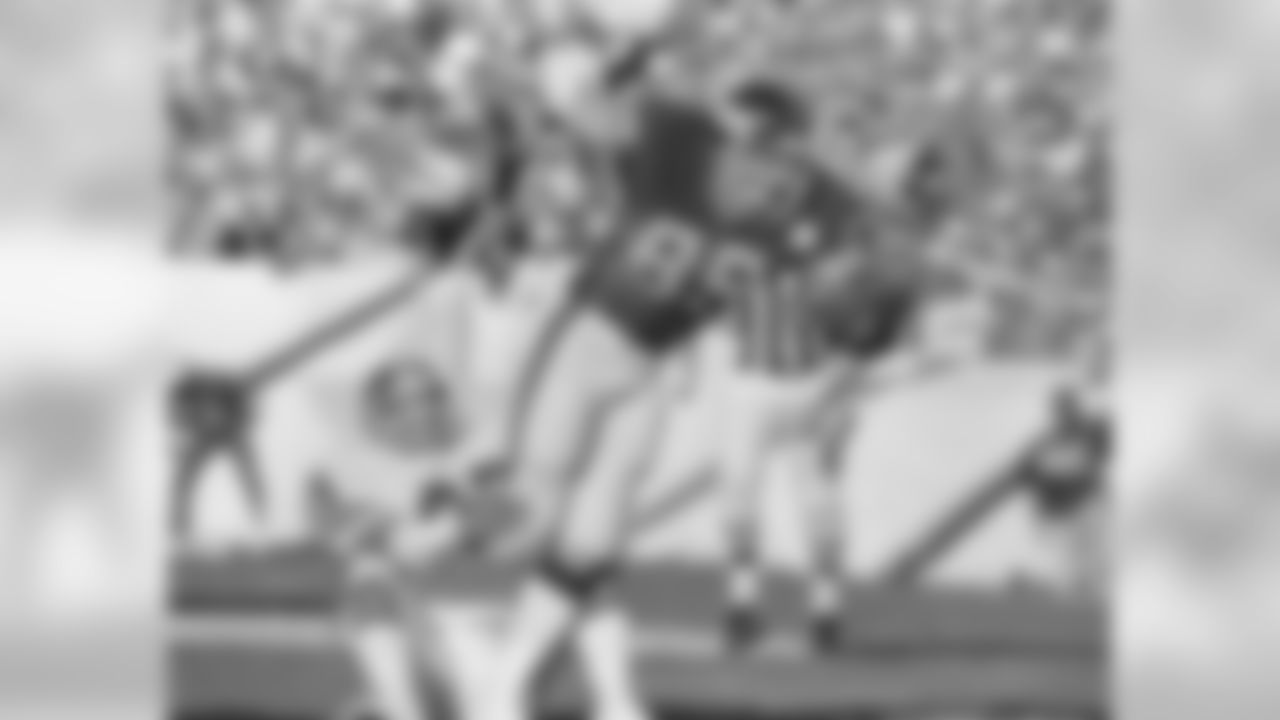
The best player selected at pick No. 100.
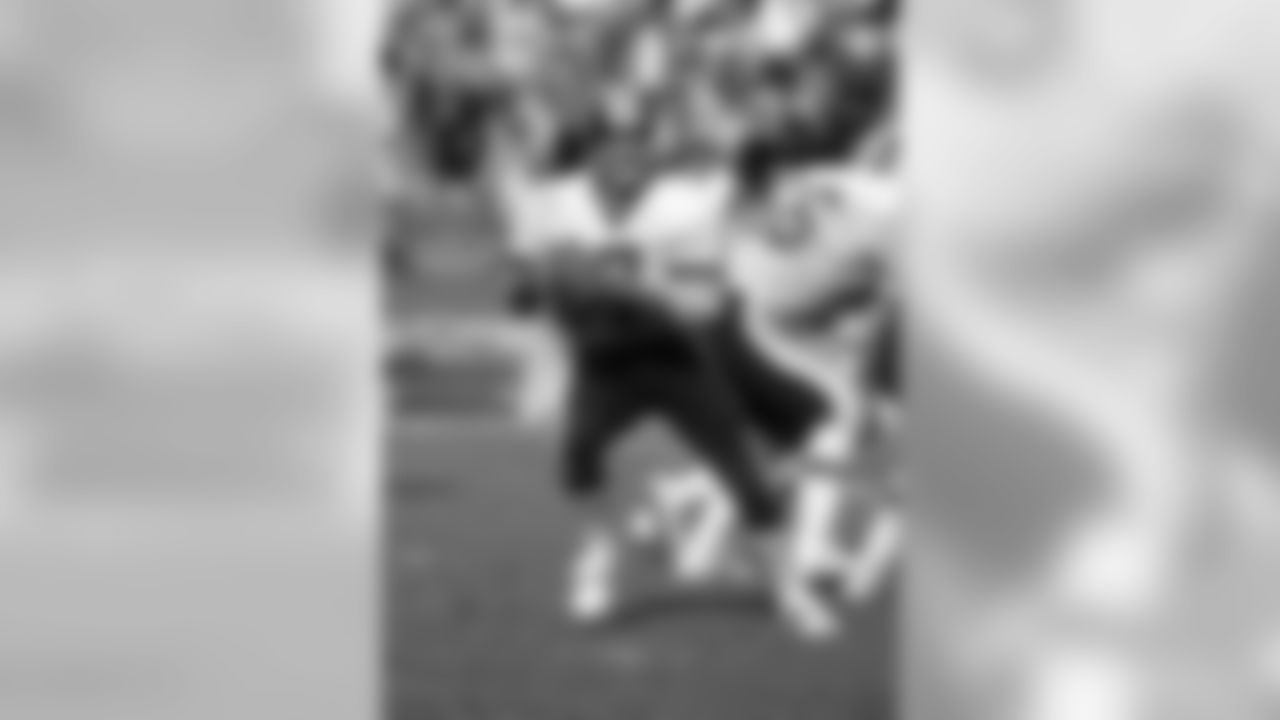
The best player selected at pick No. 99.
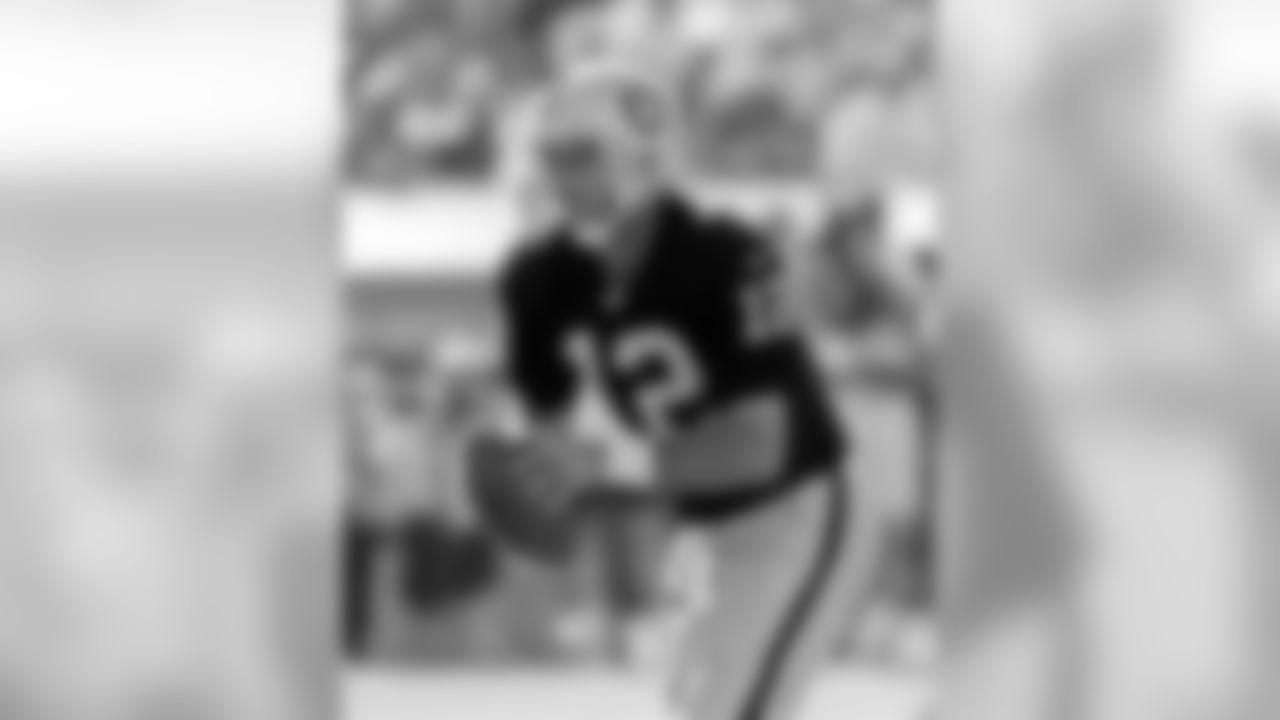
The best player selected at pick No. 98.
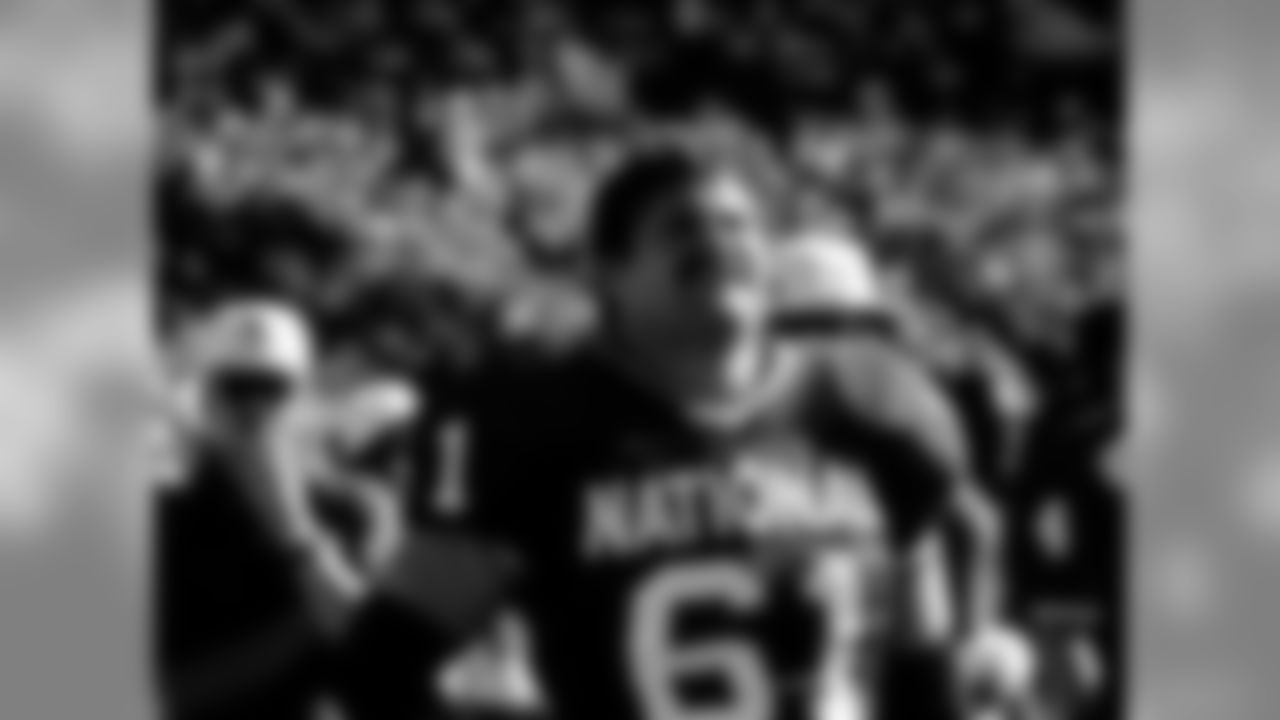
The best player selected at pick No. 97.
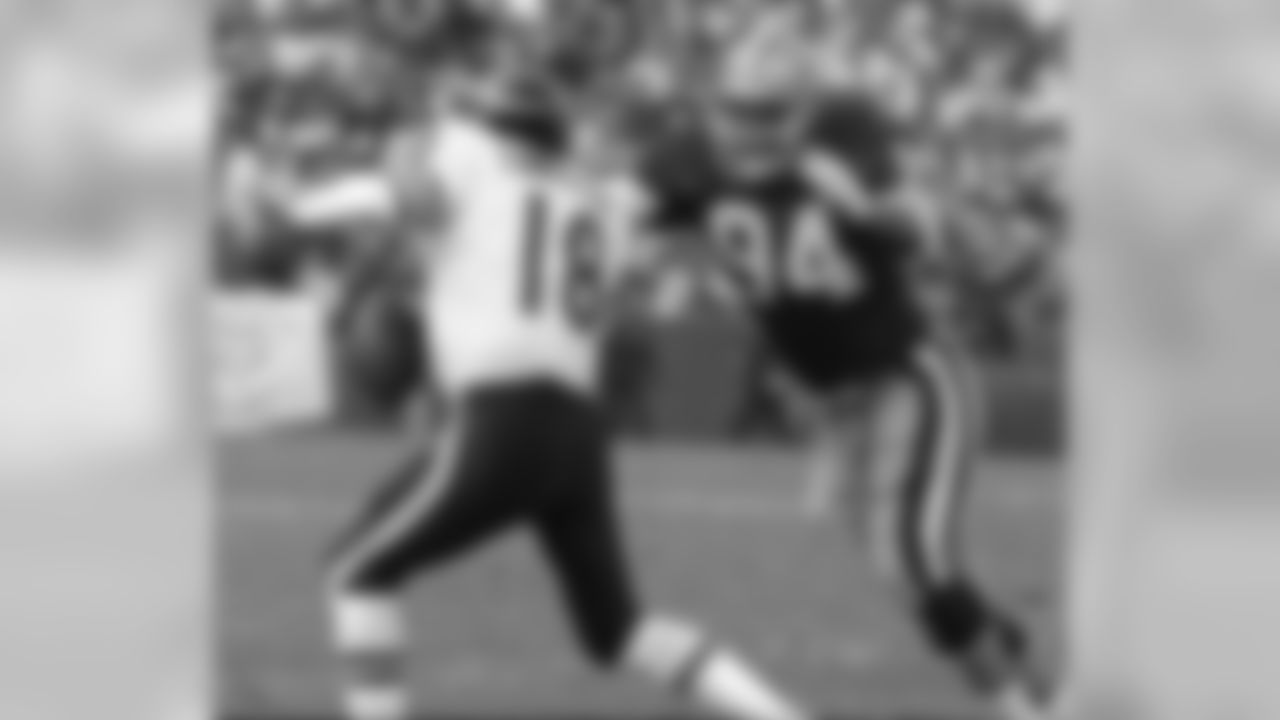
The best player selected at pick No. 96.
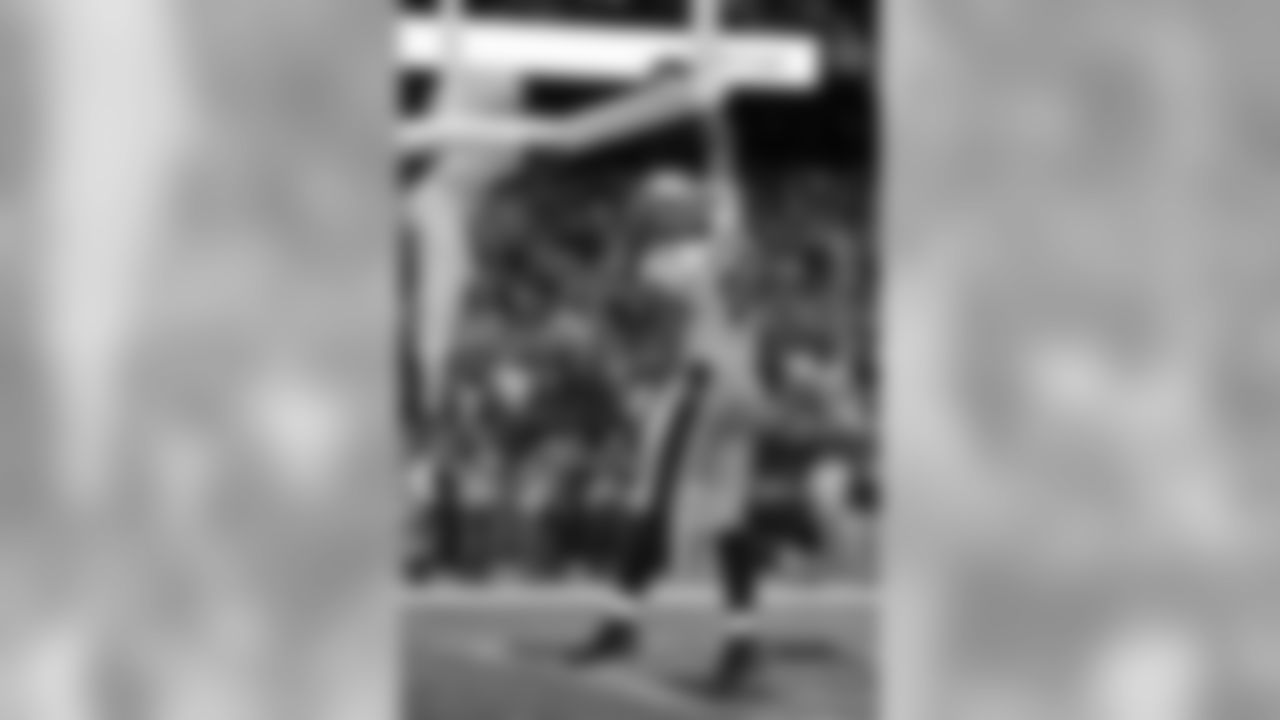
The best player selected at pick No. 95.
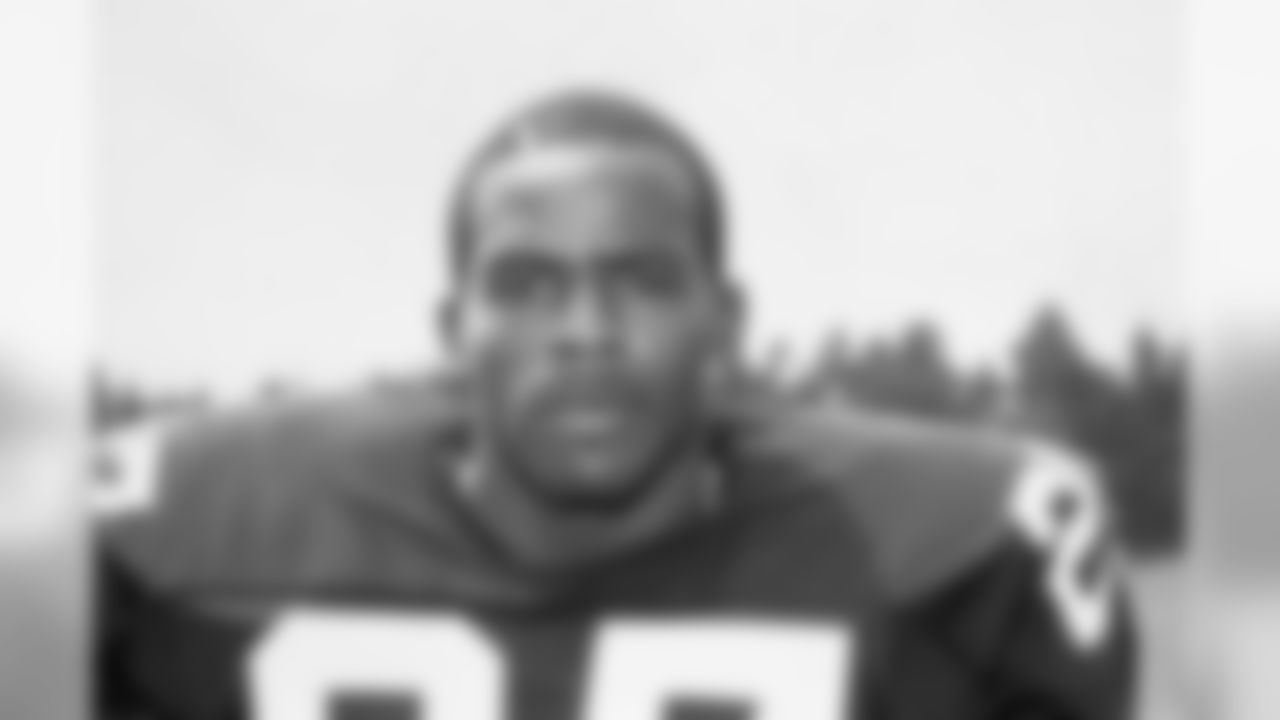
The best player selected at pick No. 94.
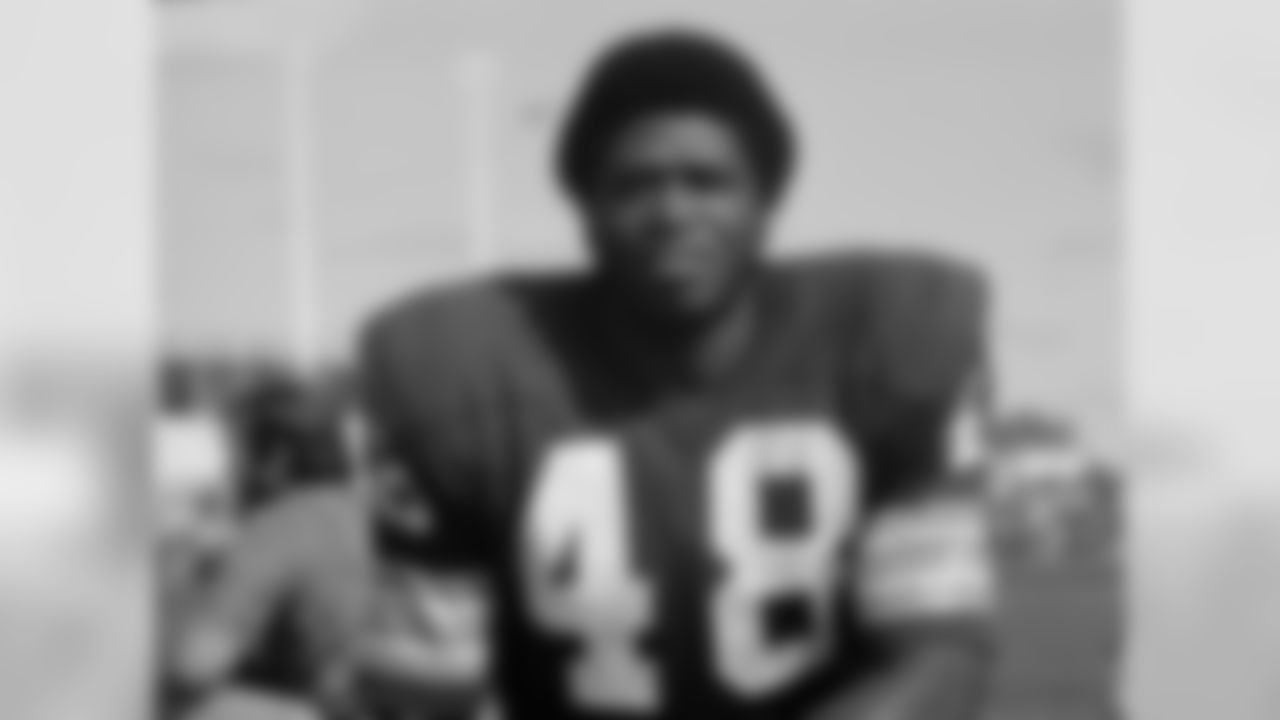
The best player selected at pick No. 93.
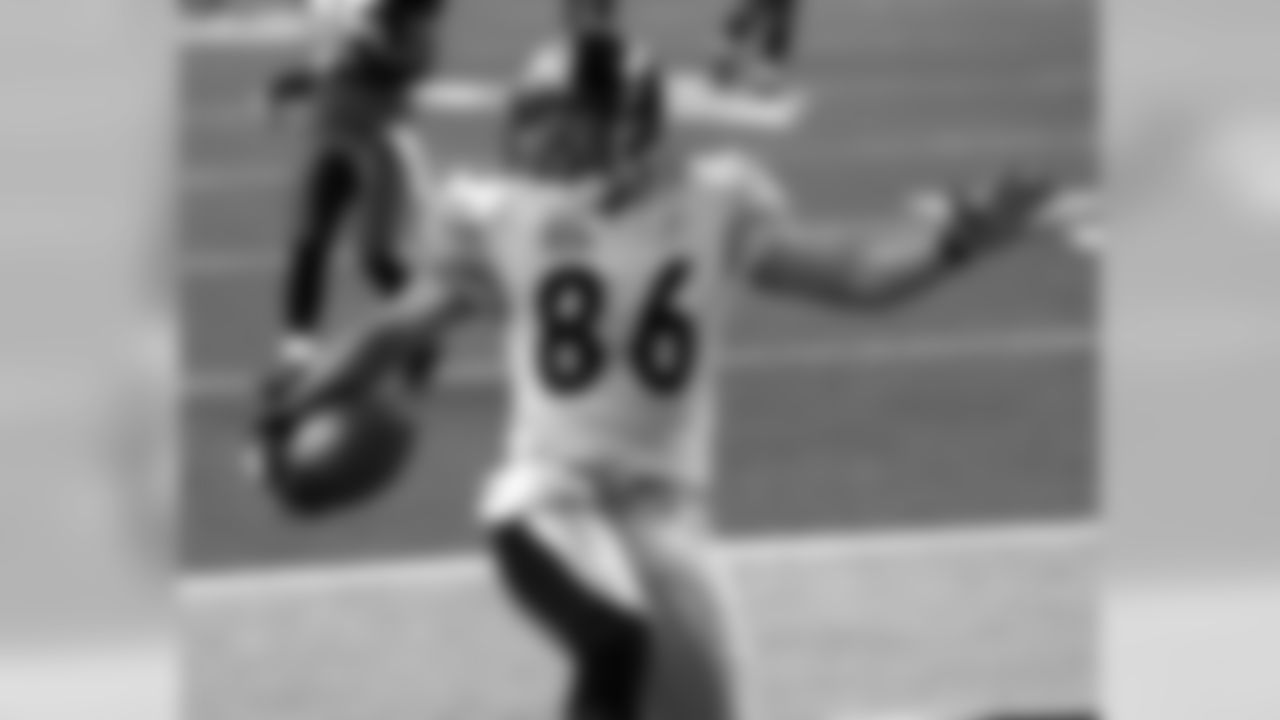
The best player selected at pick No. 92.
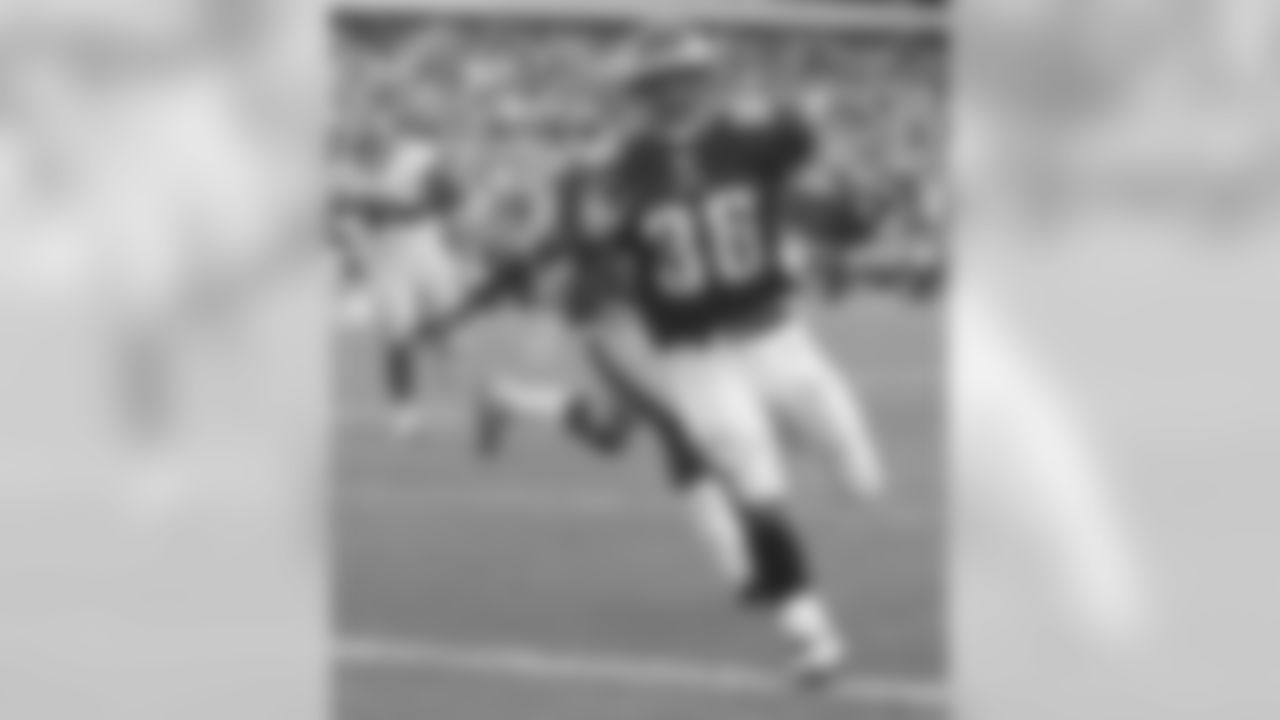
The best player selected at pick No. 91.

The best player selected at pick No. 90.

The best player selected at pick No. 89.
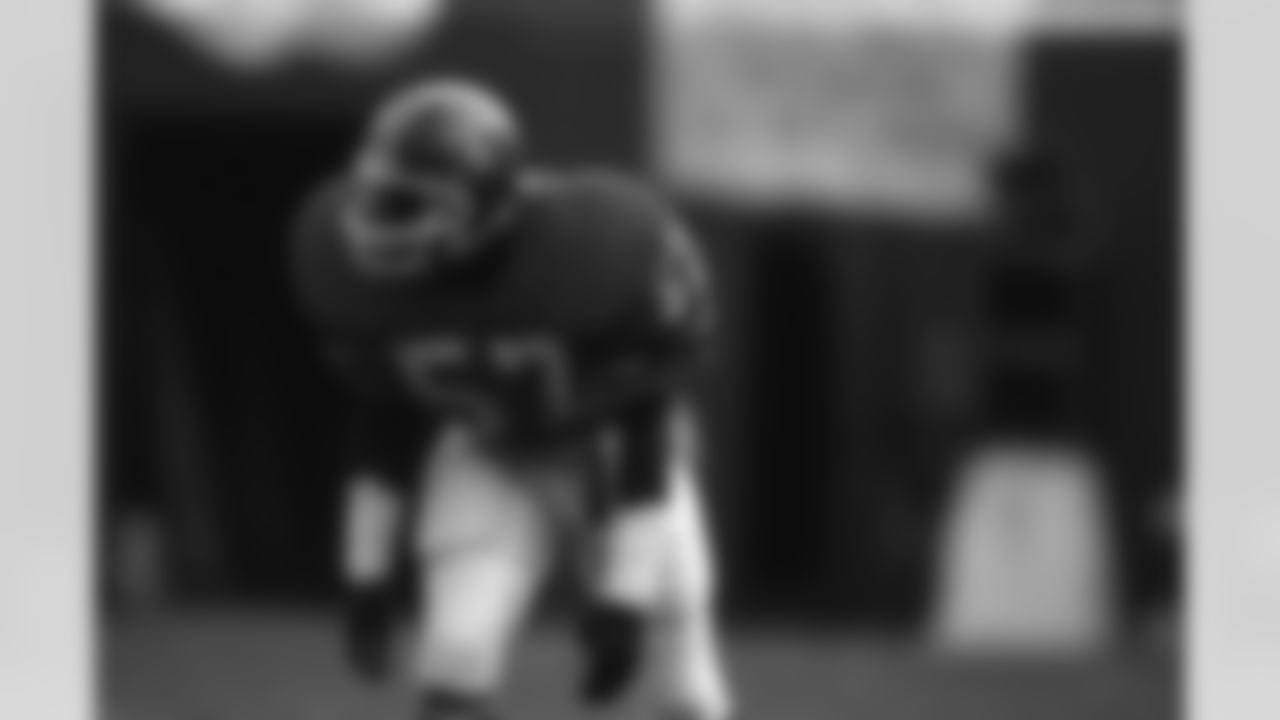
The best player selected at pick No. 88
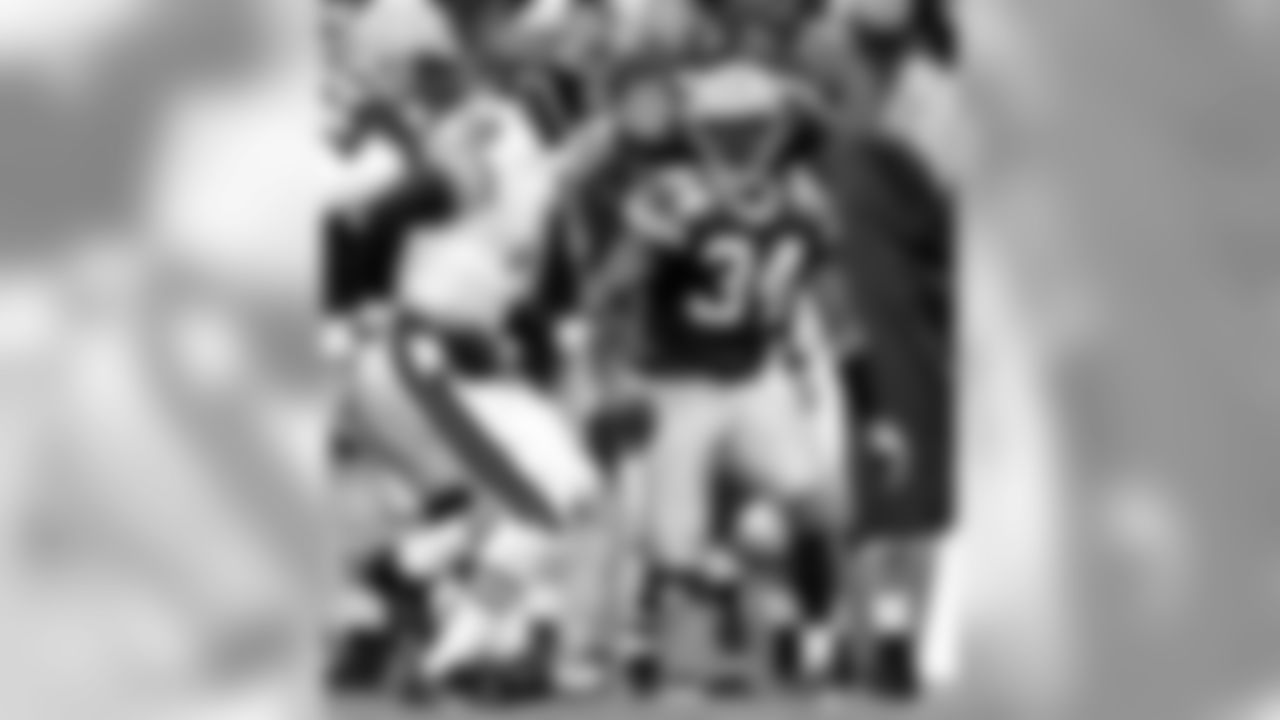
The best player selected at pick No. 87.
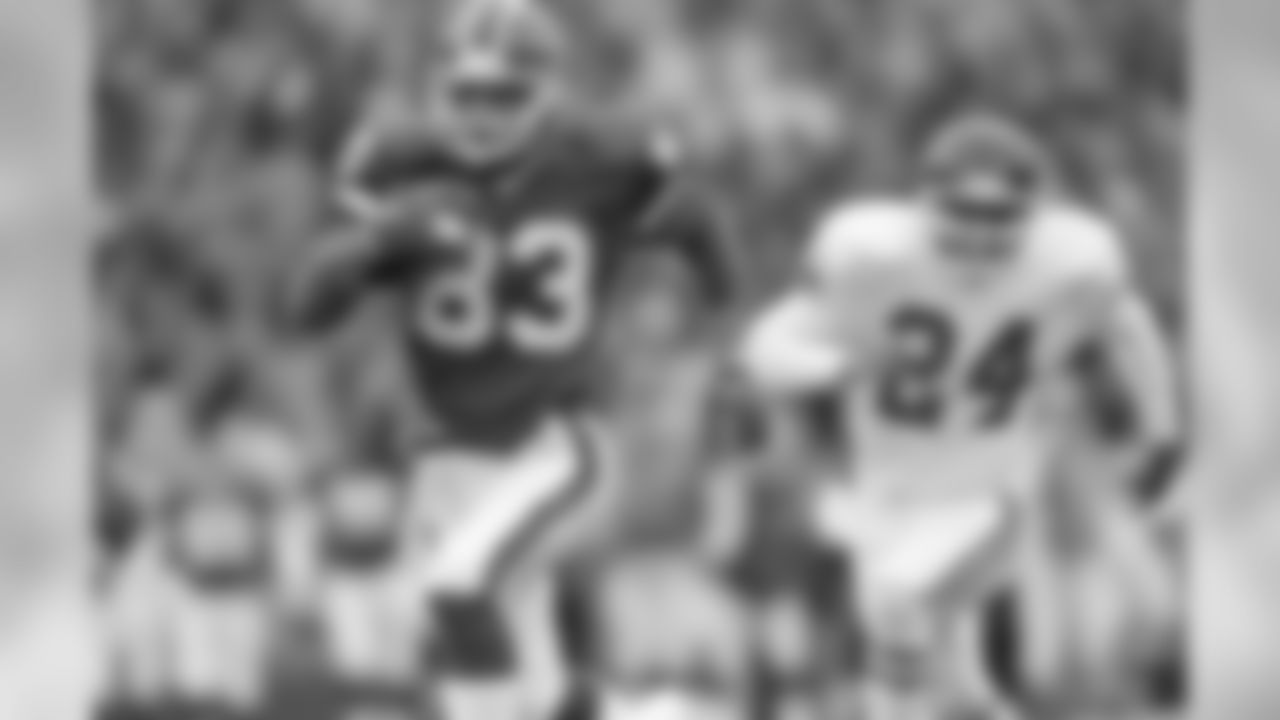
The best player selected at pick No. 86.
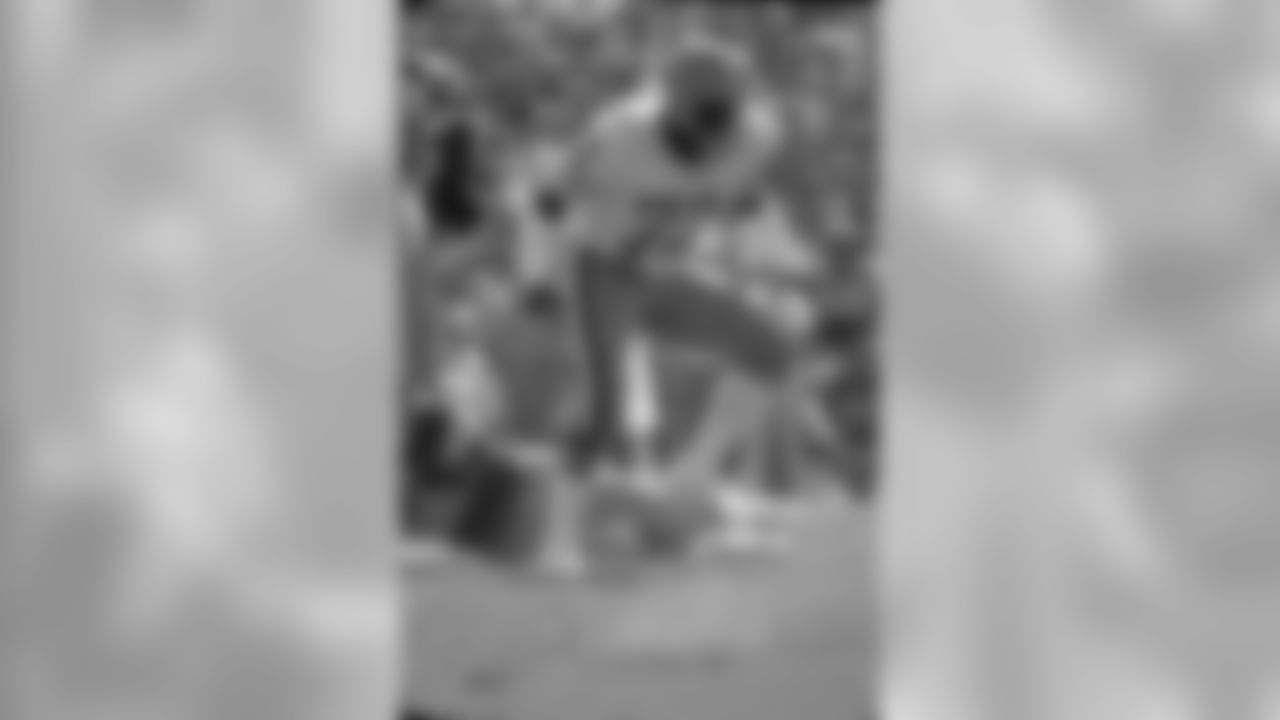
The best player selected at pick No. 85.

The best player selected at pick No. 84.

The best player selected at pick No. 83.
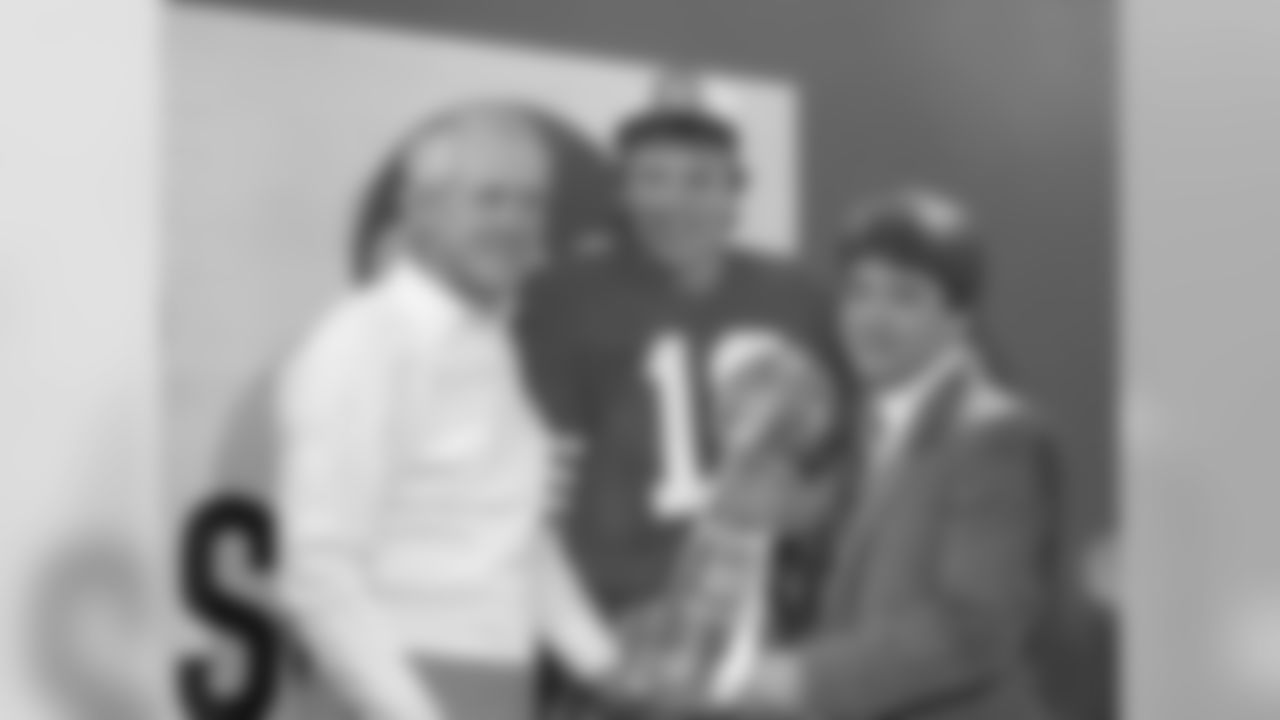
The best player slected at pick No. 82.
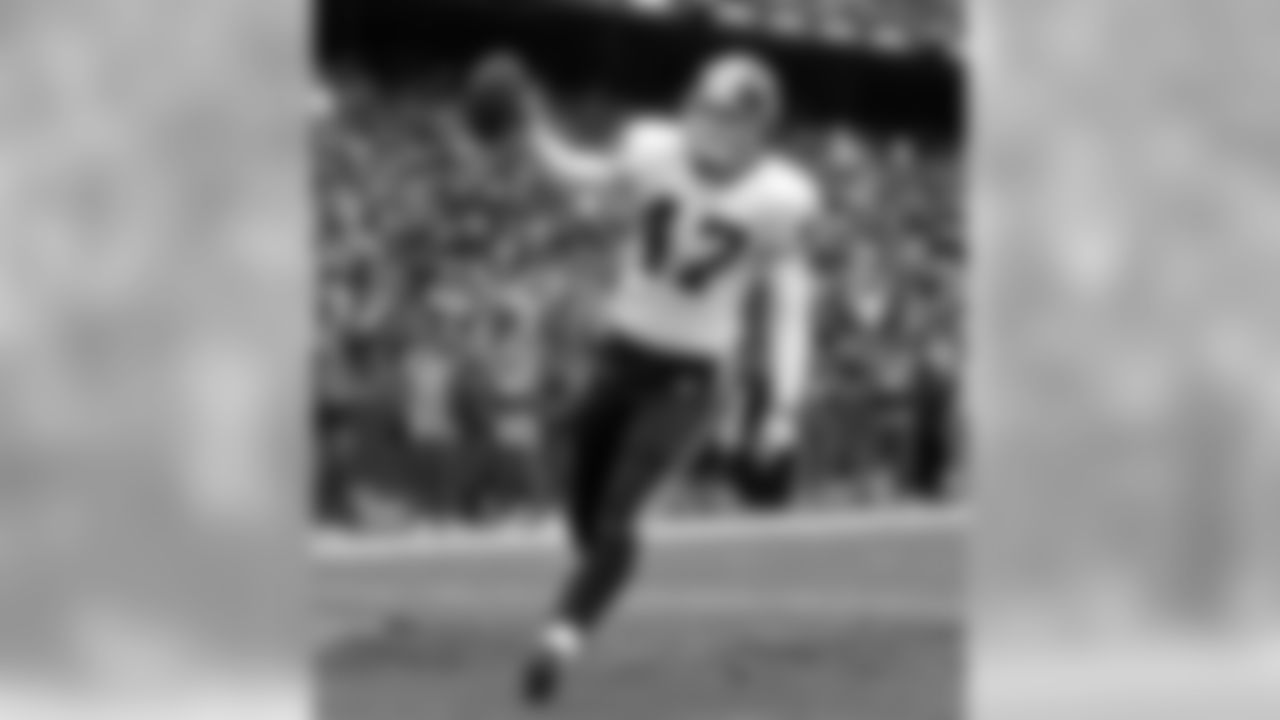
The Best player selected at pick No. 81.
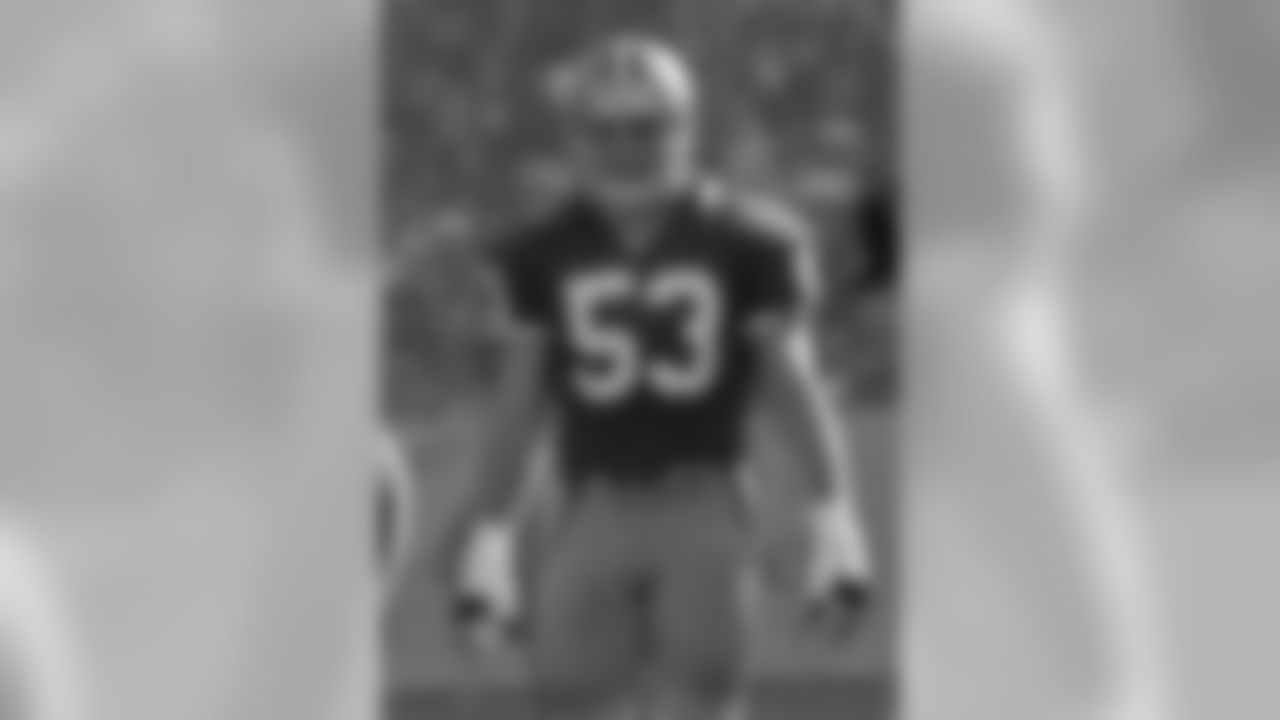
The best player selected at pick No. 80.

The best player selected at pick No. 79.
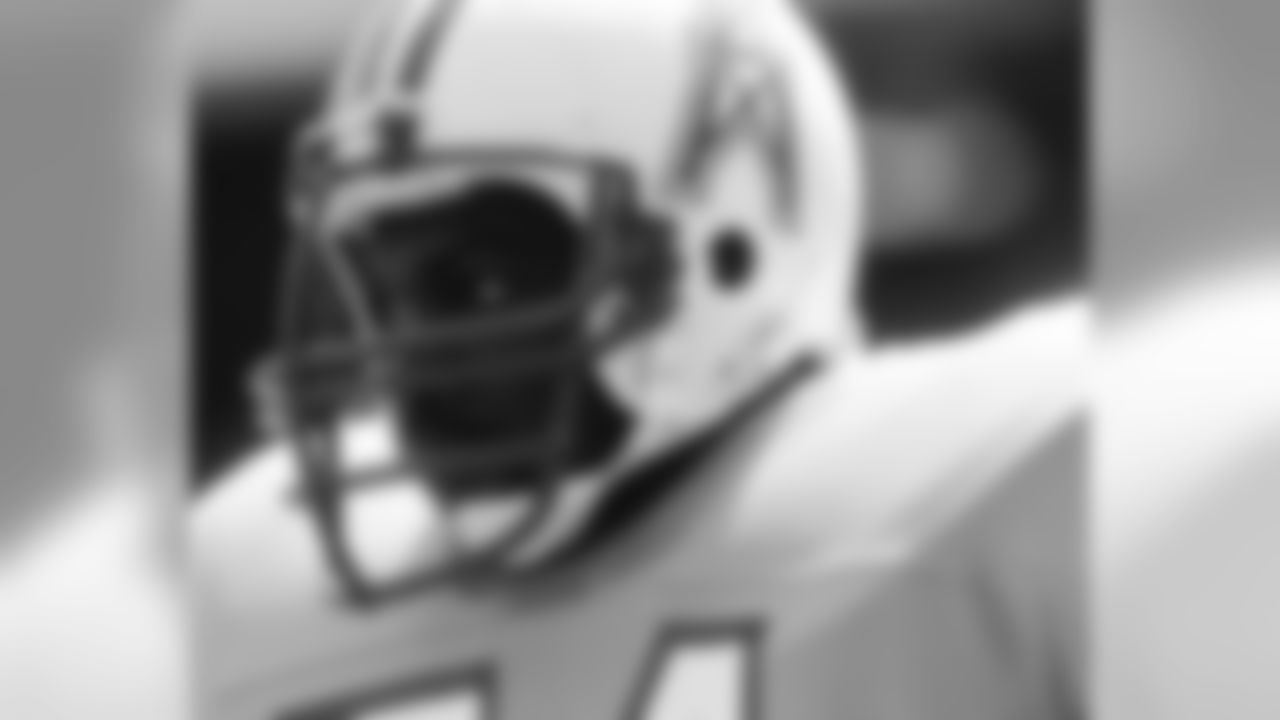
The best player selected at pick No. 78.
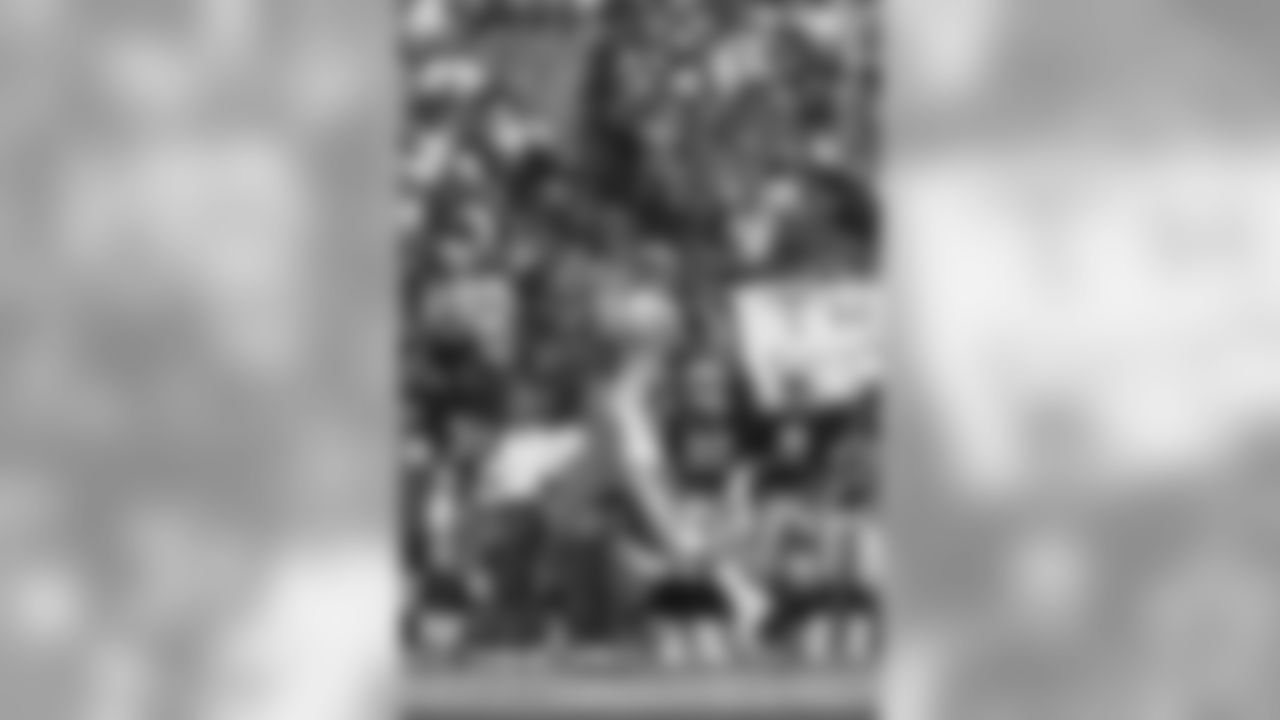
The best player selected at pick No. 77.
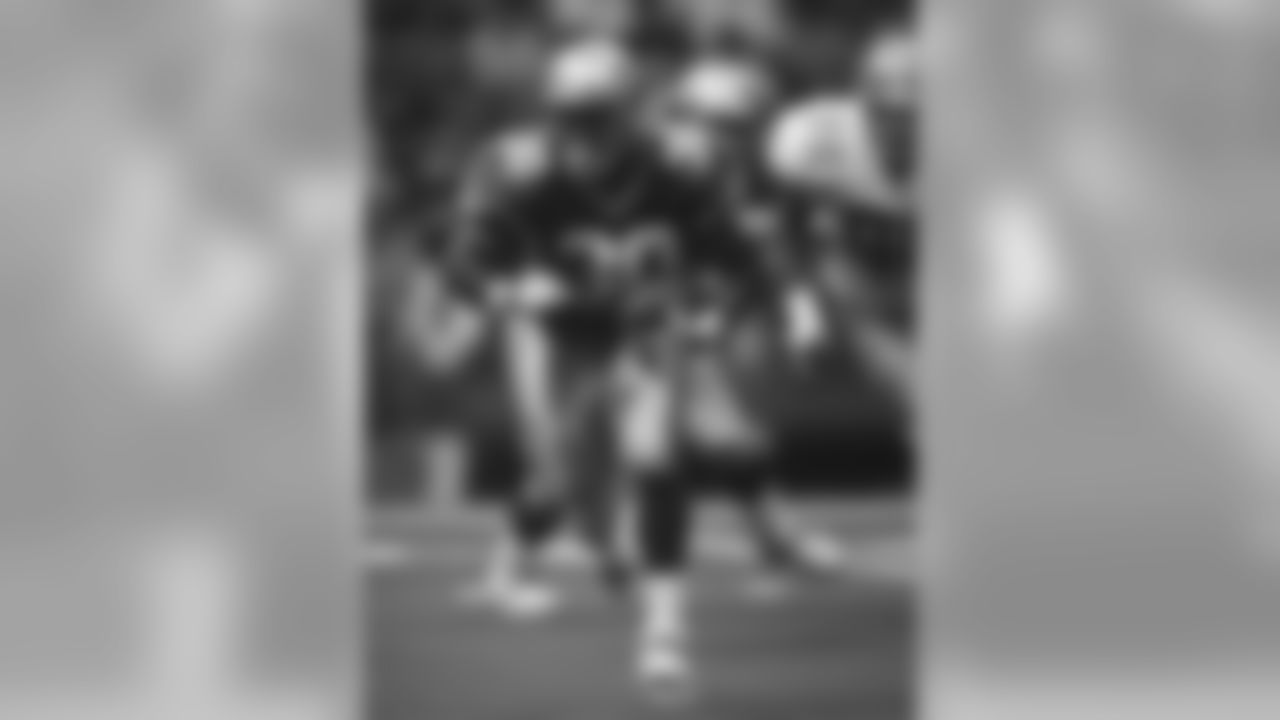
The best player selected at pick No. 76.
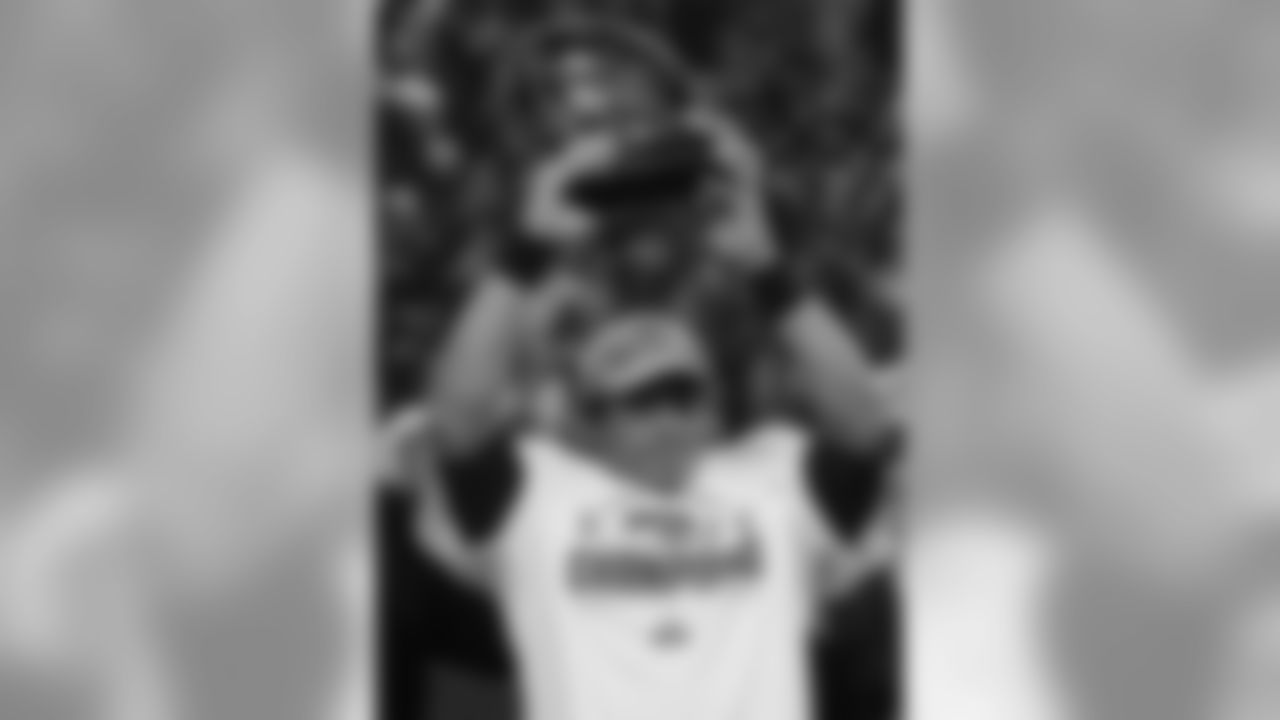
The best player selected at pick No. 75.
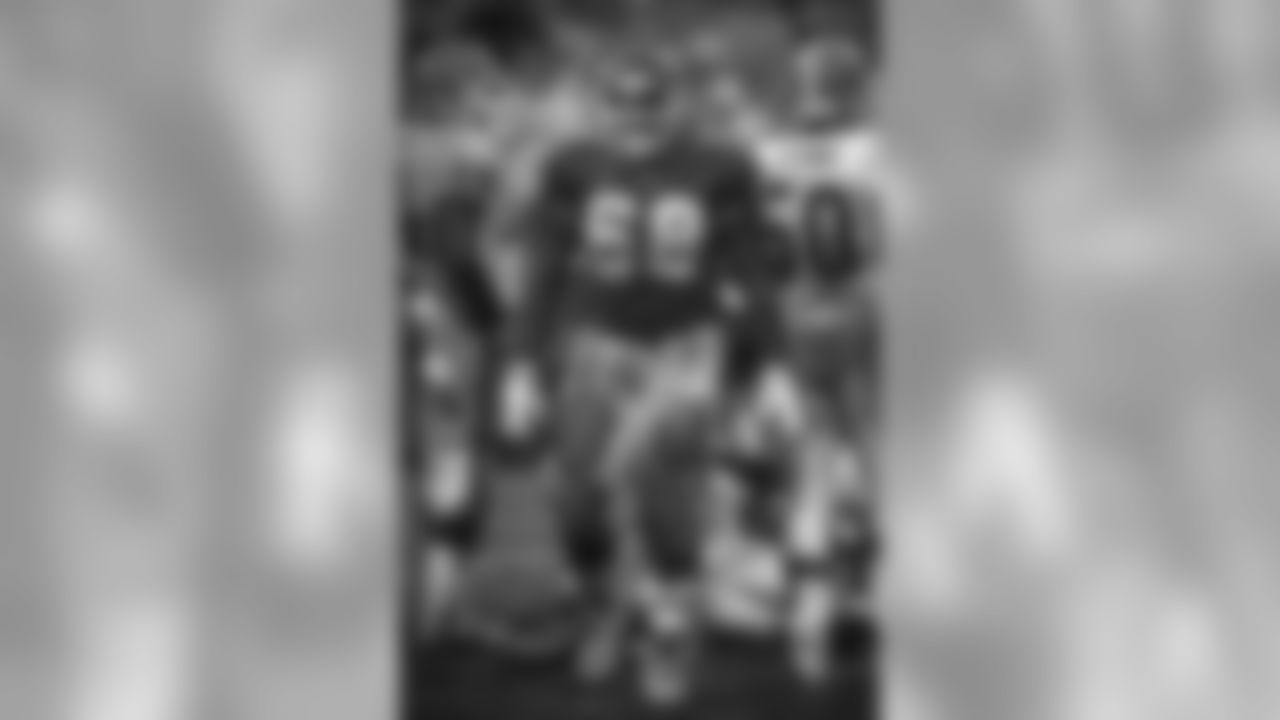
The best player selected at pick No. 74.
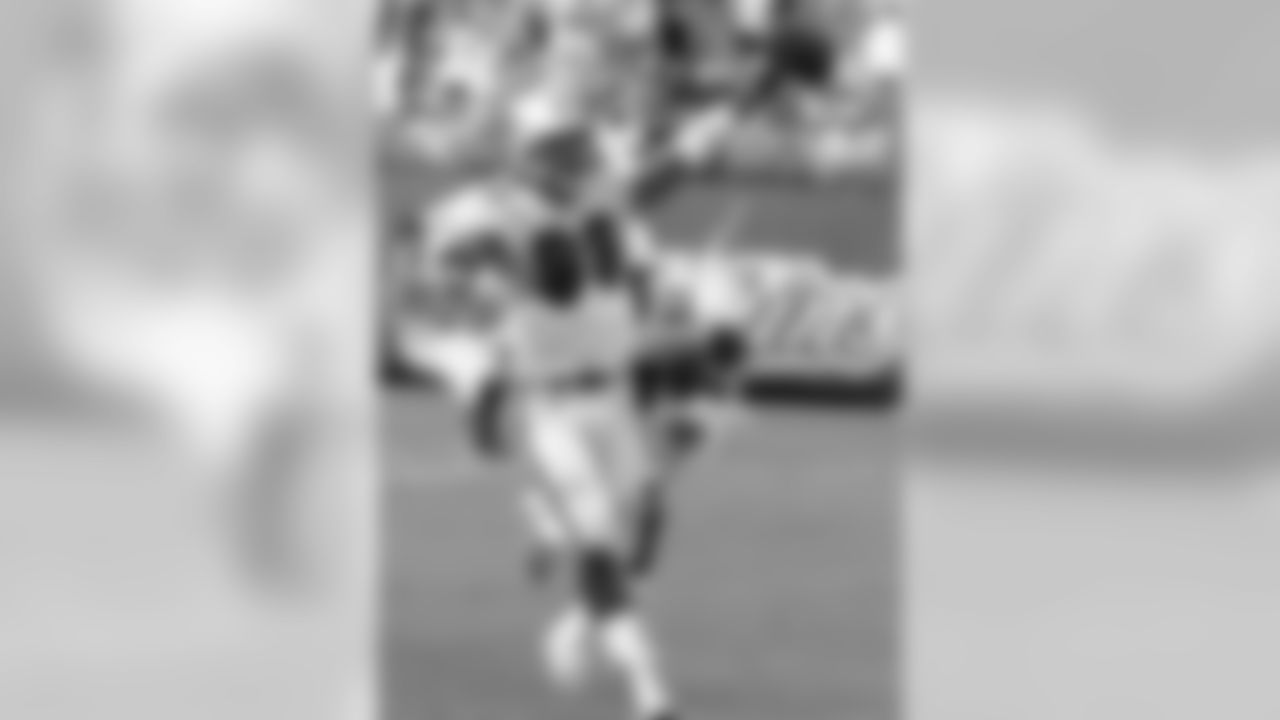
The best player slected at pick No. 73.
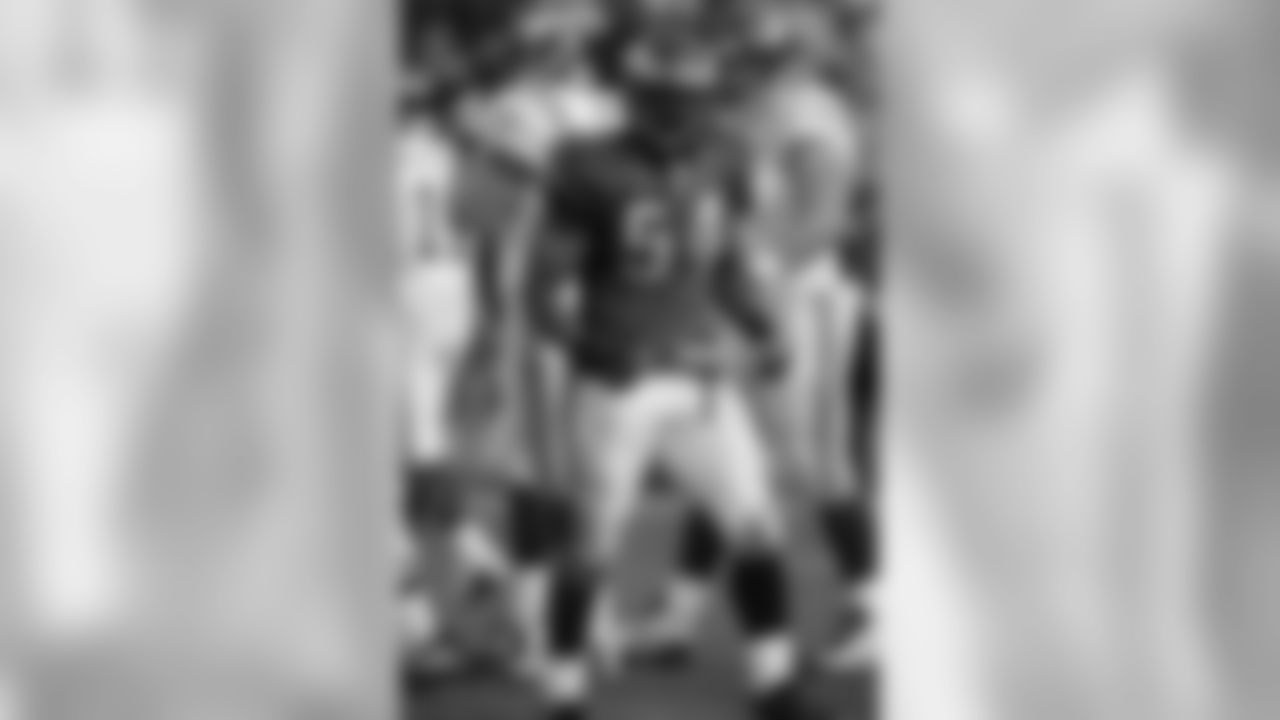
The best player selected at pick No. 72.
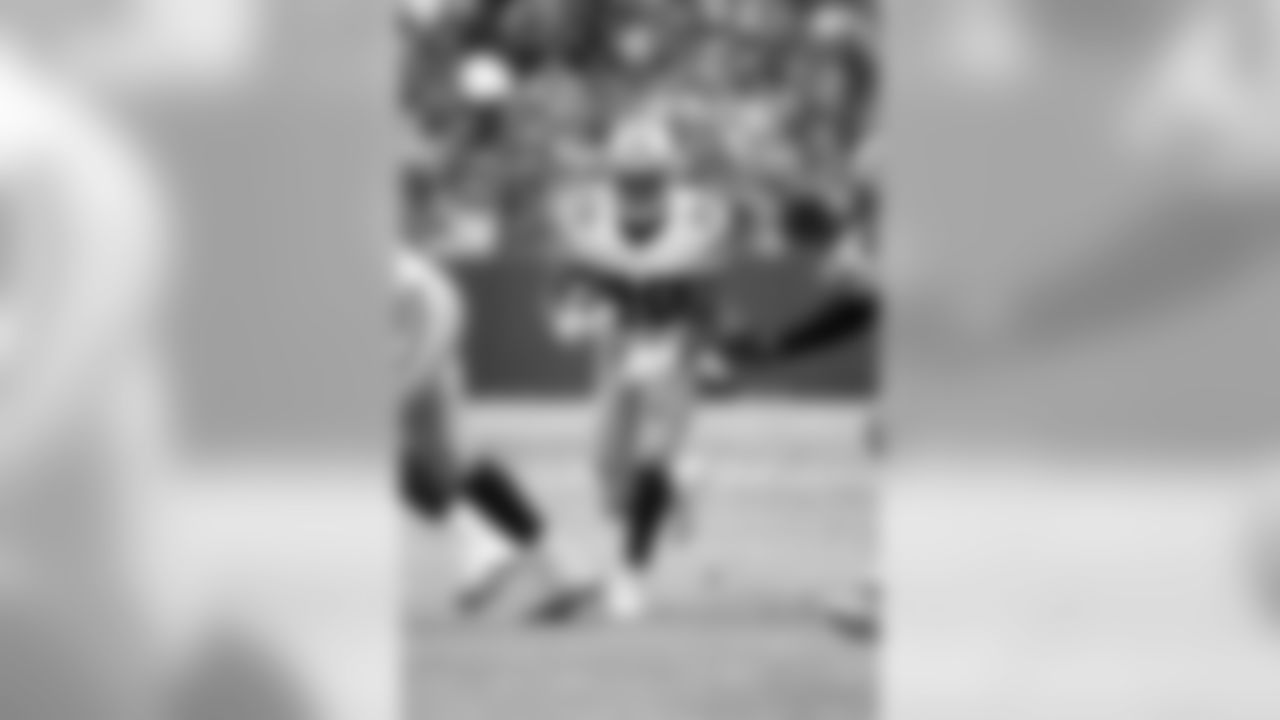
The best player selected at pick No. 71.
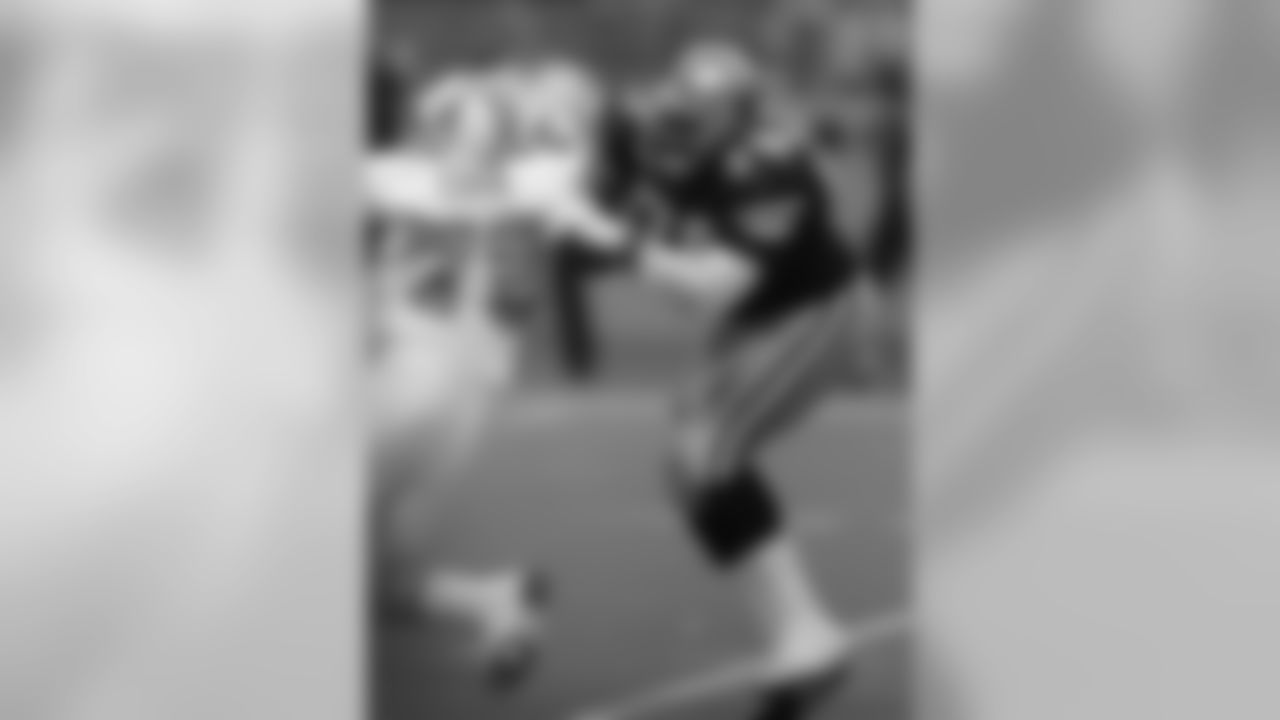
The best player selected at pick No. 70.
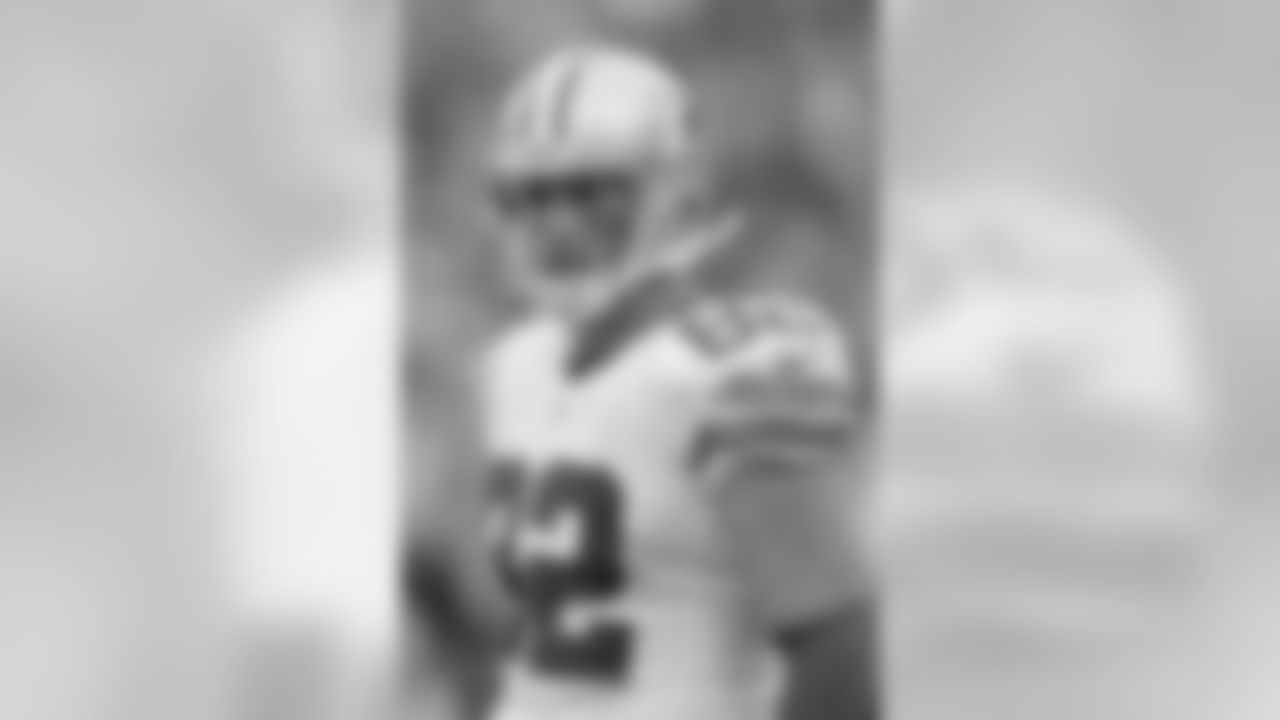
The best player selected at pick No. 69.

The best player selected at pick No. 68.
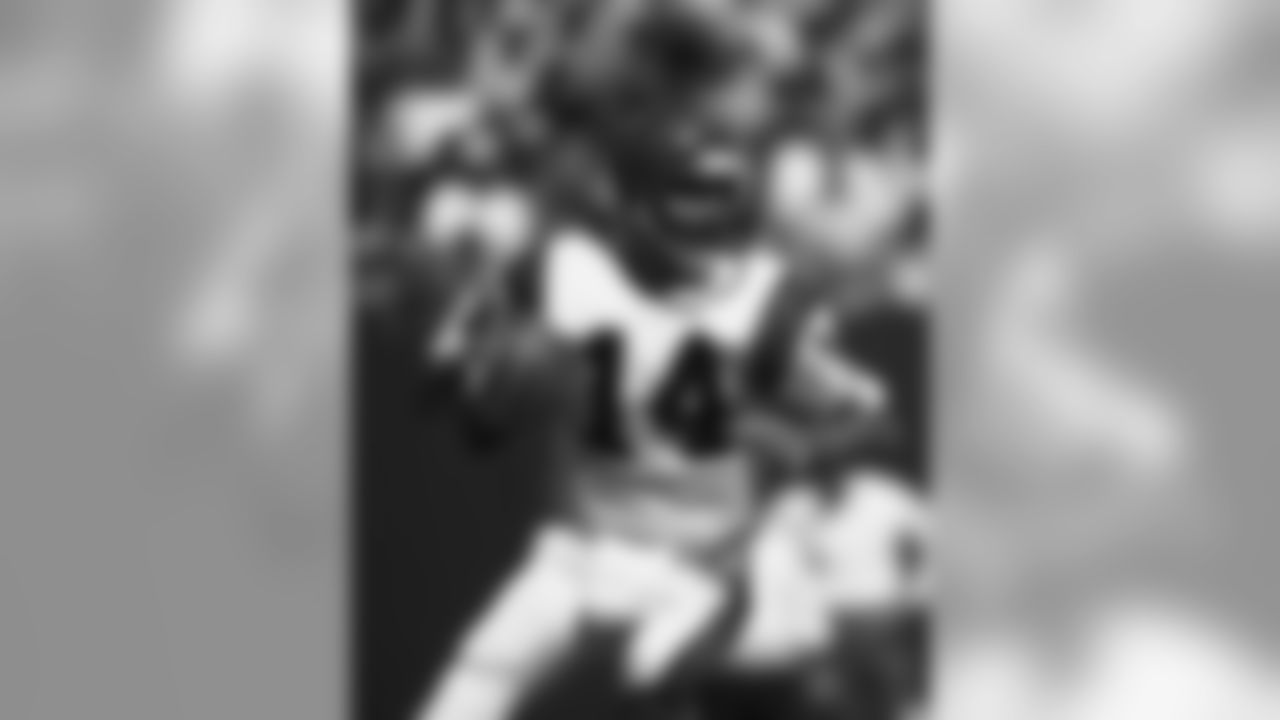
The best player selected at pick No. 67.
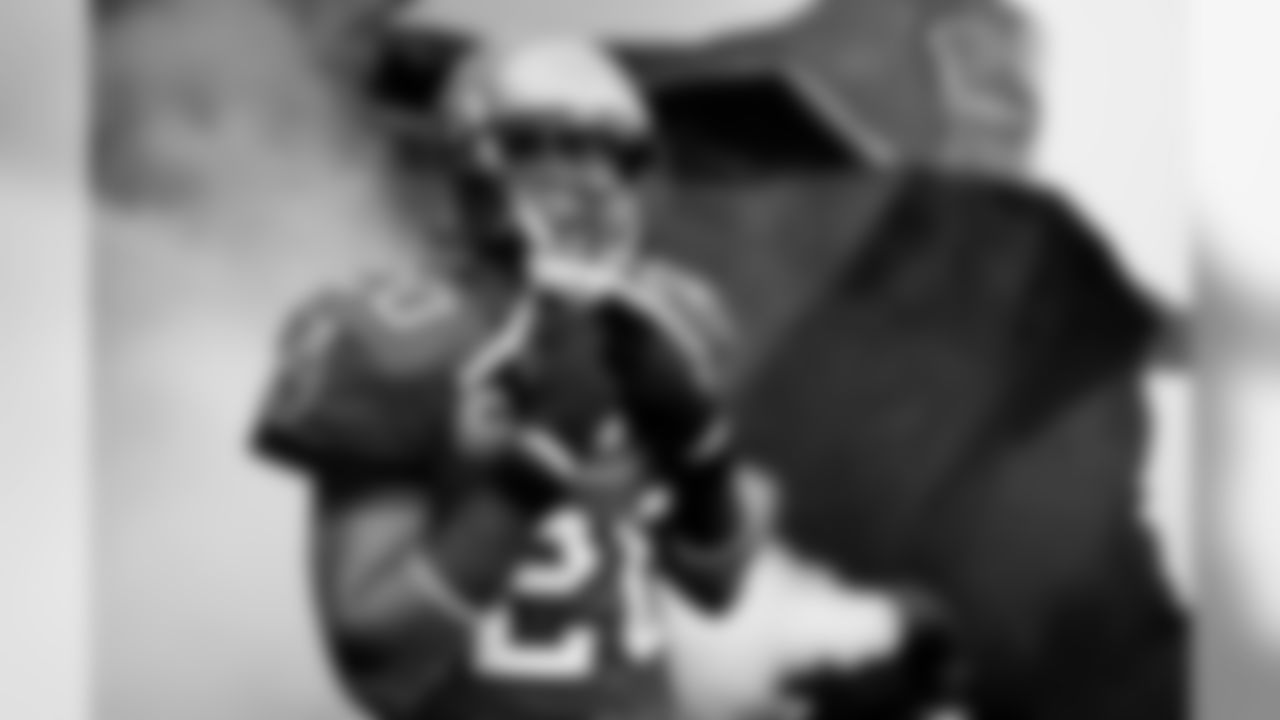
The best player selected at No. 66.
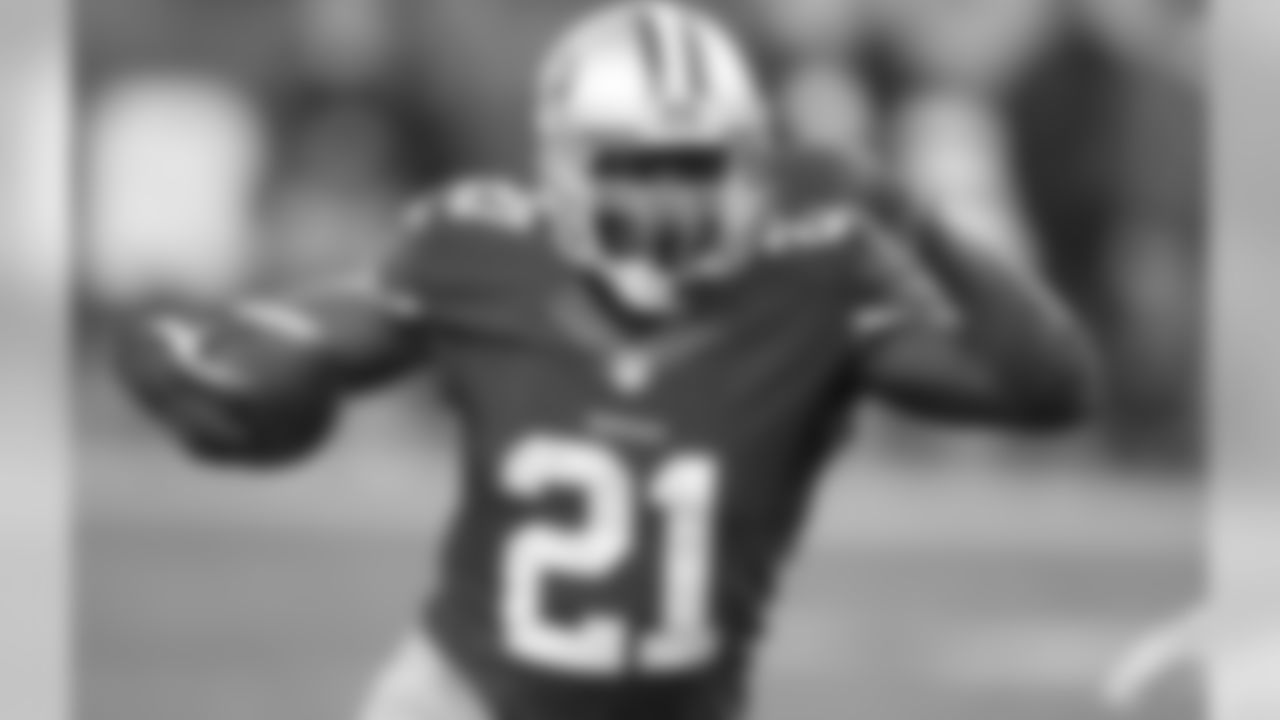
The best player selected at pick No. 65.
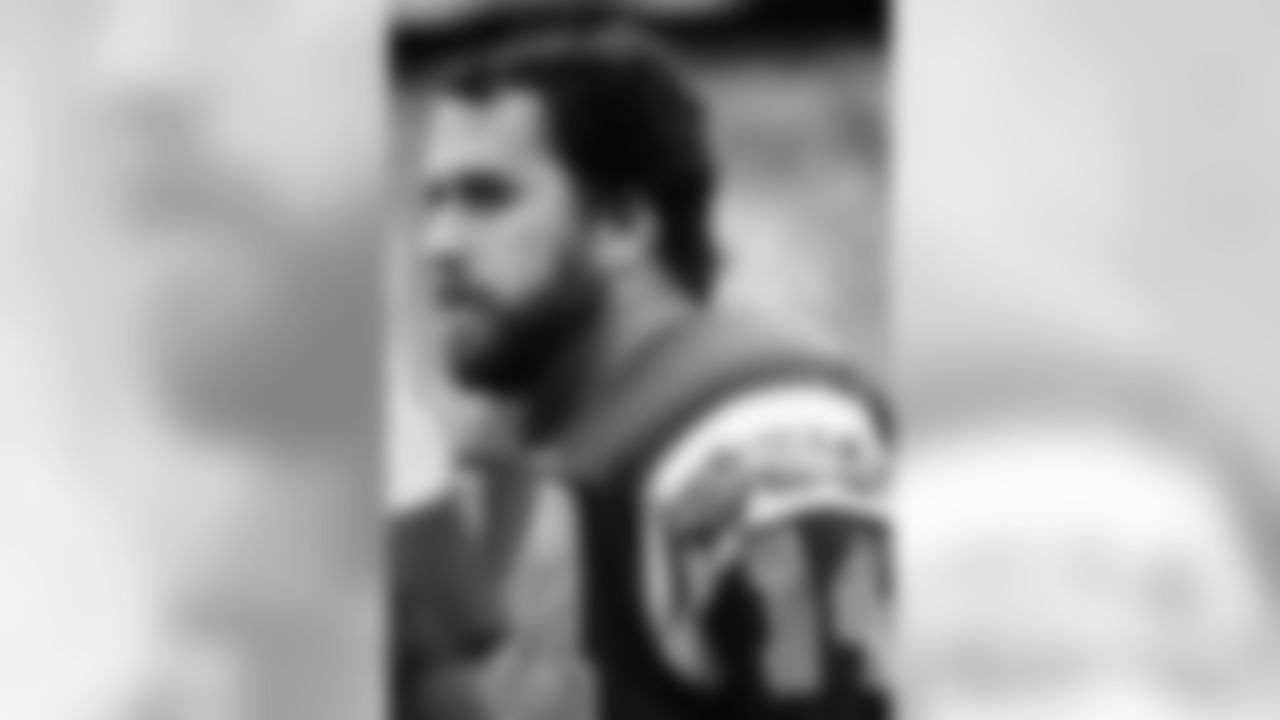
The best player selected at No. 64.
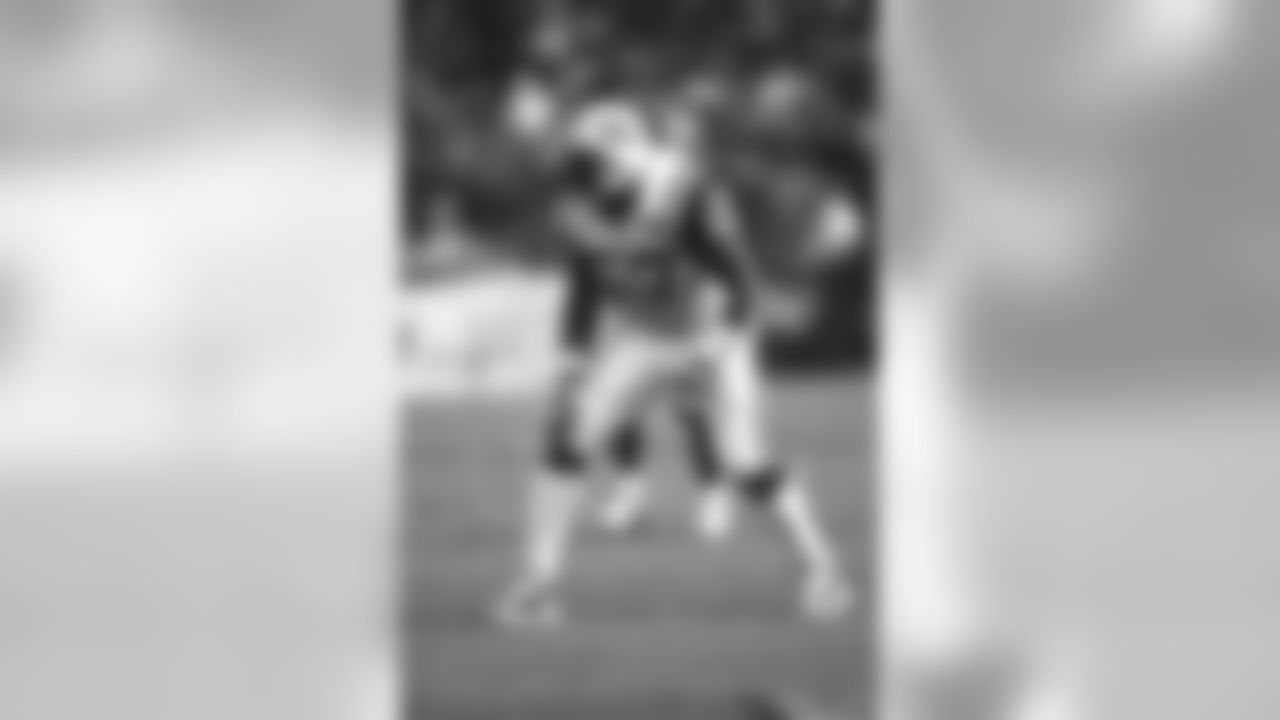
The best player selected at pick No. 63.
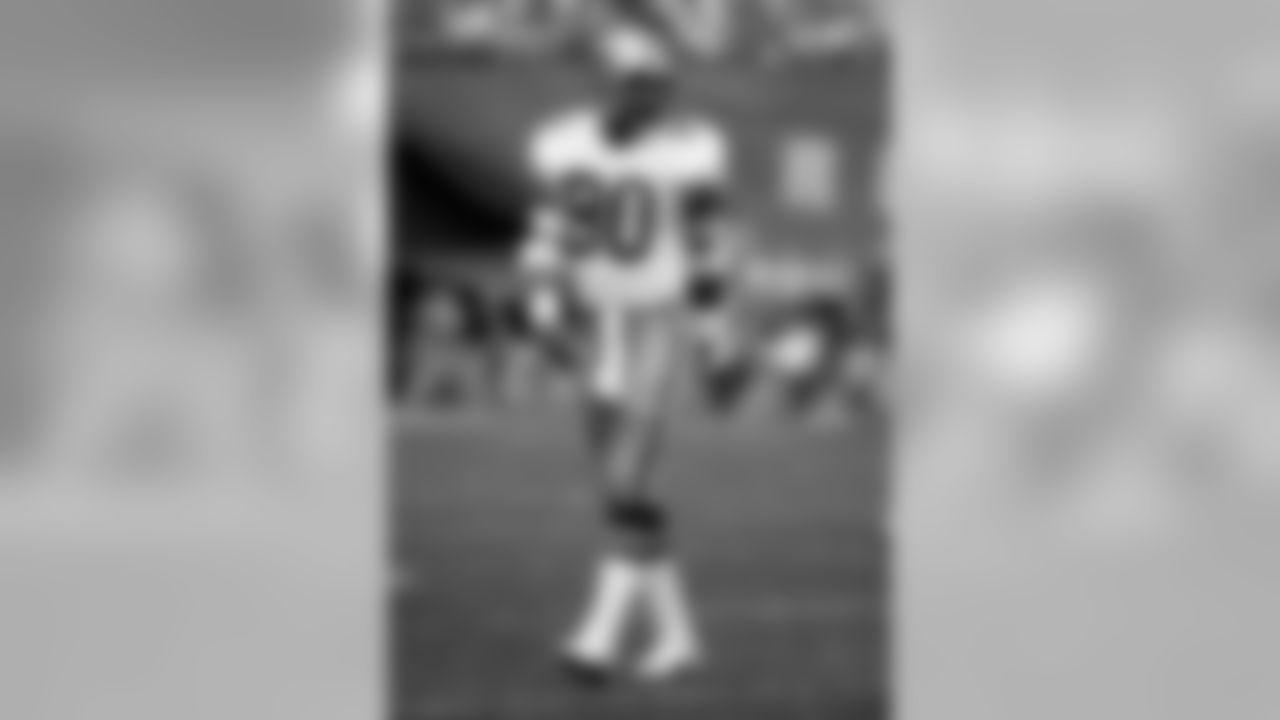
The best player selected at pick No. 62.
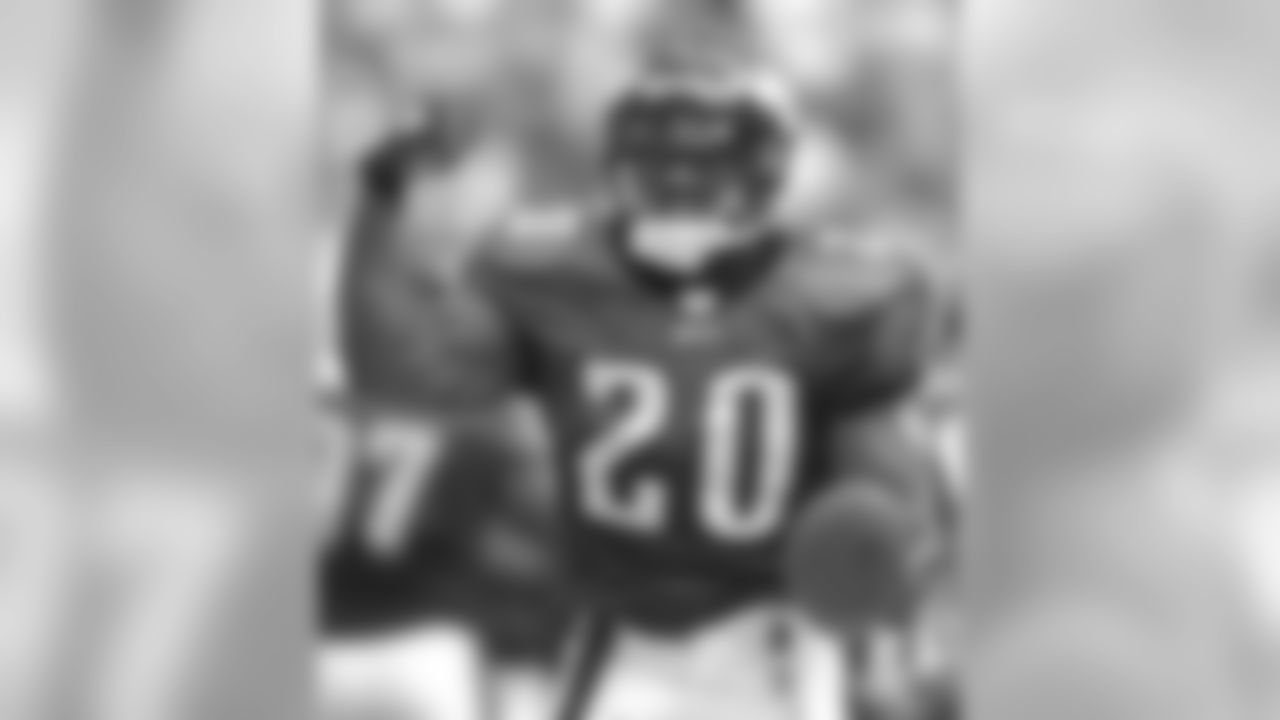
The best player selected at pick No. 61.
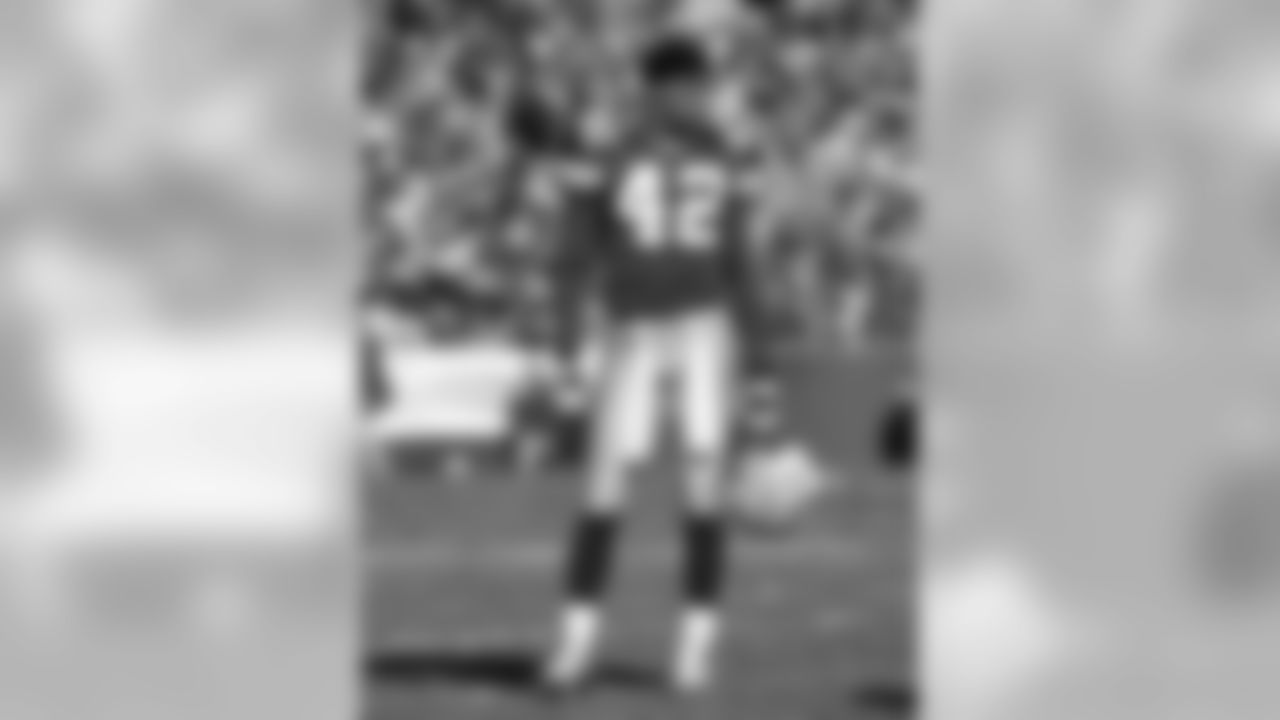
The best player selected at pick No. 60.
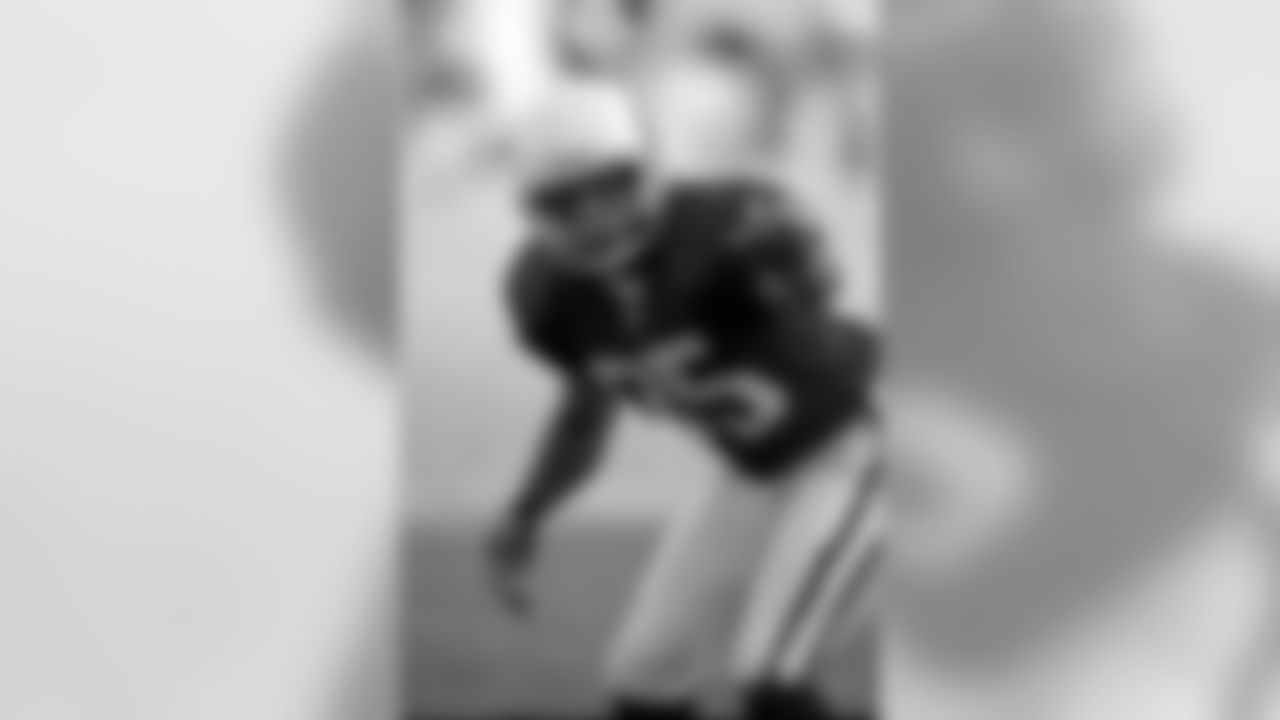
The best player selected at pick No. 59.
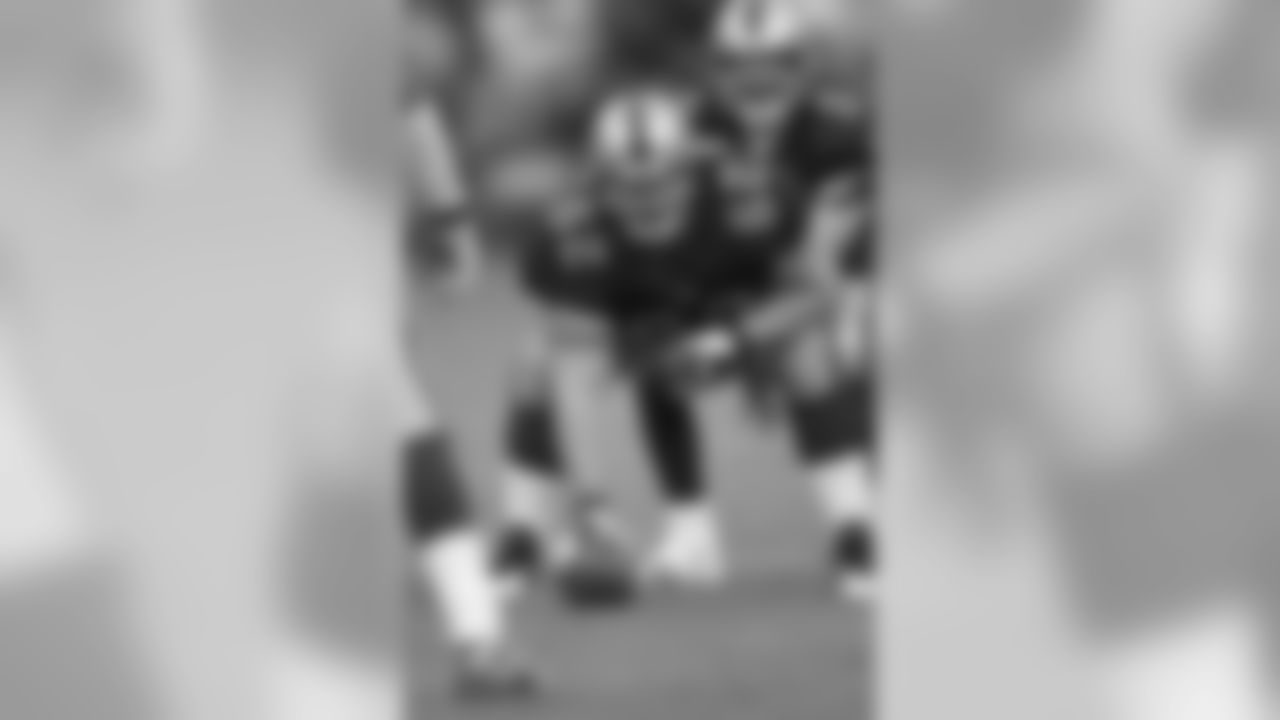
The best player selected at pick No. 58.
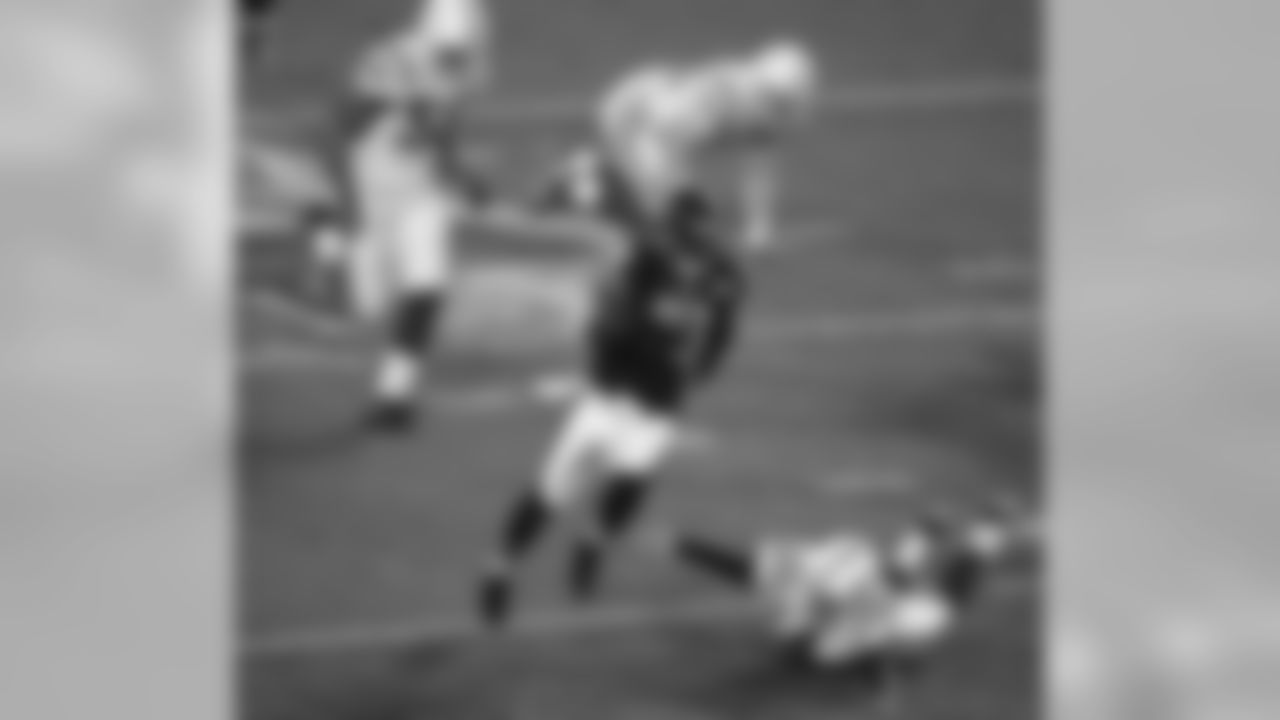
The best player selected at pick No. 57.
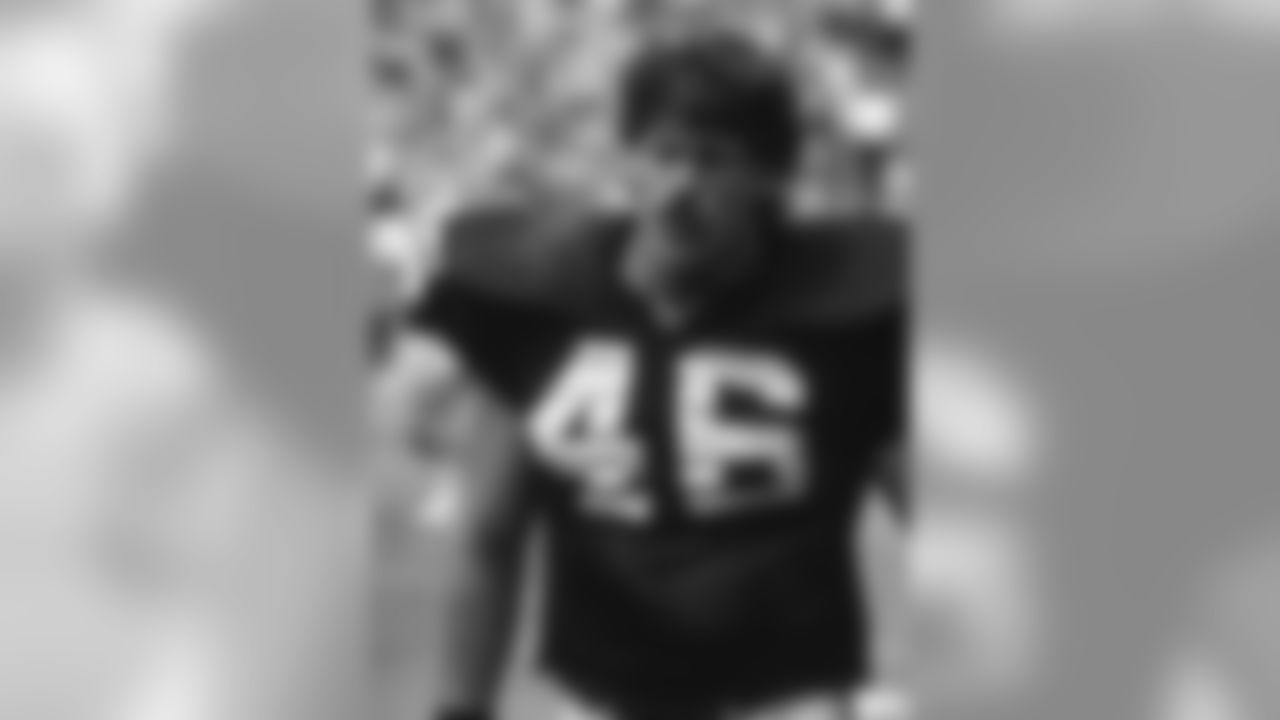
The best player selected at pick No. 56.
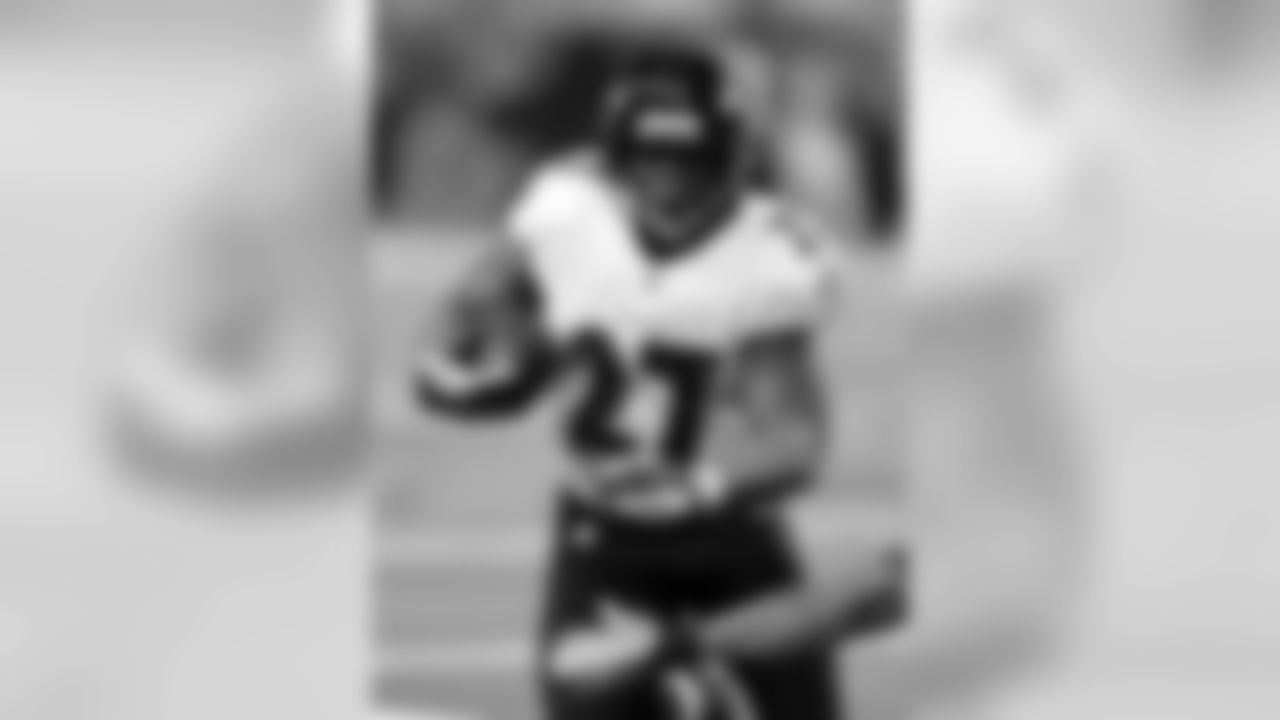
The best player selected at pick No. 55.
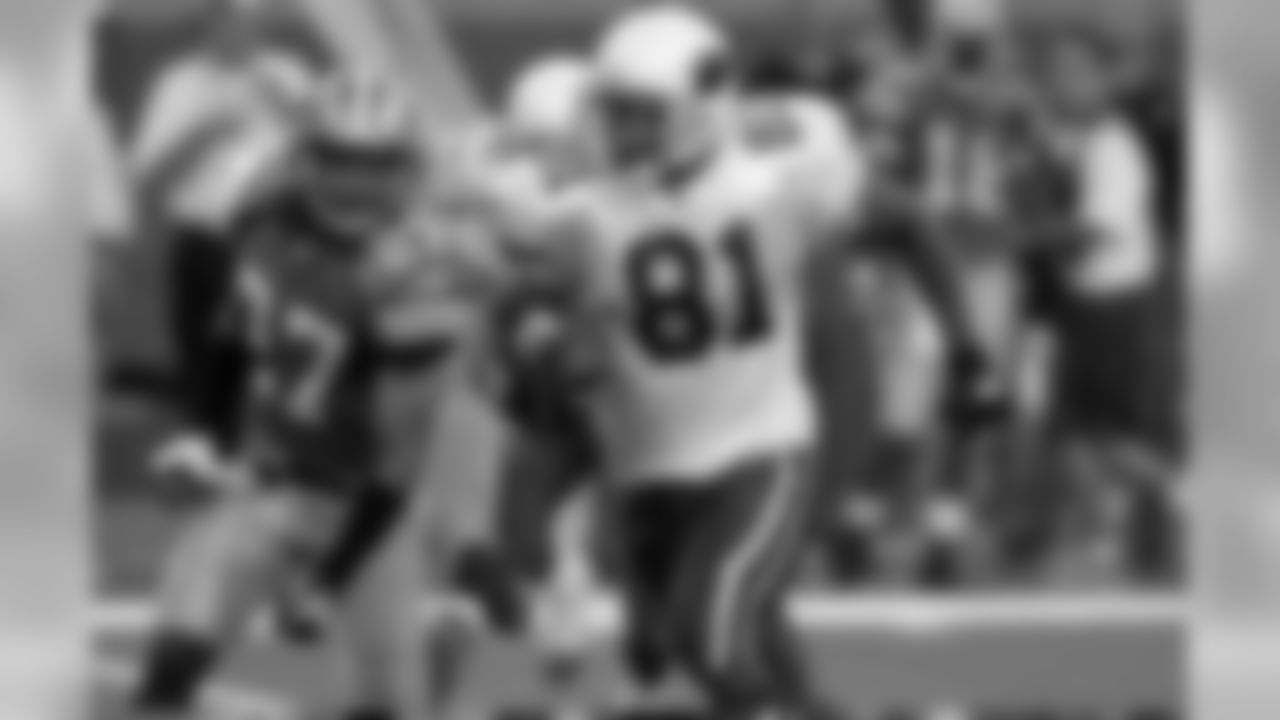
The best player selected at pick No. 54.
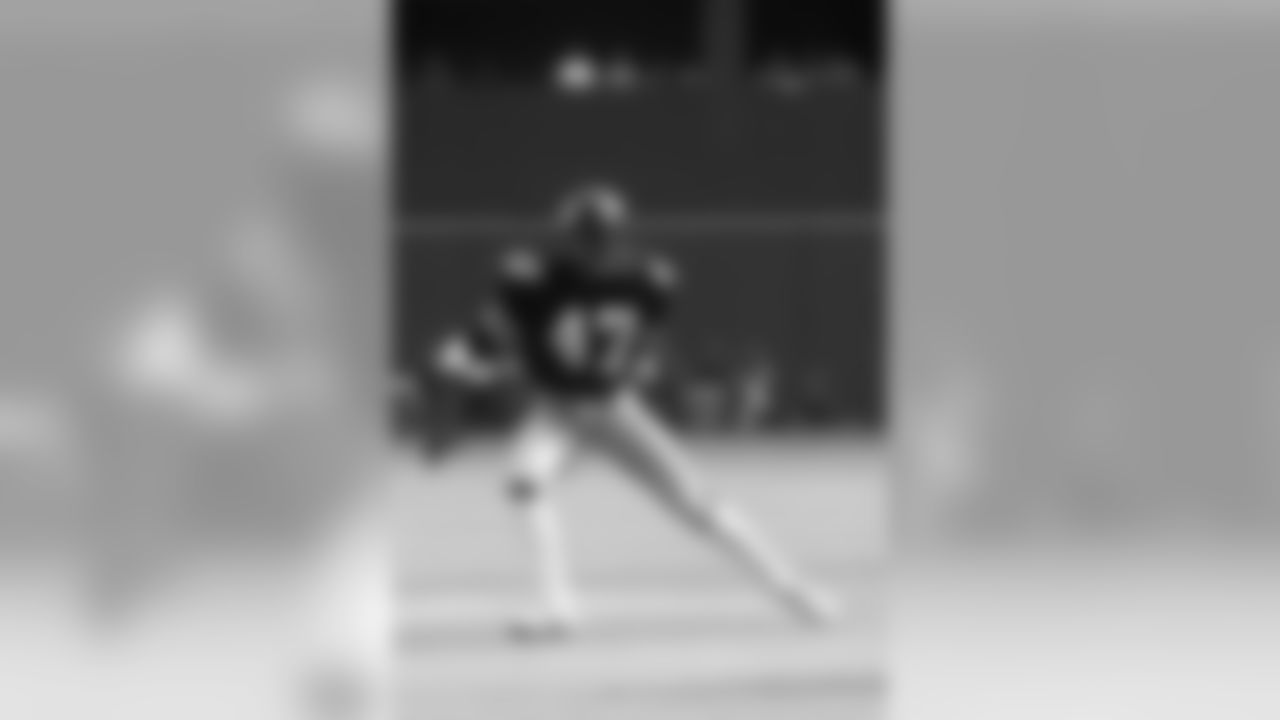
The best player selected at pick No. 53.
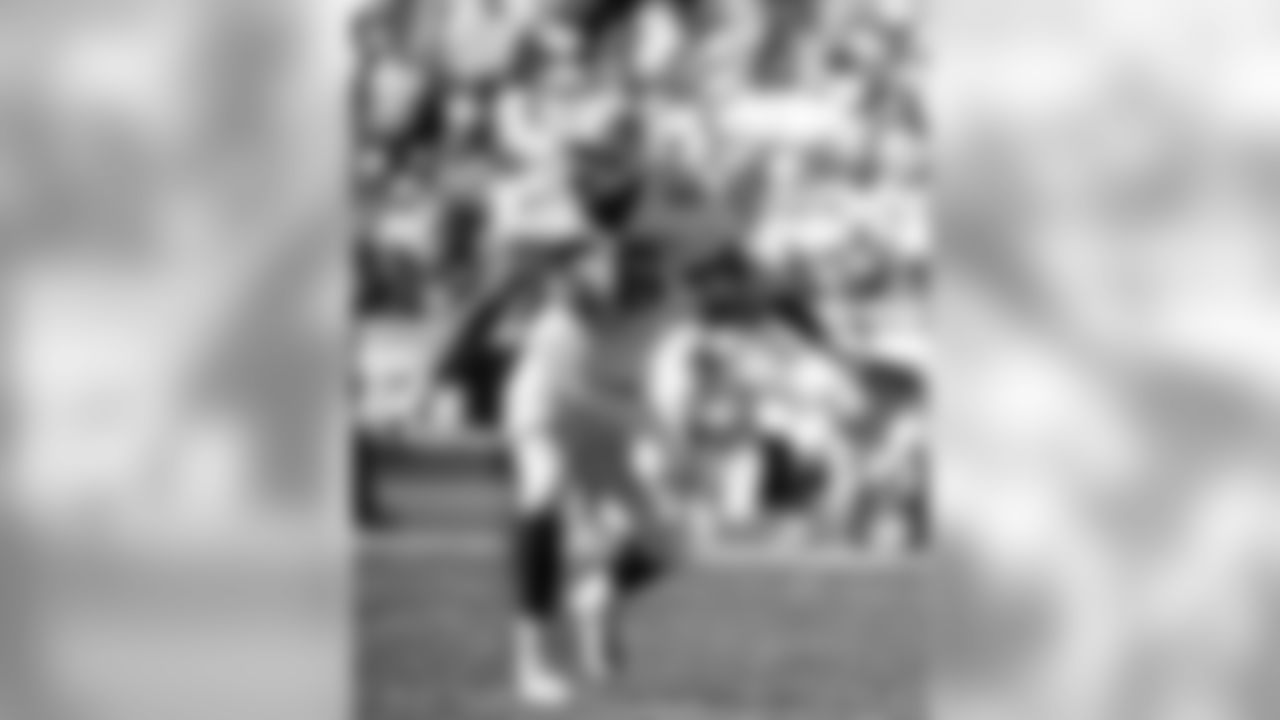
The best player selected at pick No. 52.
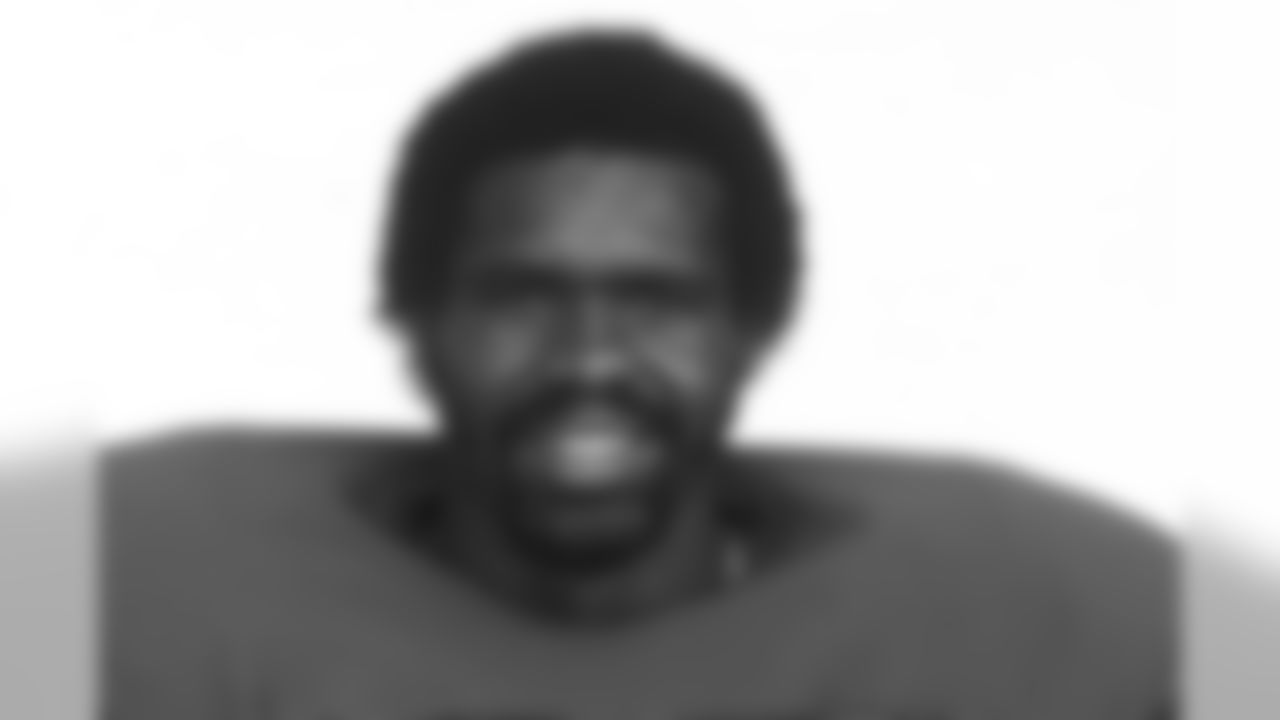
The best player selected at pick No. 51.
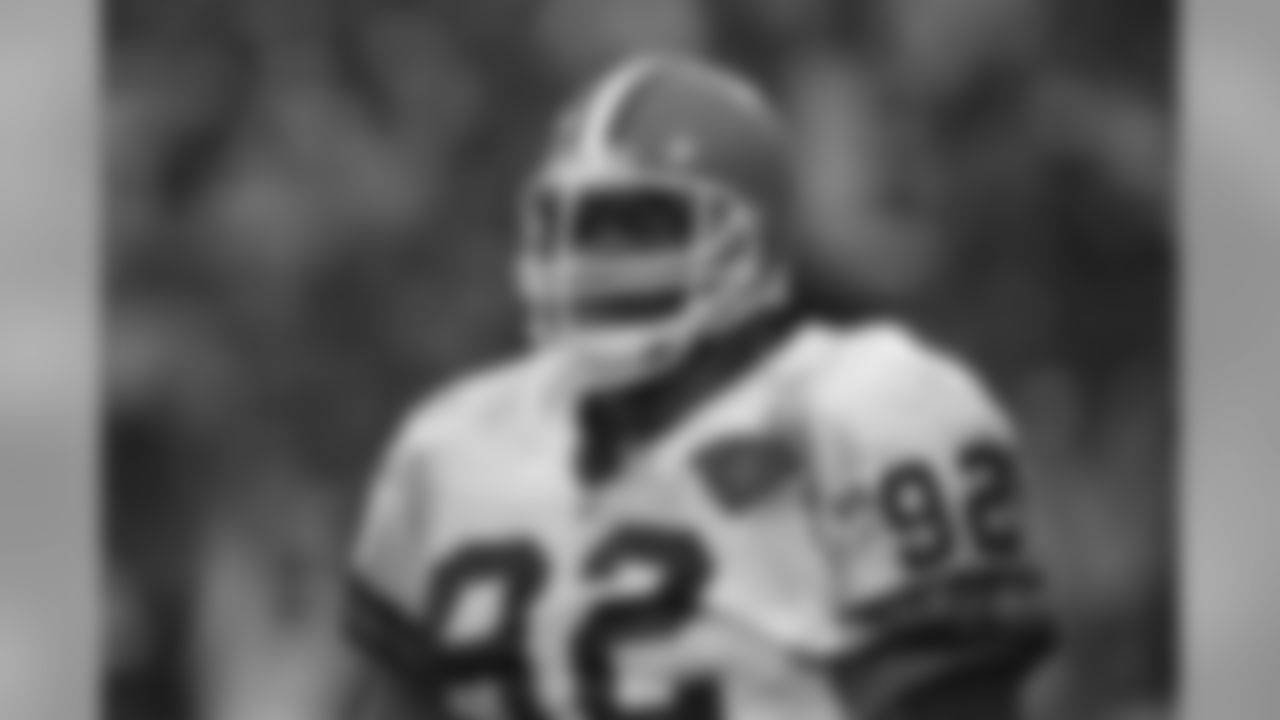
The best player selected at pick No. 50.
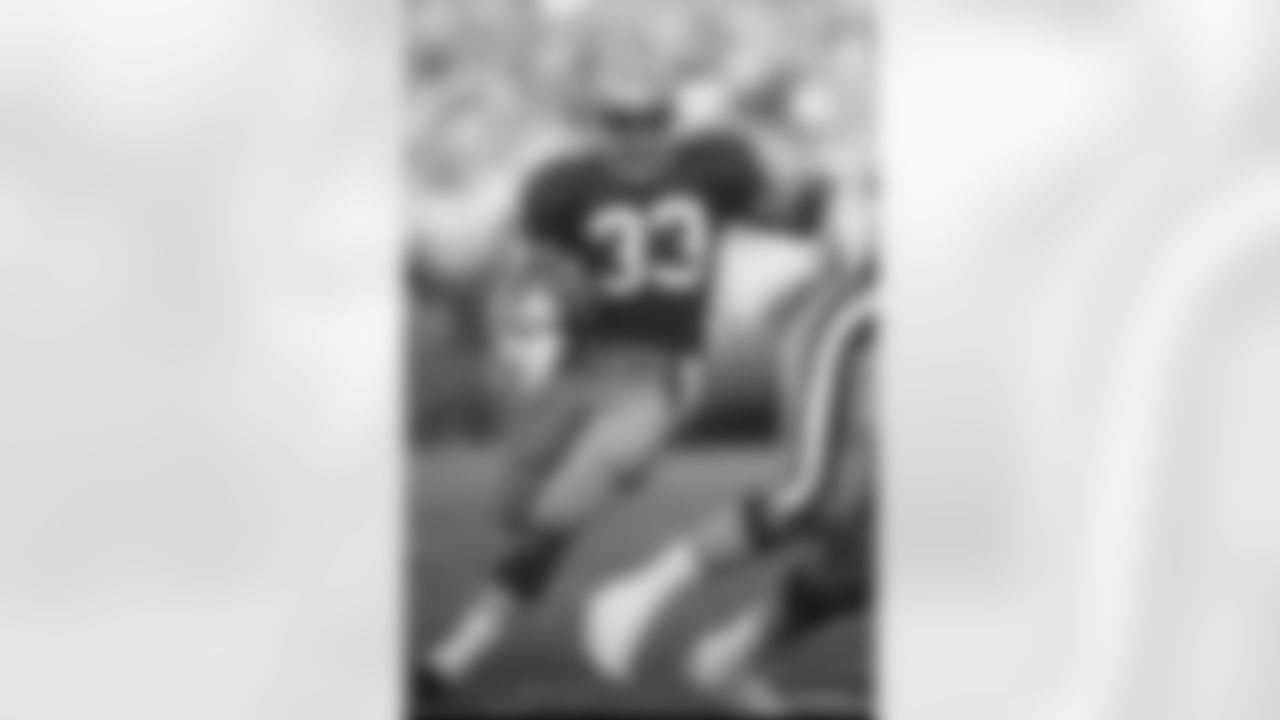
The best player selected at pick No. 49.
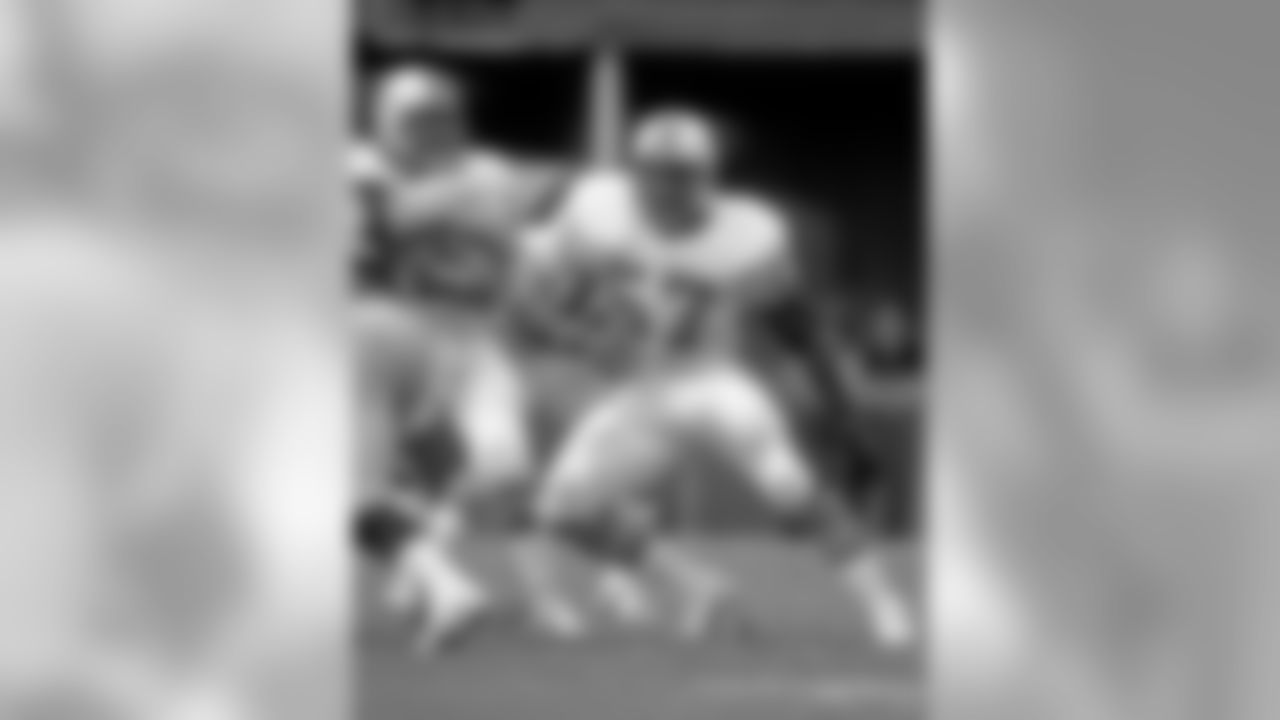
The best player selected at pick No. 48.
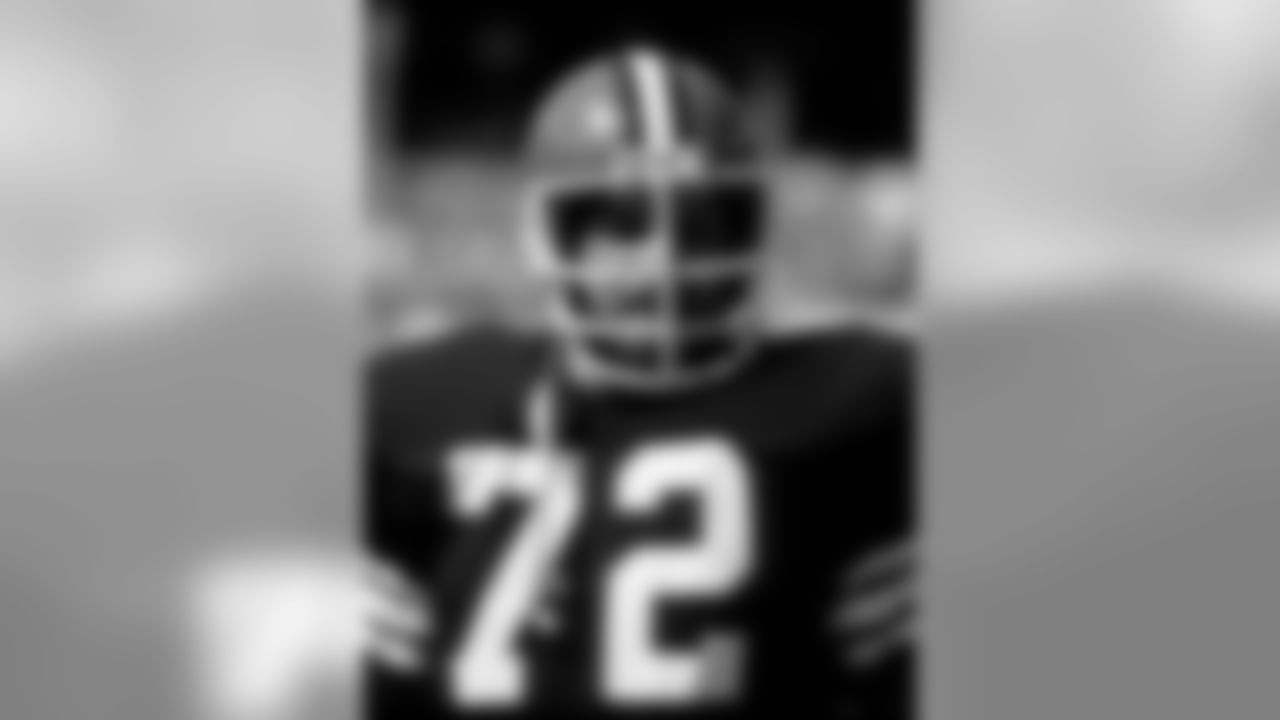
The best player selected at pick No. 47.
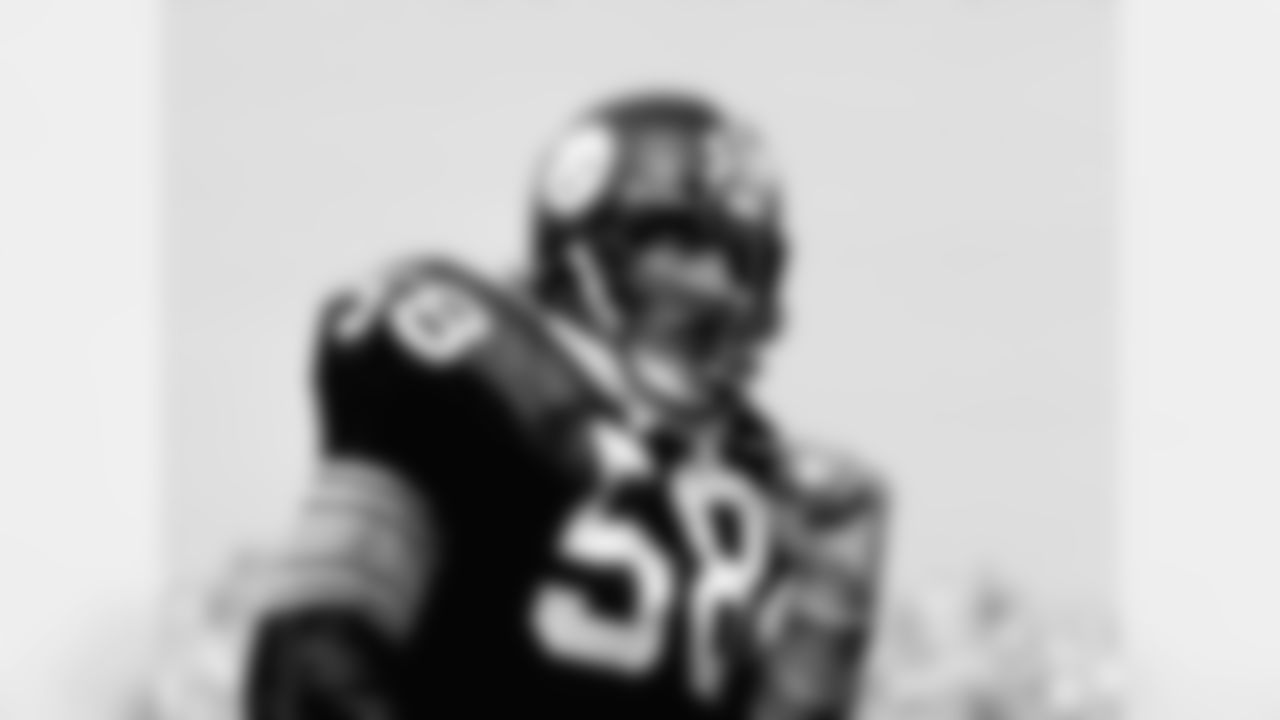
The best player selected at No. 46.
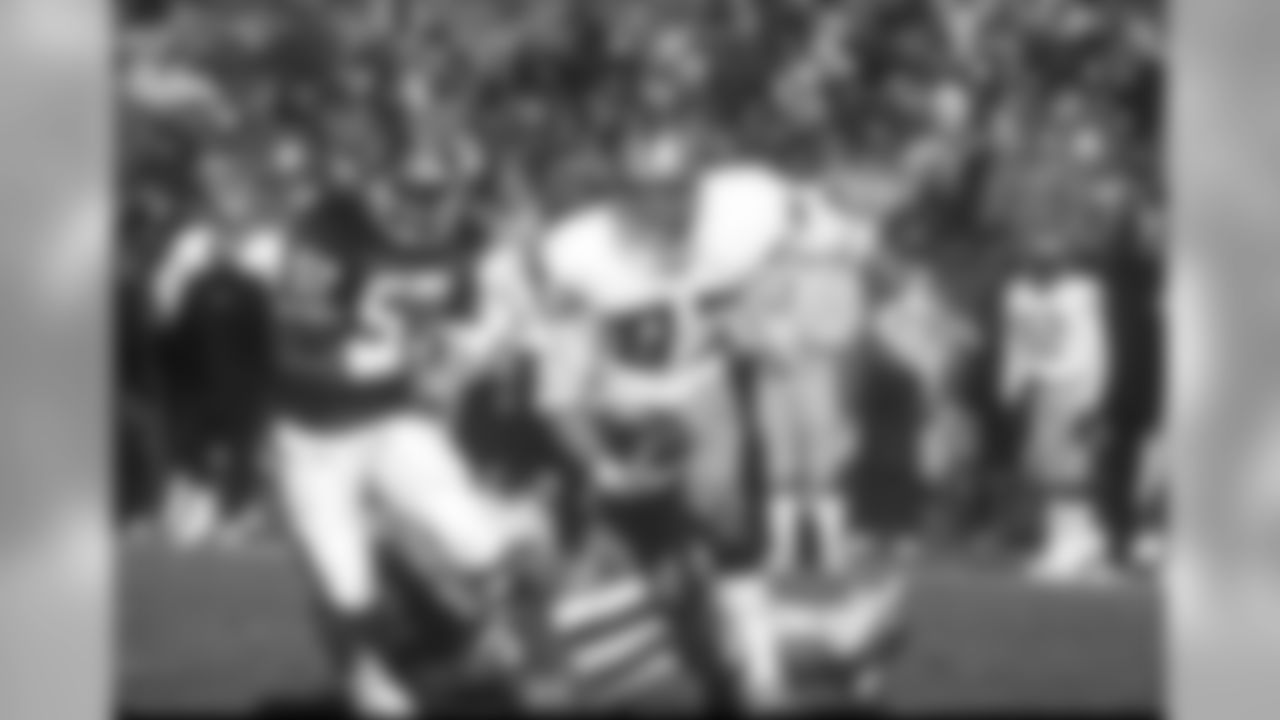
The best player selected at pick No. 45.
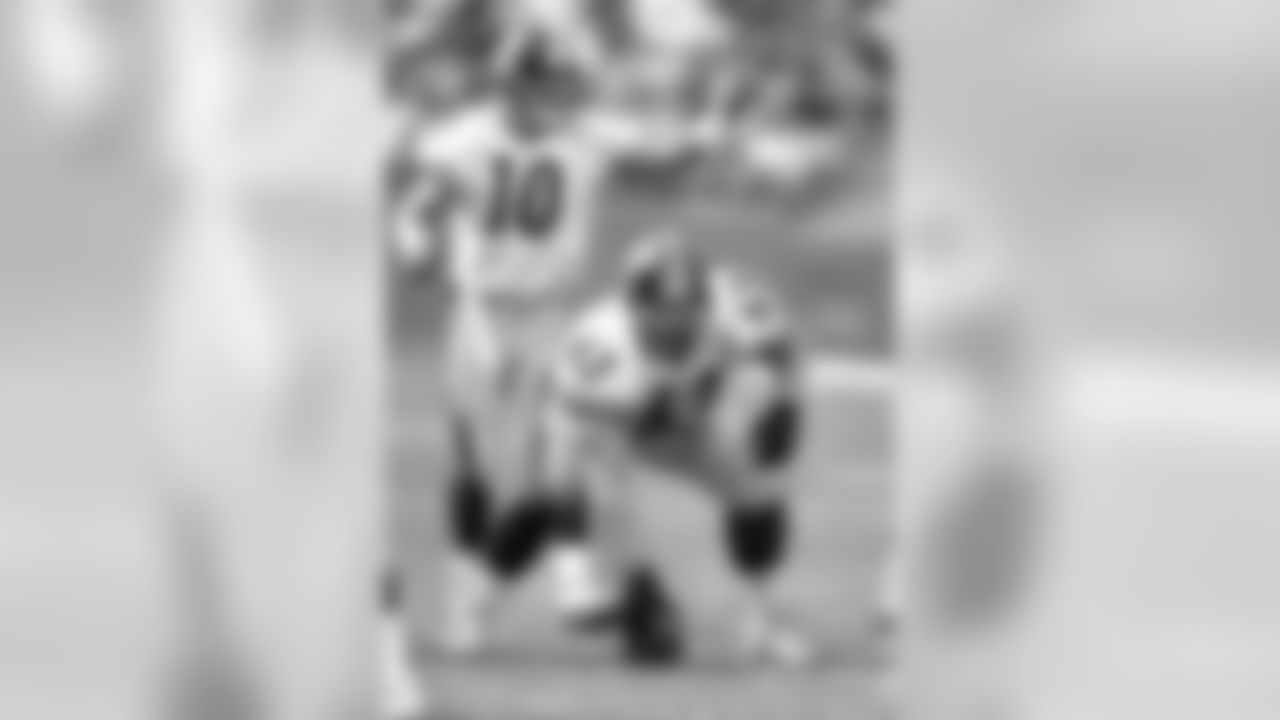
The best player selected at pick No. 44.
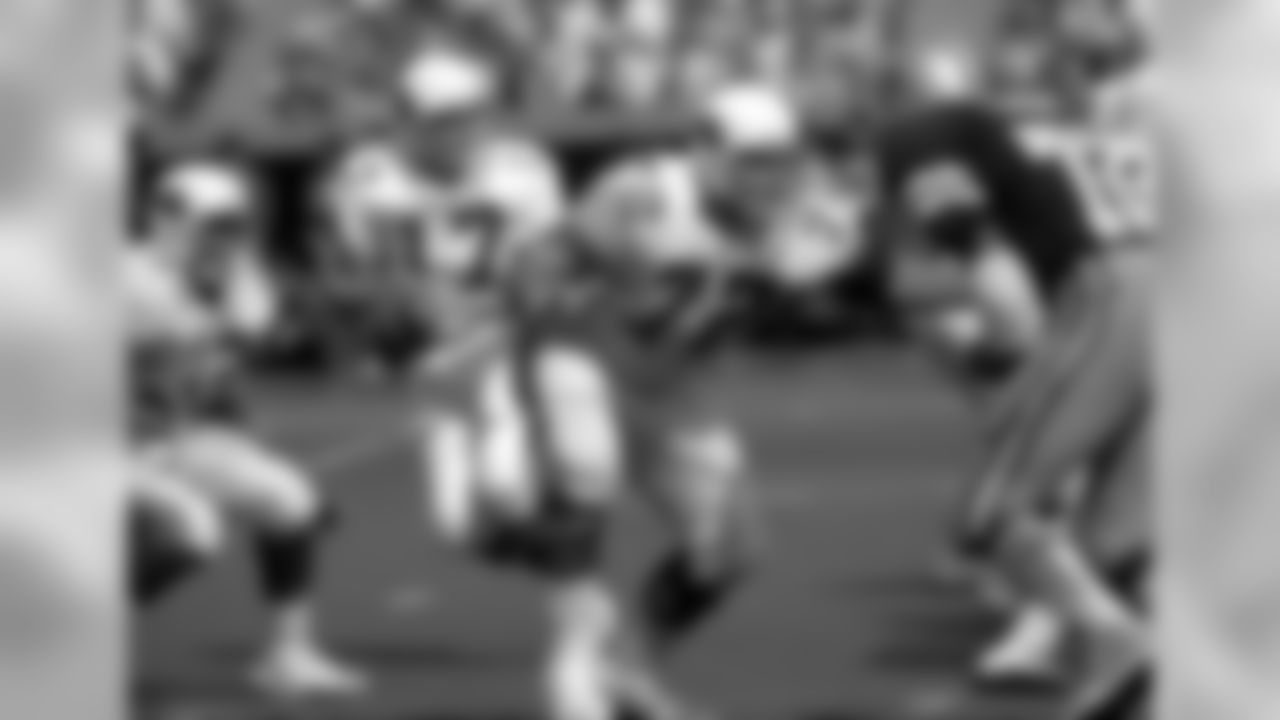
The best player selected at pick No. 43
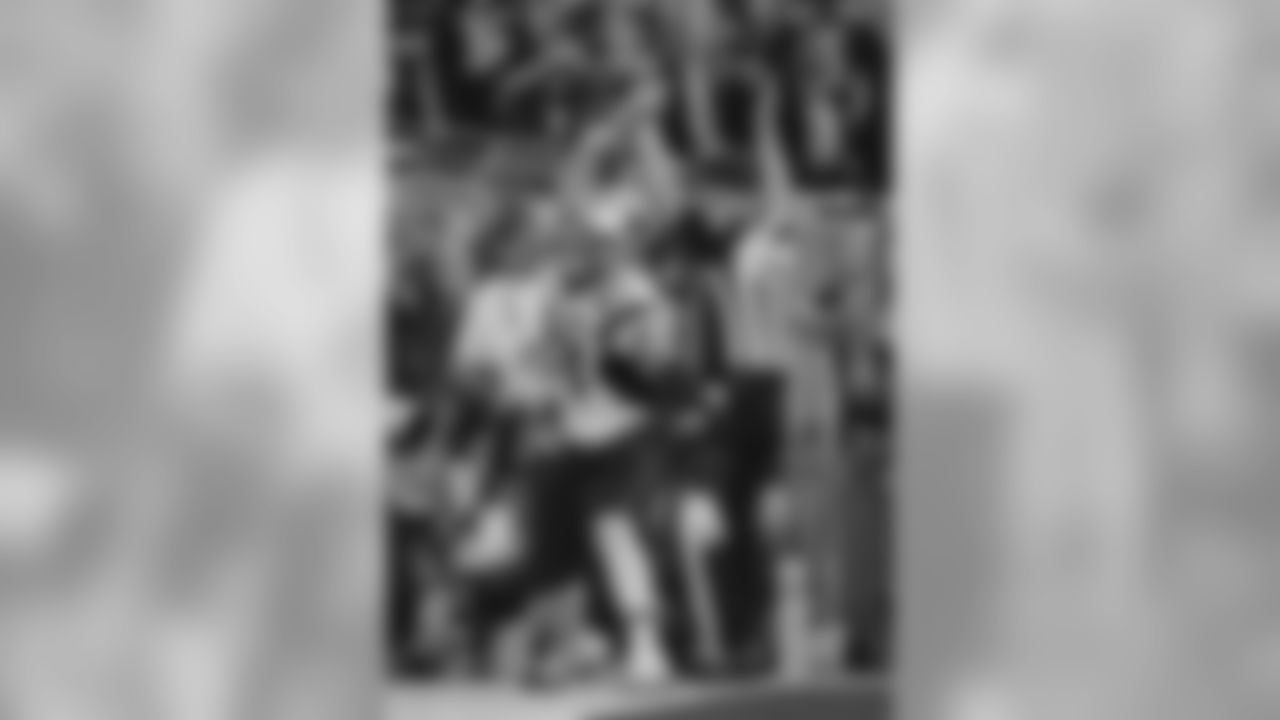
The best player selected at pick No. 42.
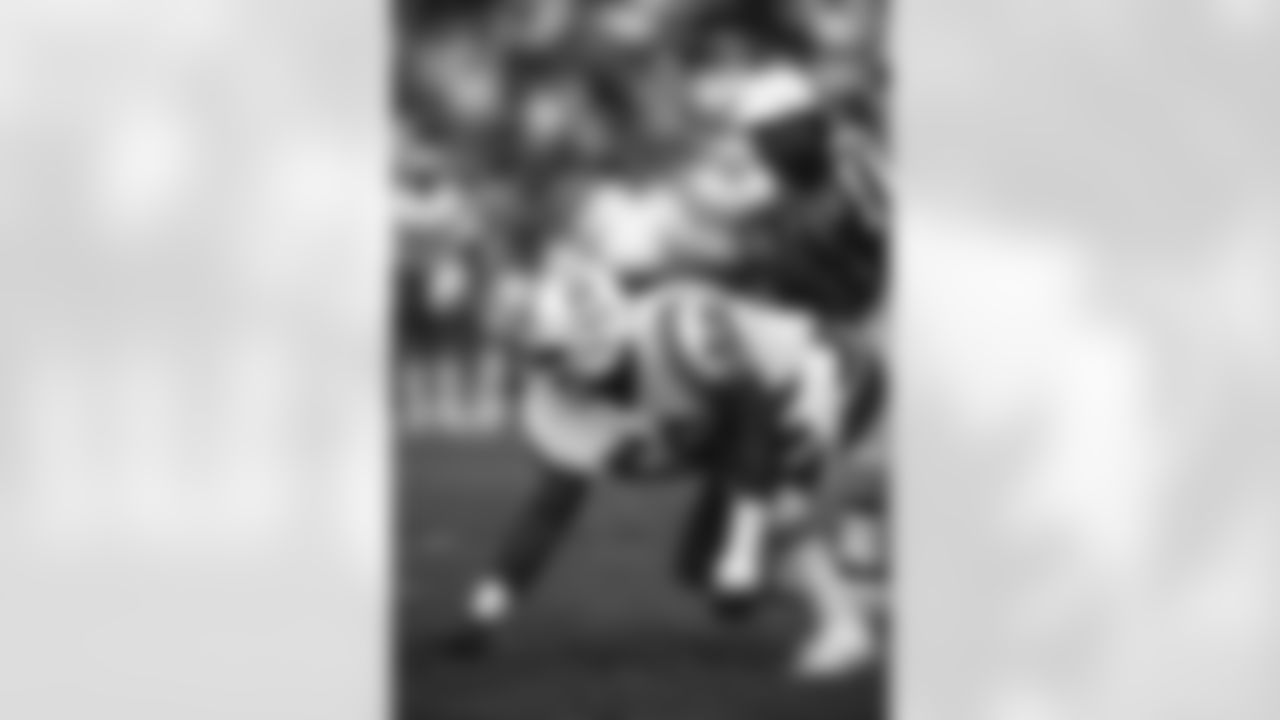
The best player selected at pick No. 41.
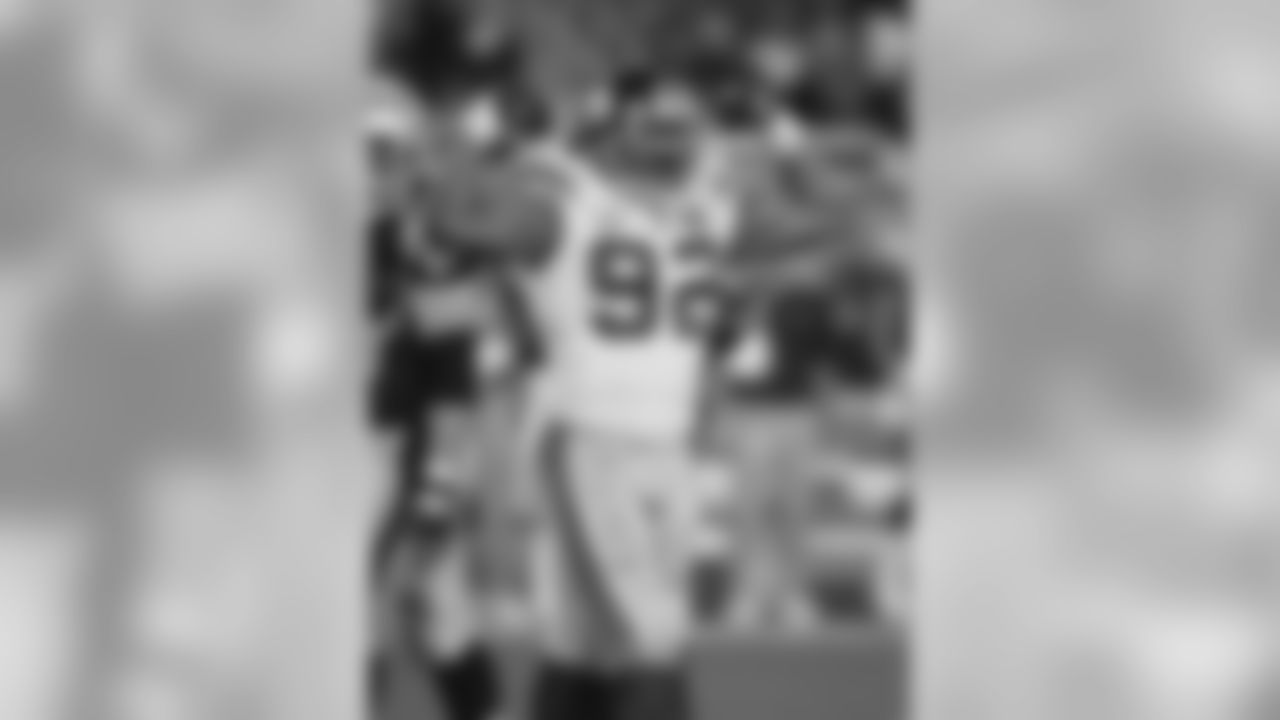
The best player selected at pick No. 40.
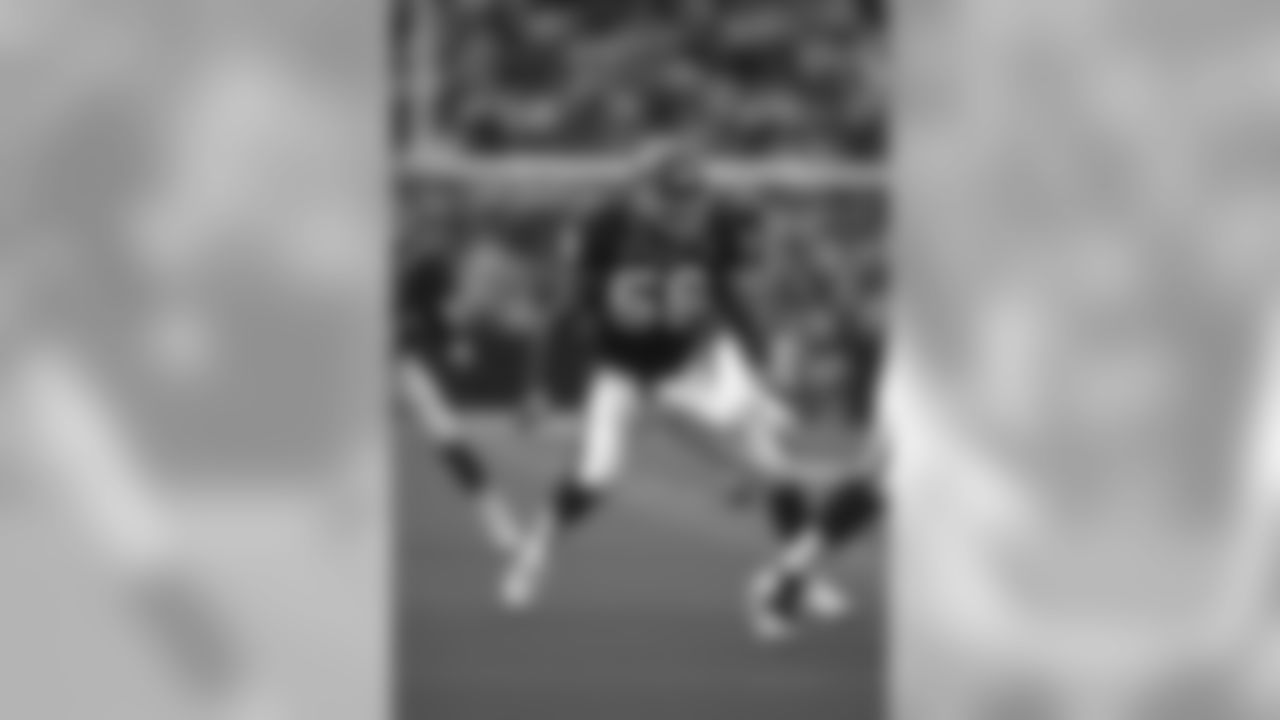
The best player selected at pick No. 39.
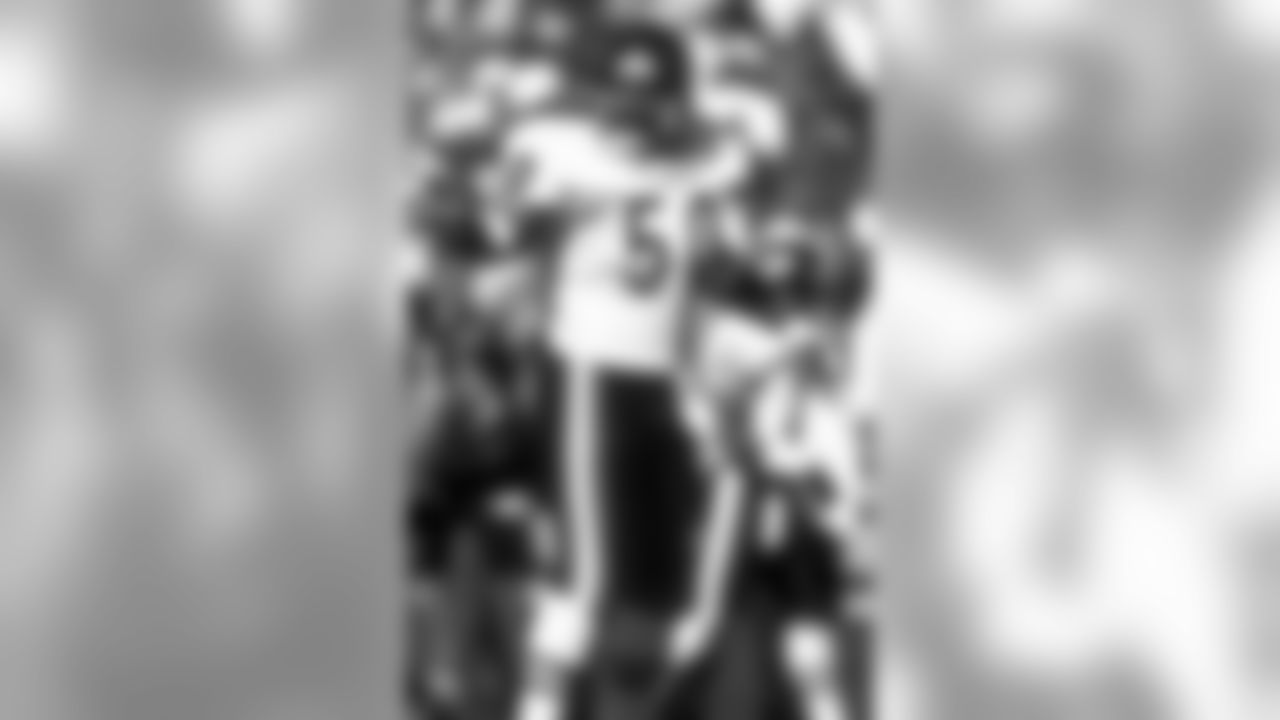
The best player selected at pick No. 38.
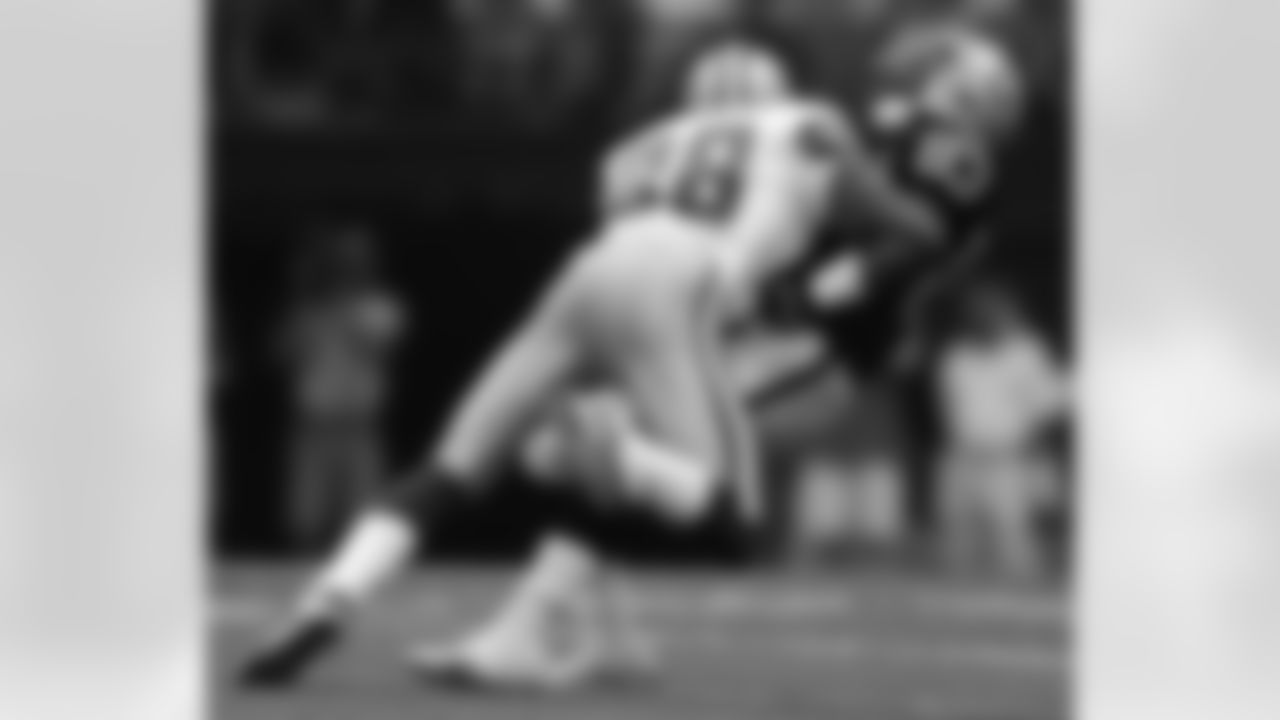
The best player selected at pick No. 37.
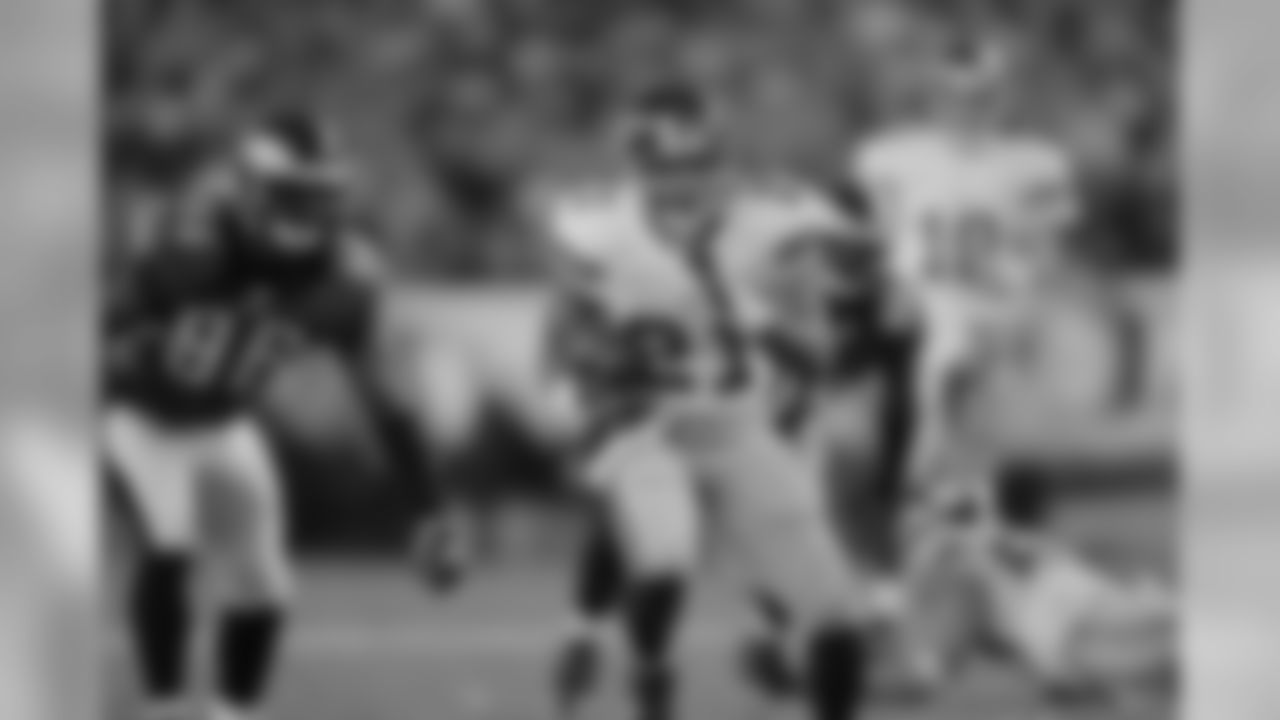
The best player selected at pick No. 36.
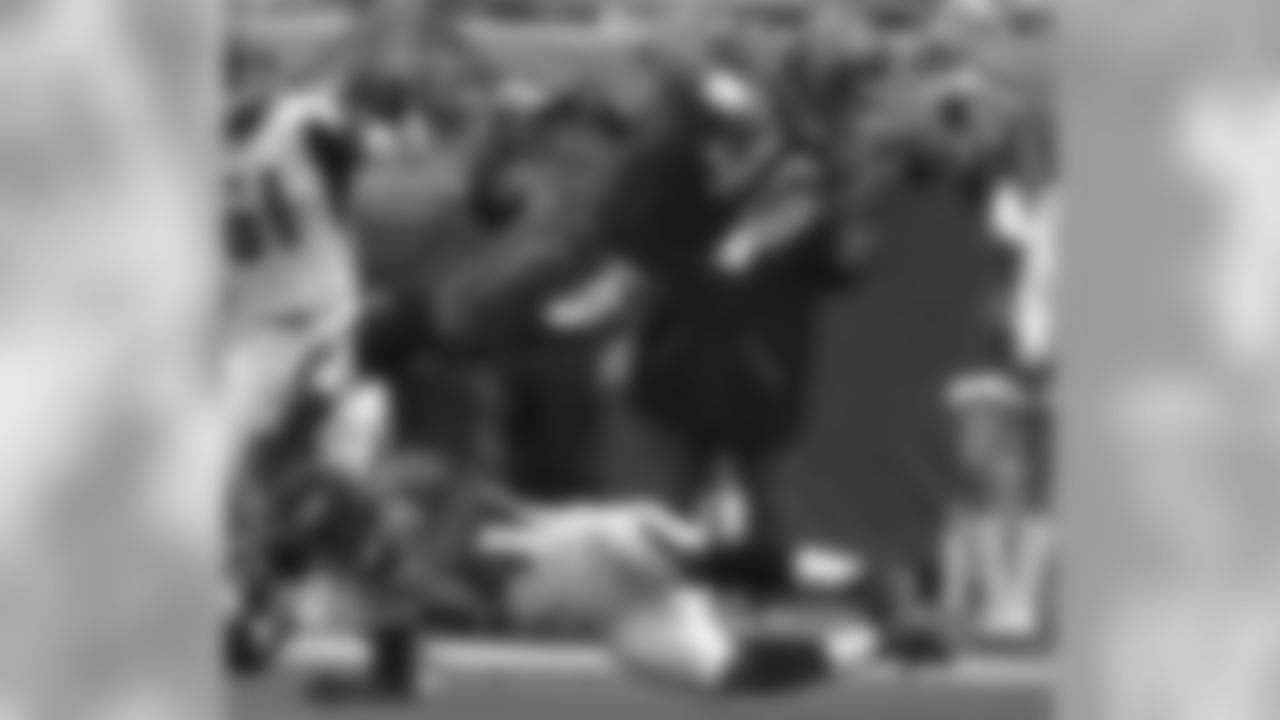
The best player selected at pick No. 36.
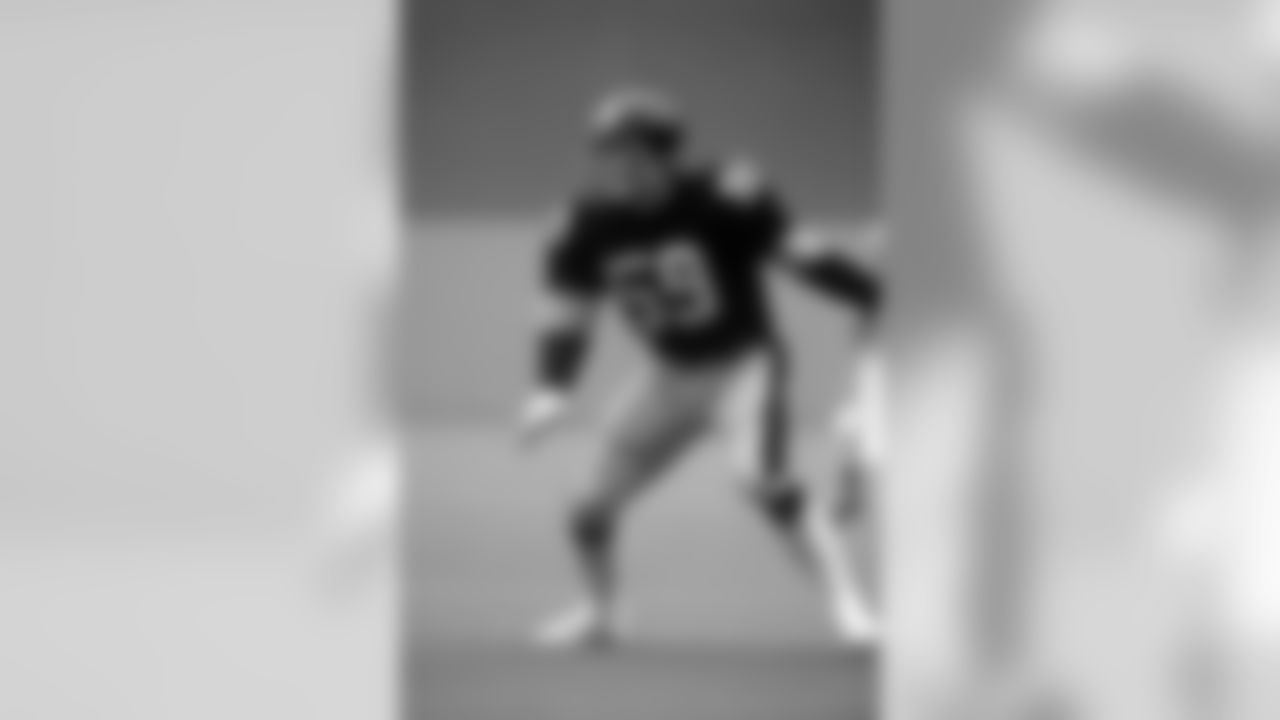
The best player selected at pick No. 34.
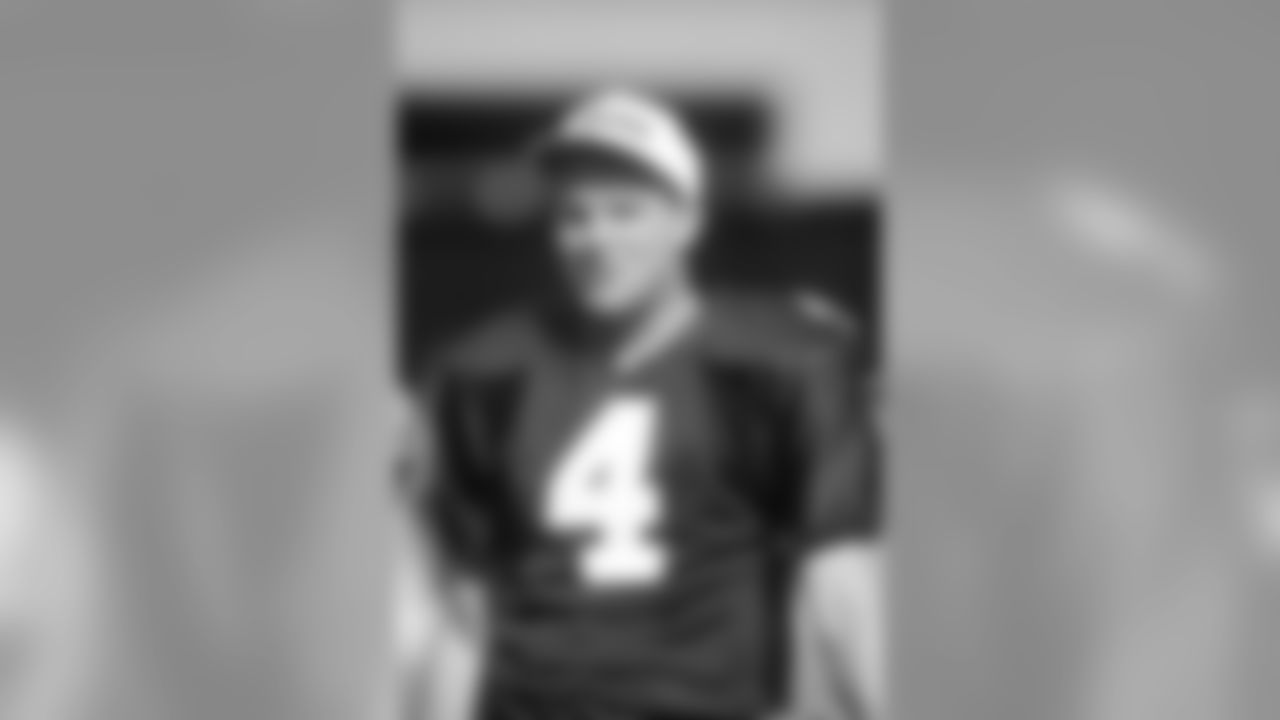
The best player selected at pick No. 33.
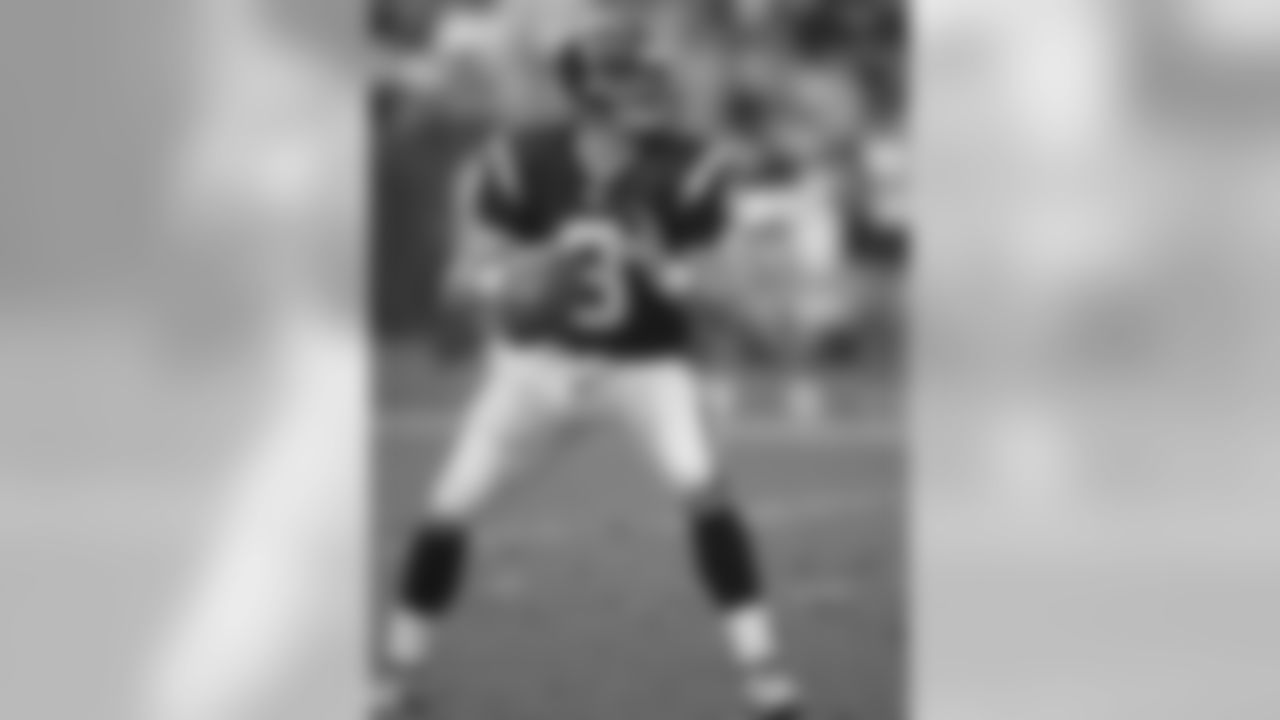
The best player selected at pick No. 32.
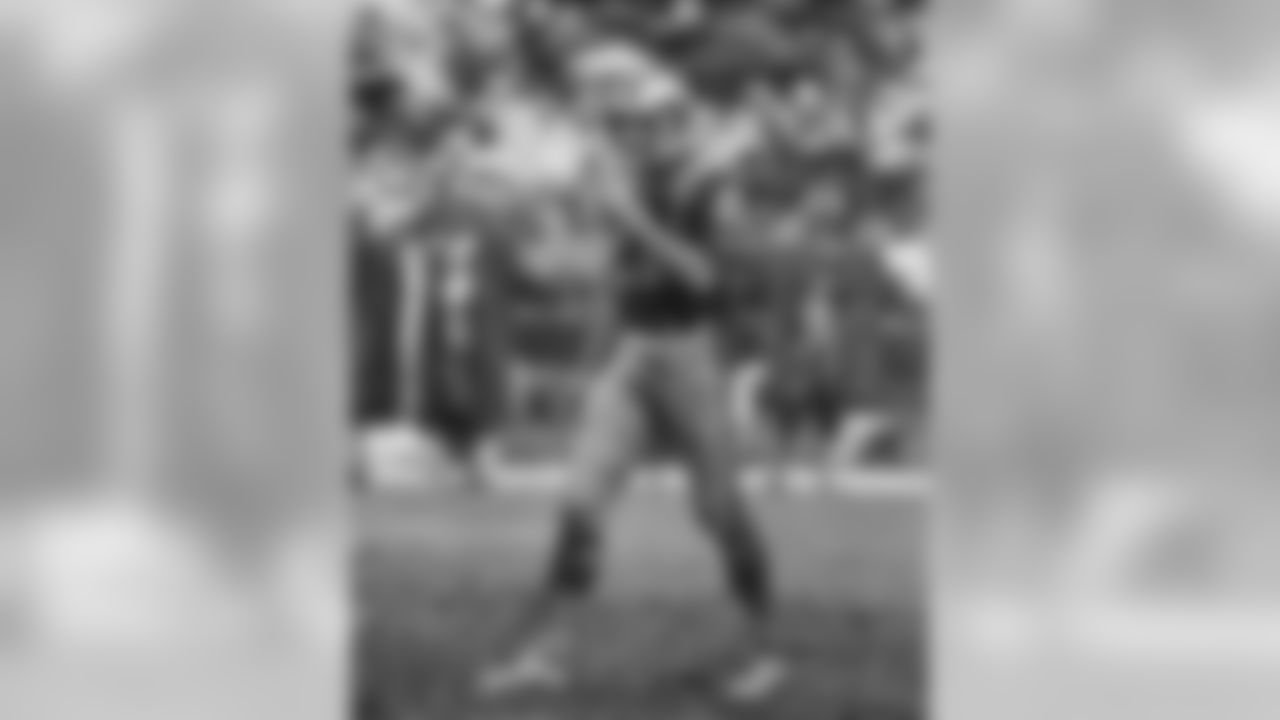
The best player selected at pick No. 31.
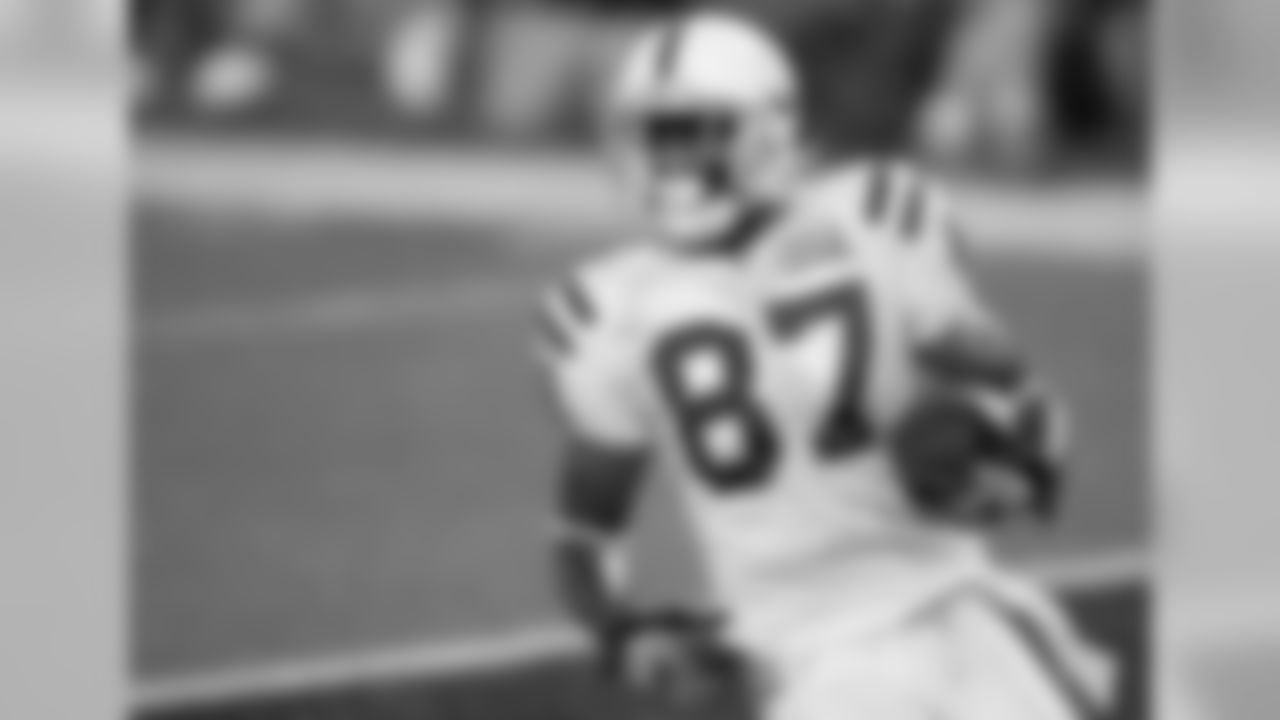
The best player selected at pick No. 30.
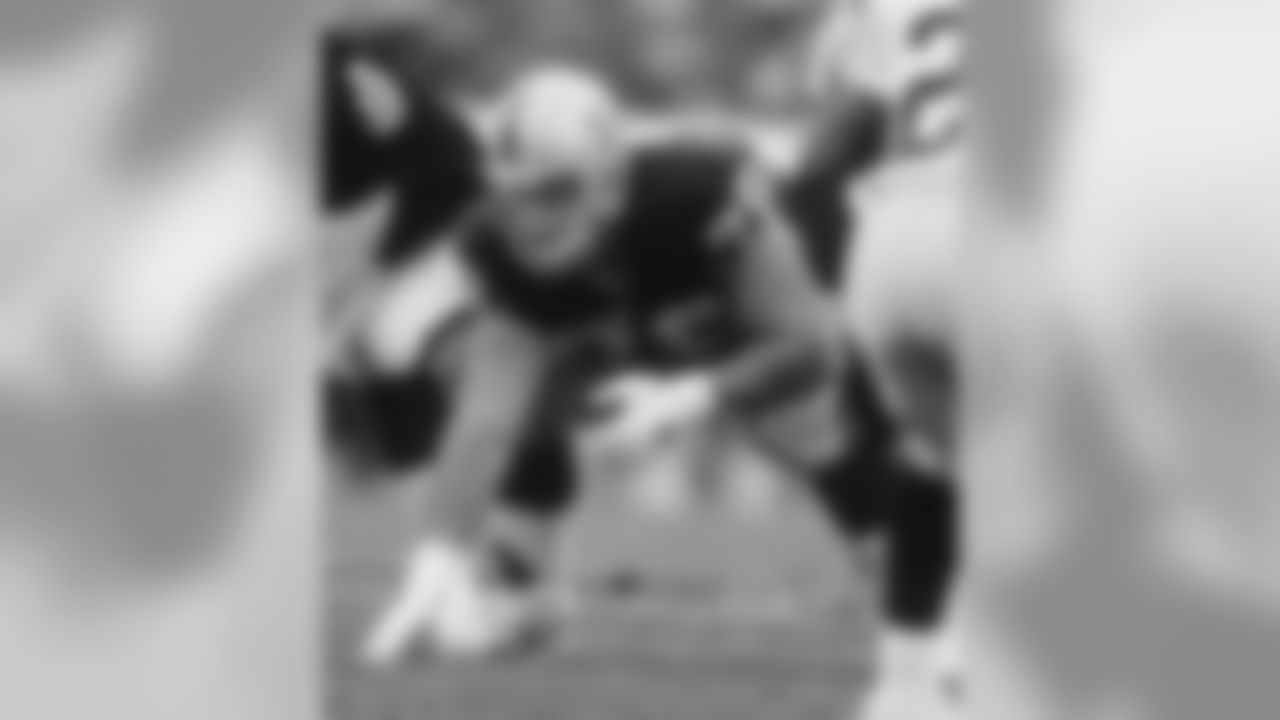
The best player selected at pick No. 29.
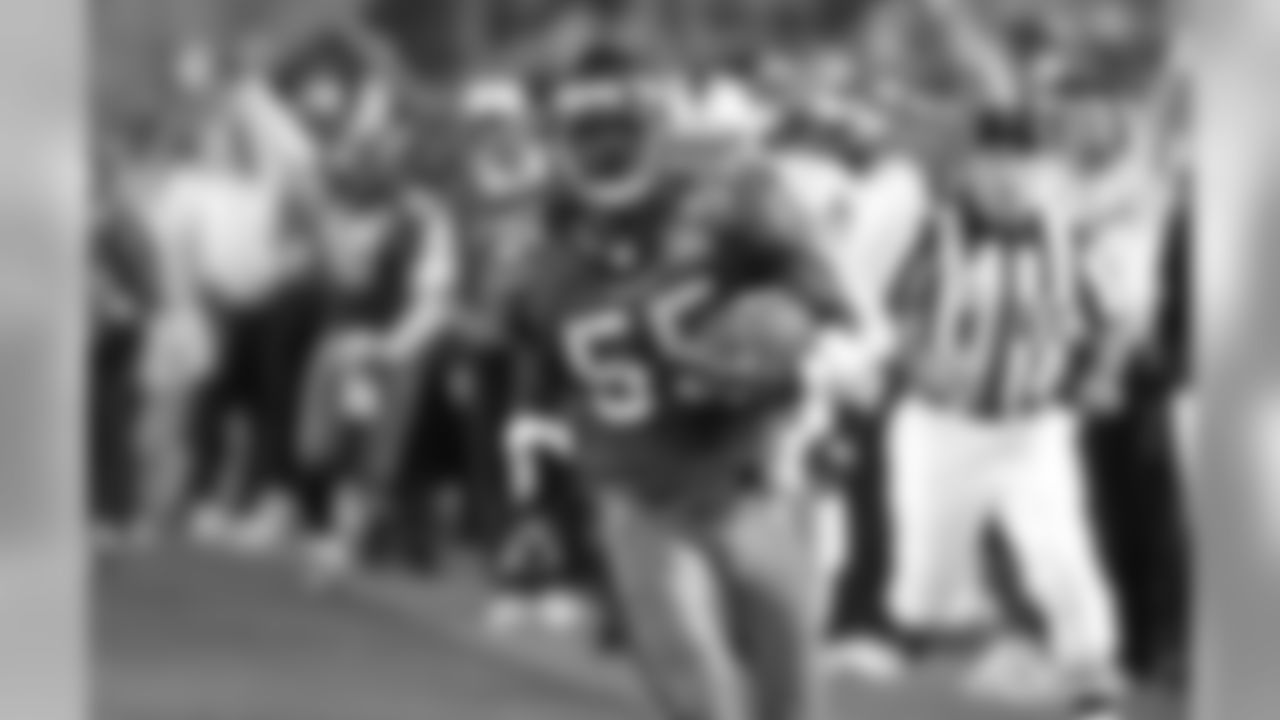
The best player selected at pick No. 28.
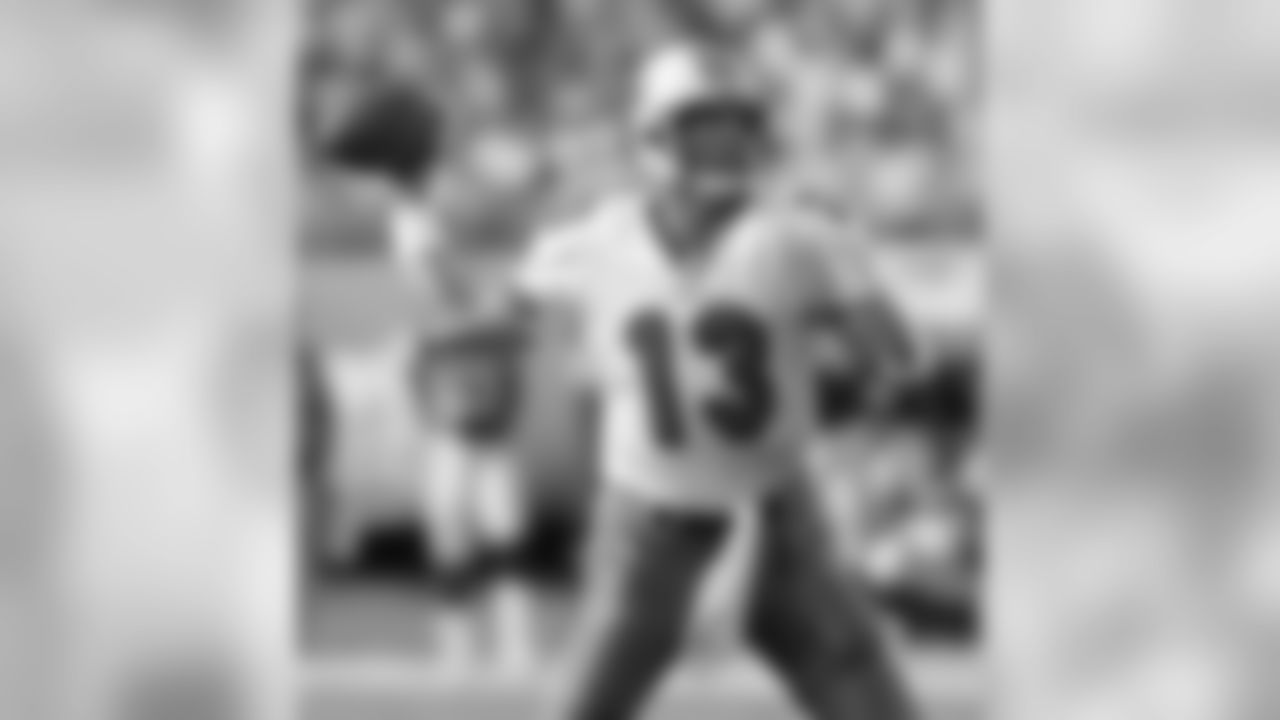
The best player selected at pick No. 27.
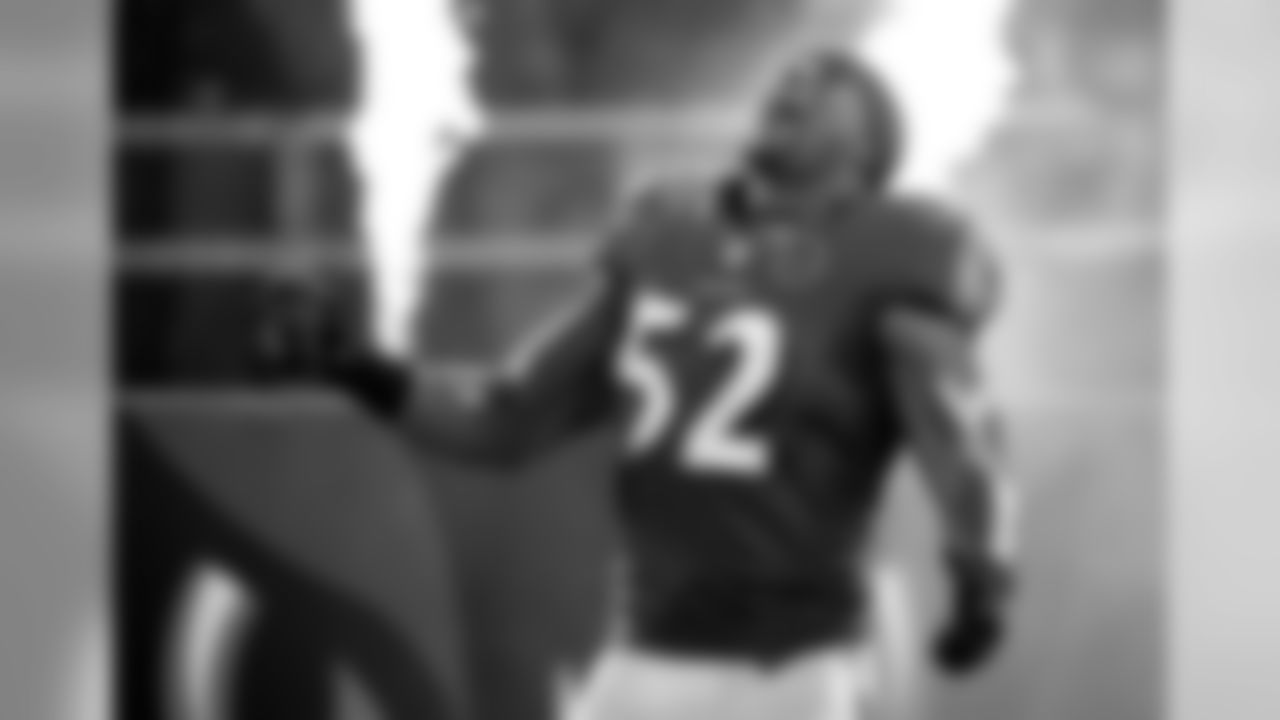
The best player selected at pick No. 26.
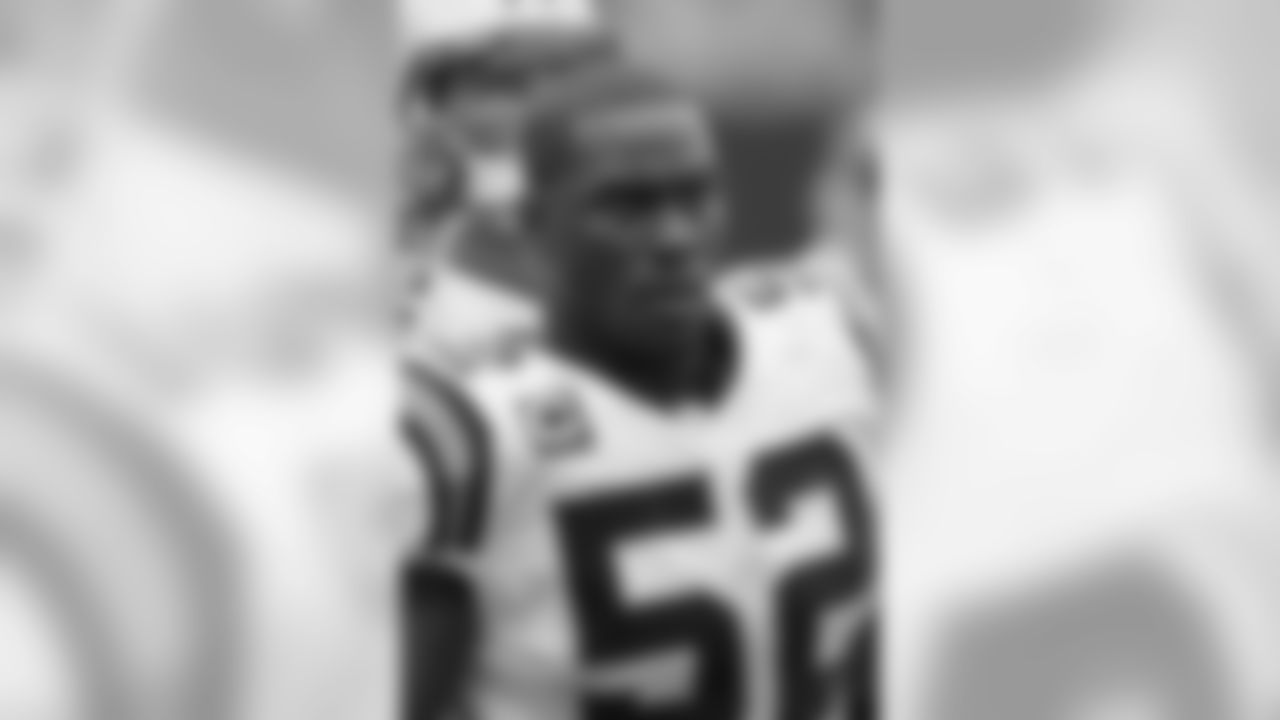
The best player selected at pick No. 25.
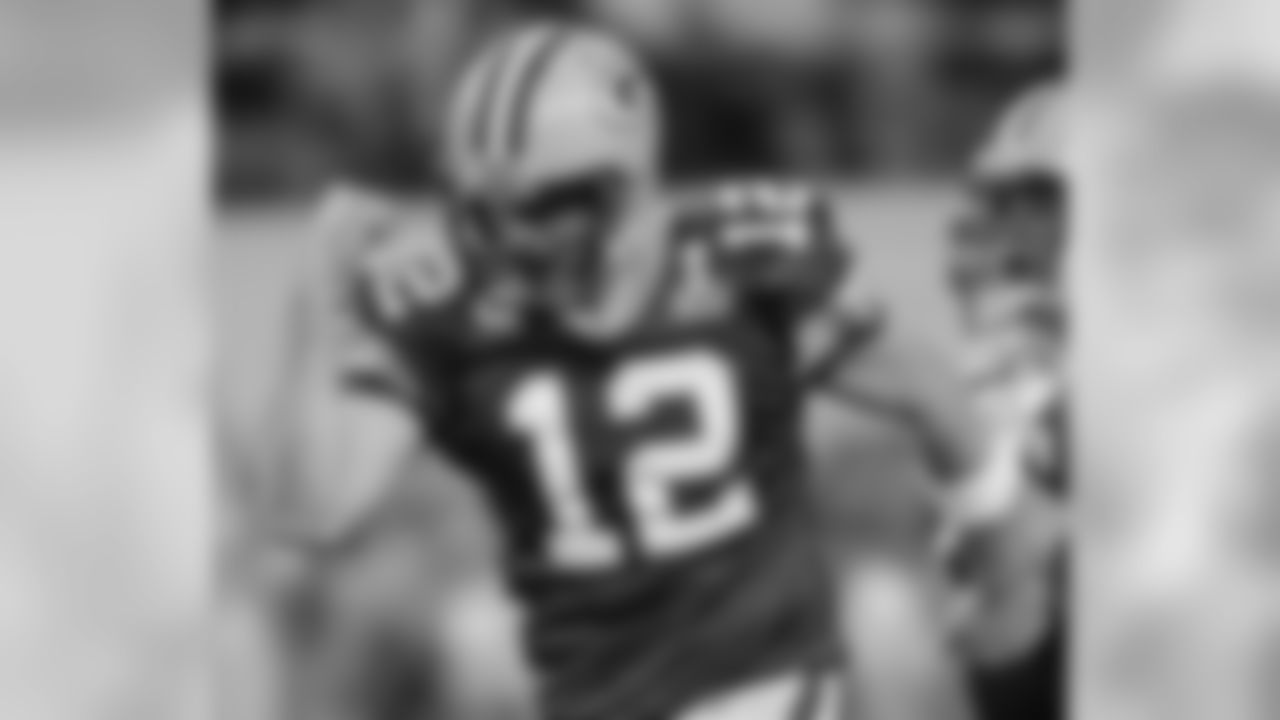
The best player selected at pick No. 24.
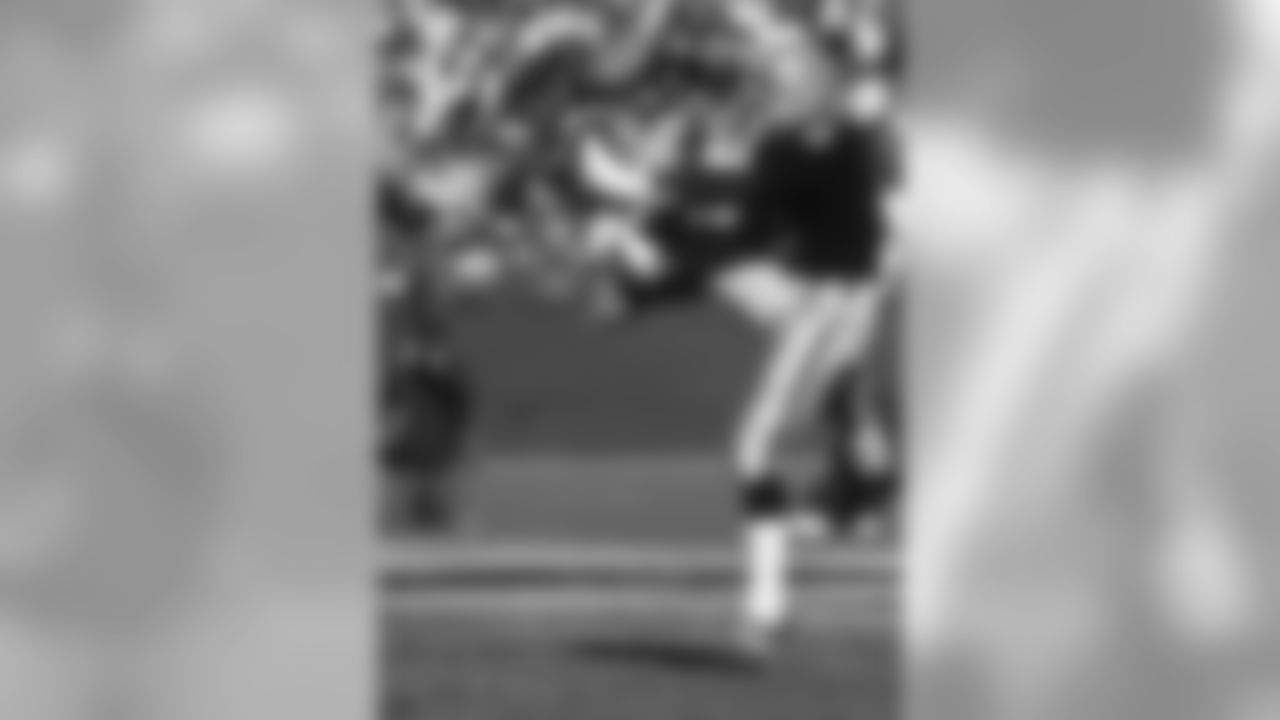
The best player selected at pick No. 23.
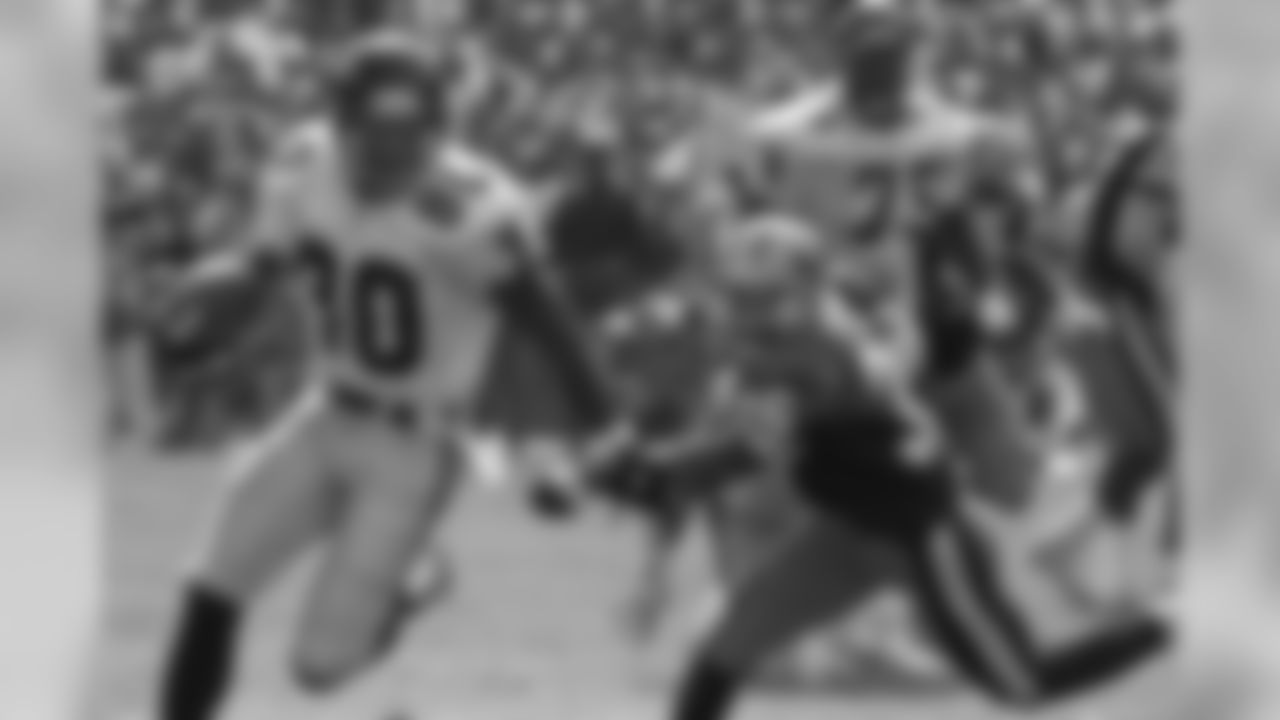
The best player selected at pick No. 22.
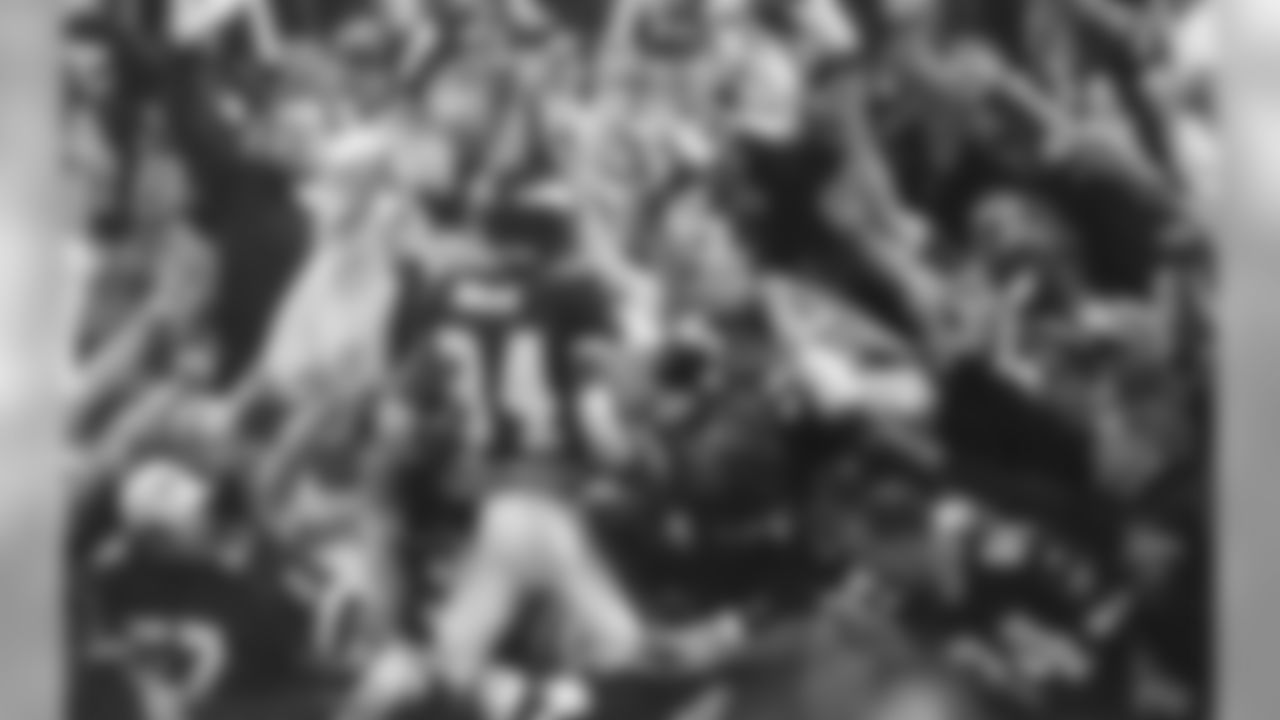
The best player selected at pick No. 21.
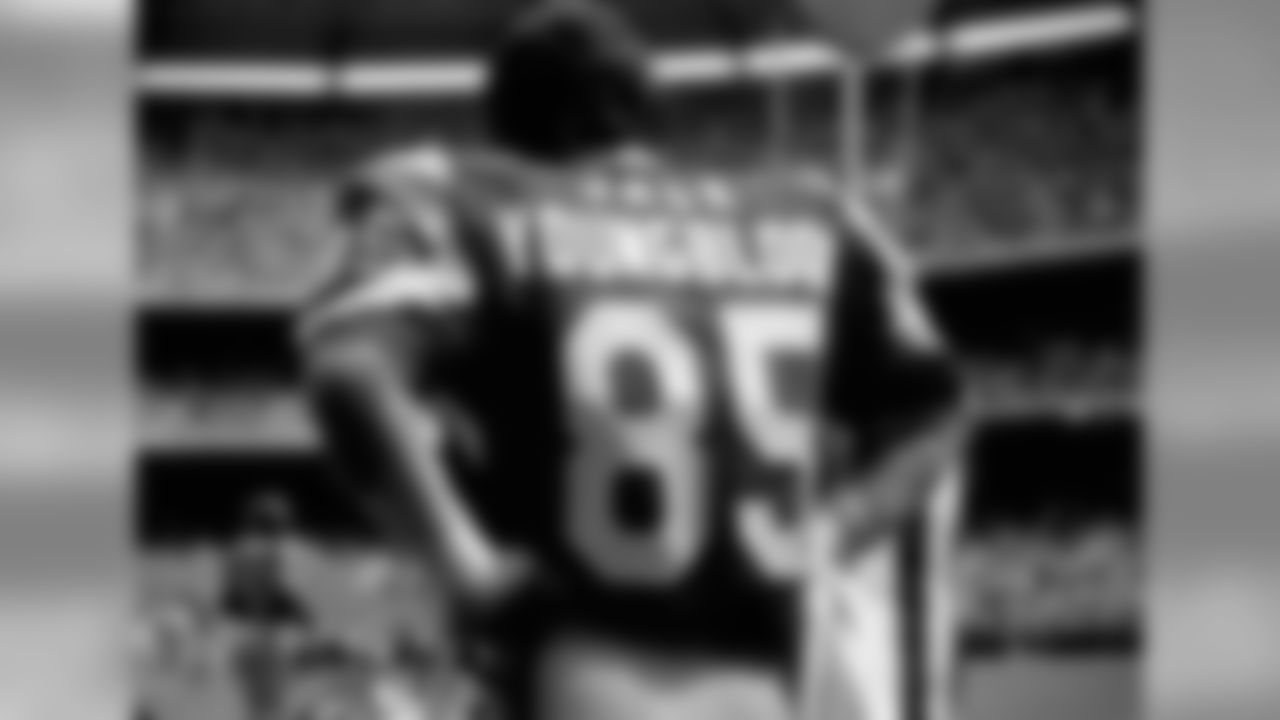
The best player selected at pick No. 20.
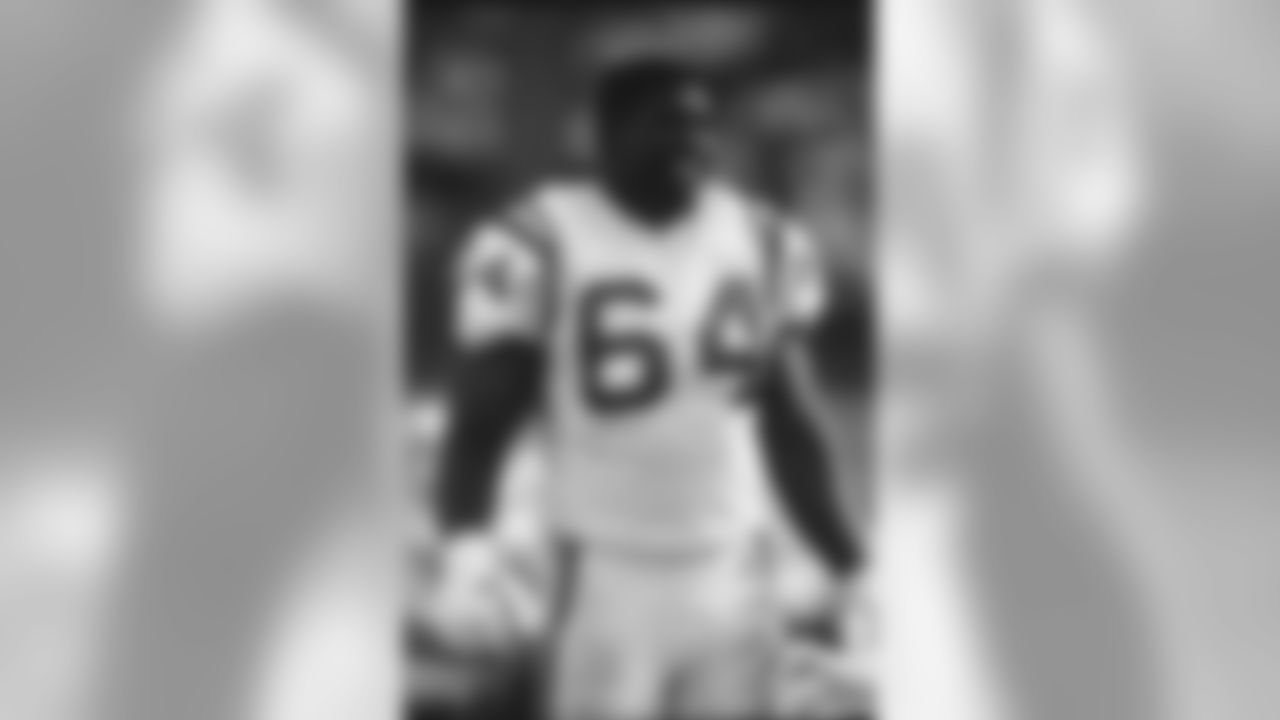
The best player selected at pick No. 19.
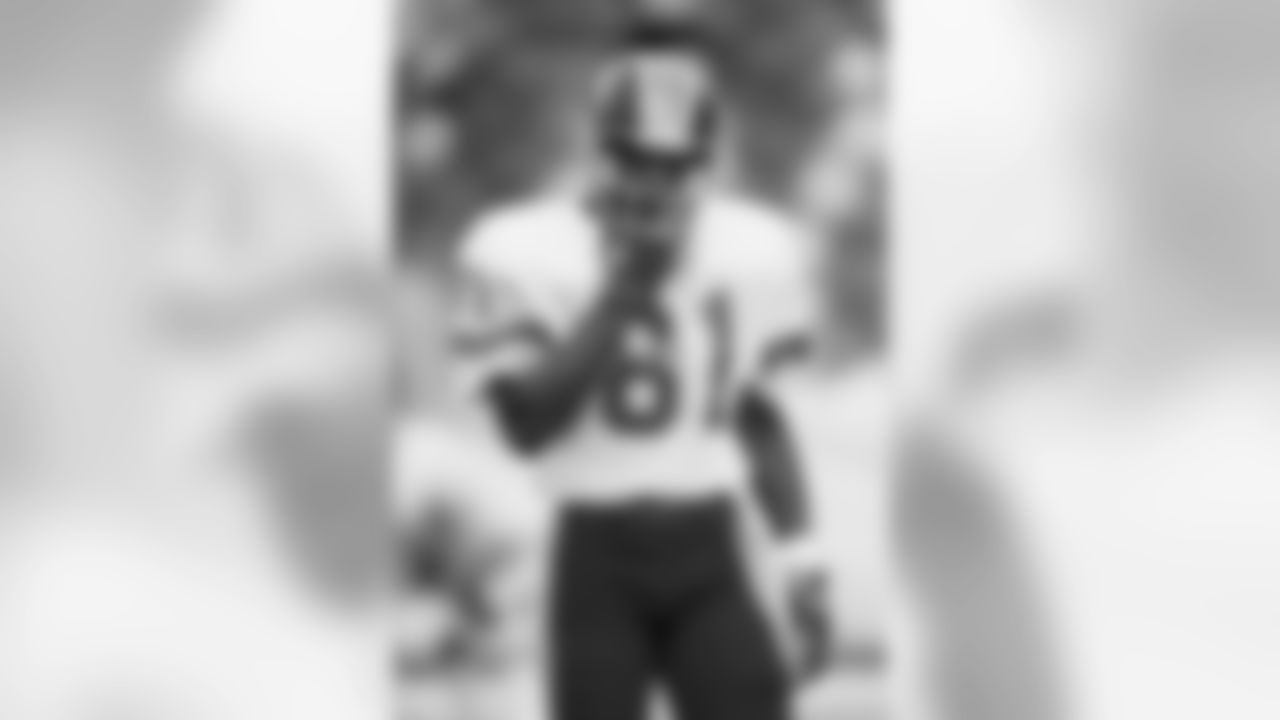
The best player selected at pick No. 18.
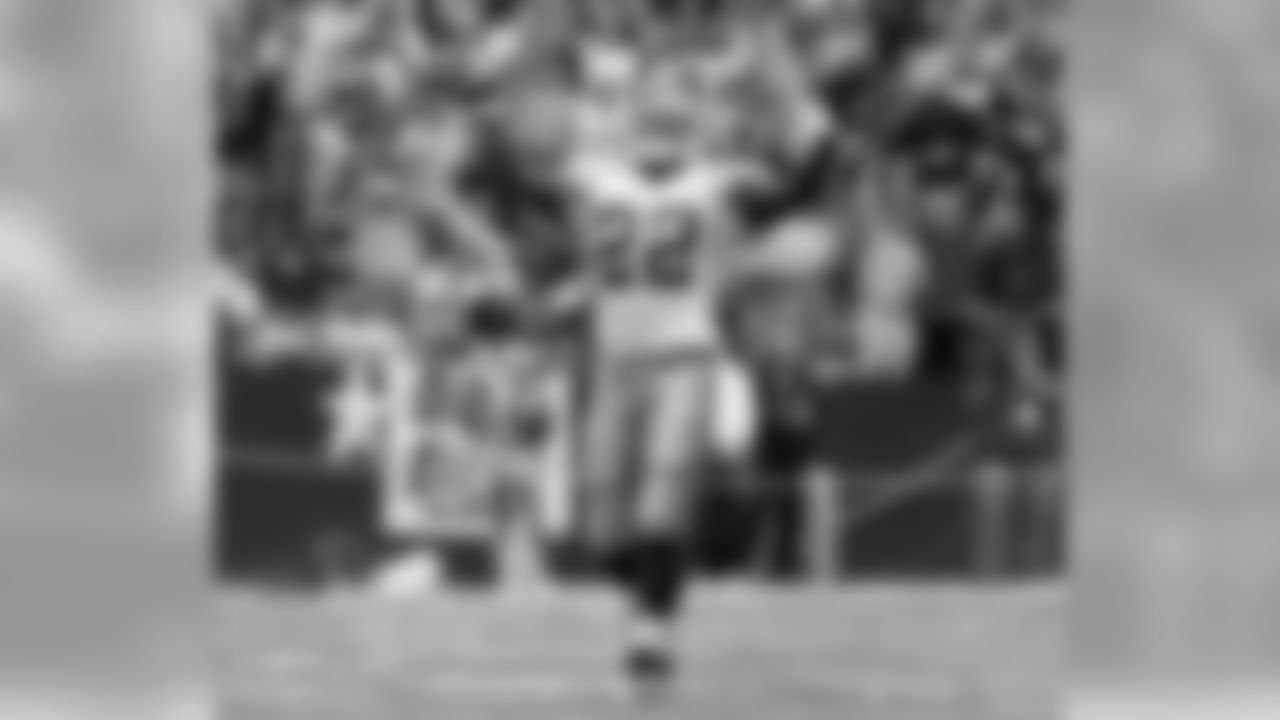
The best player selected at pick No. 17.
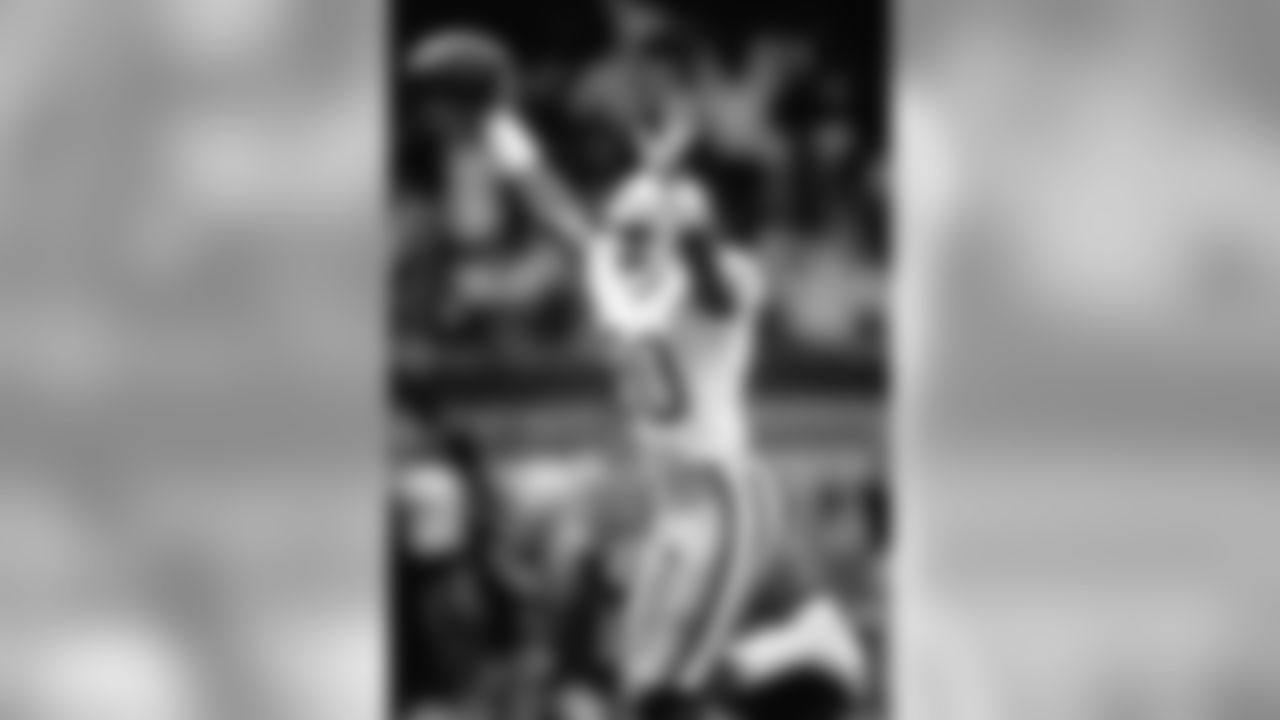
The best player selected at pick No. 16.
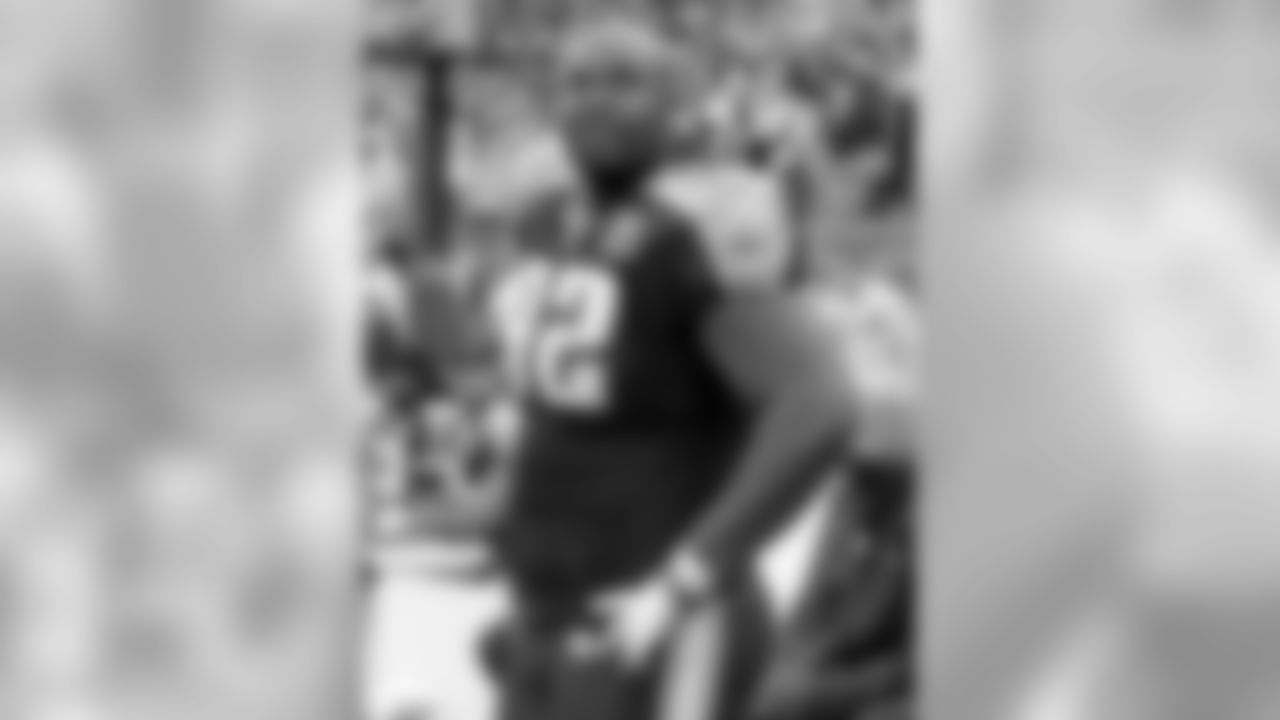
The best player selected at pick No. 15.
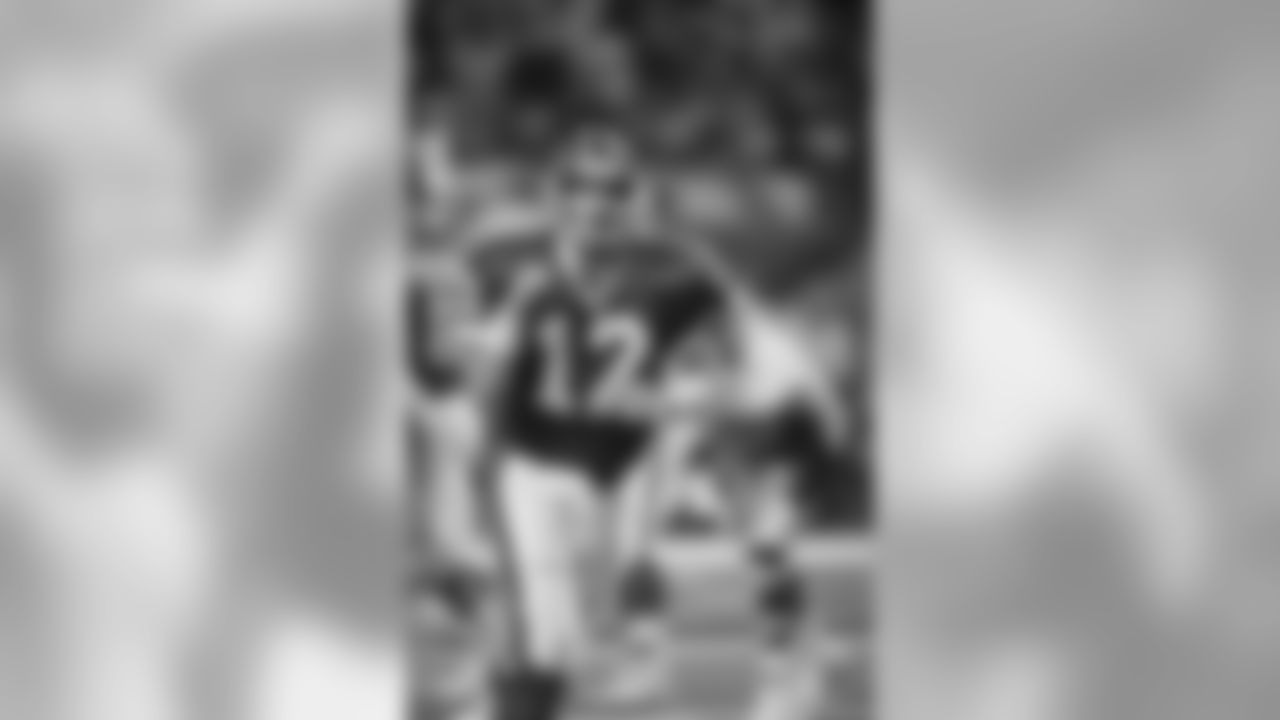
The best player selected at pick No. 14.

The best player selected at pick No. 13.
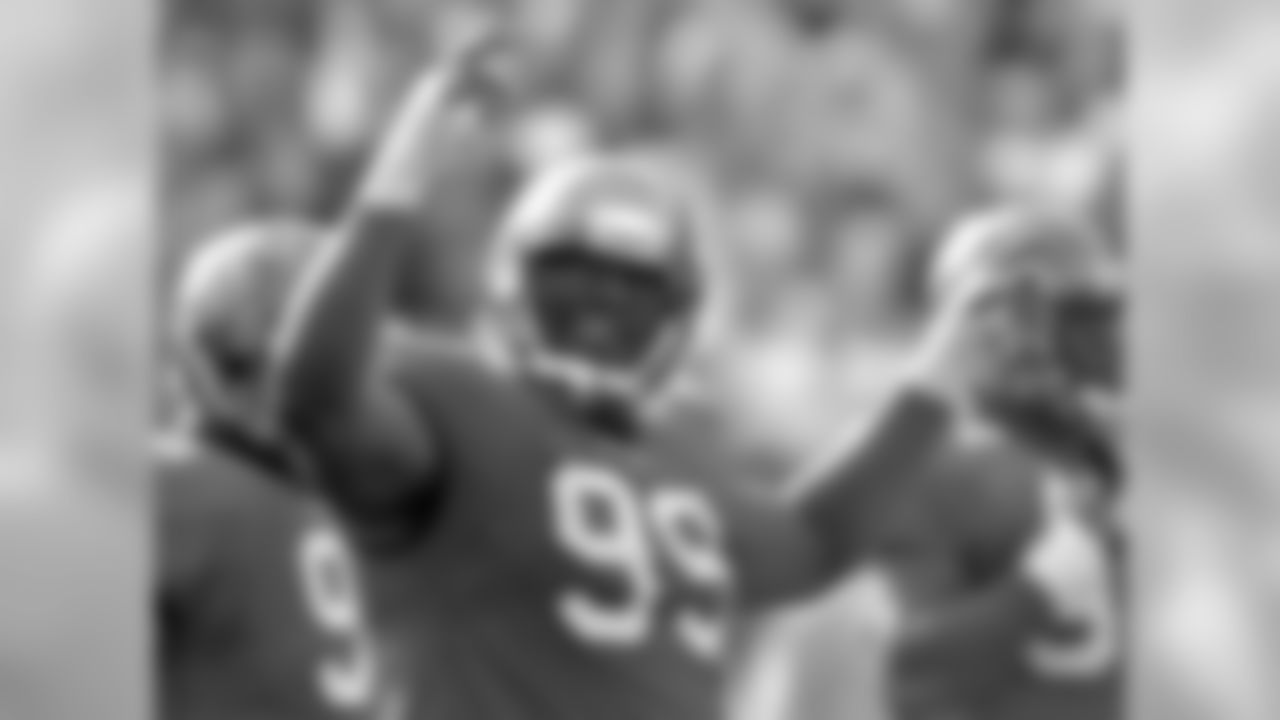
The best player selected at pick No. 12.
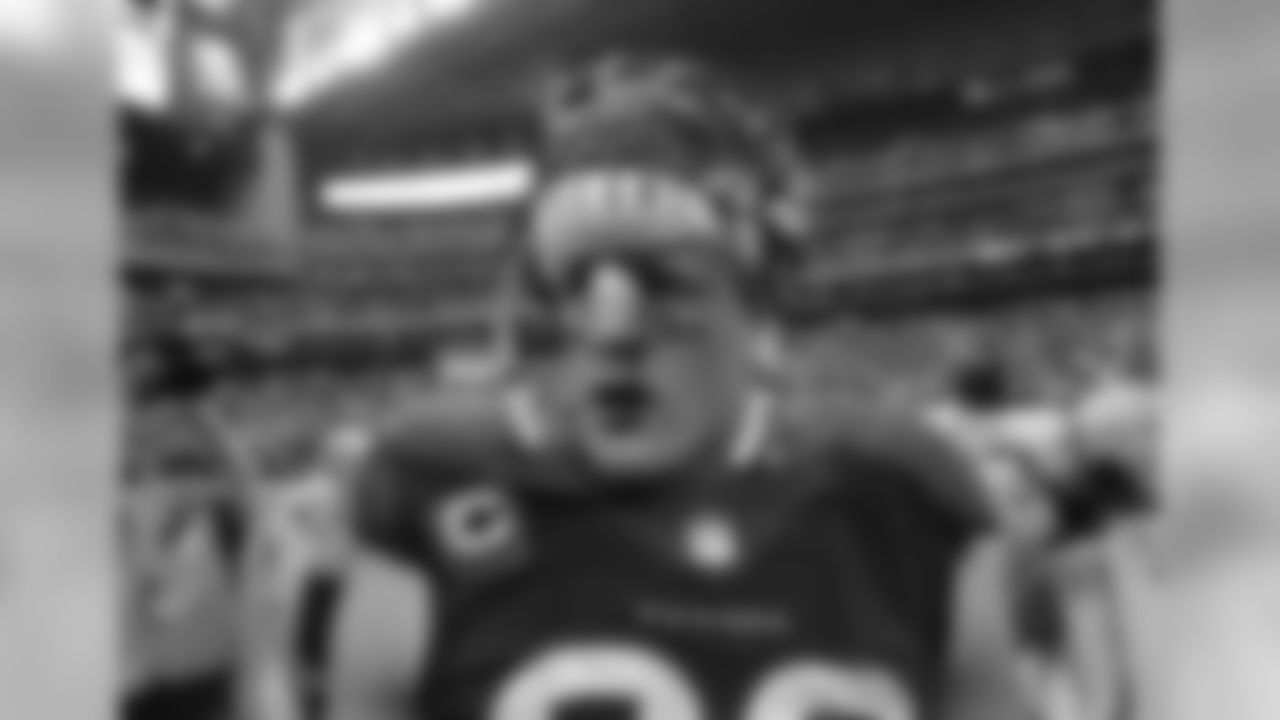
The best player selected at pick No. 11.
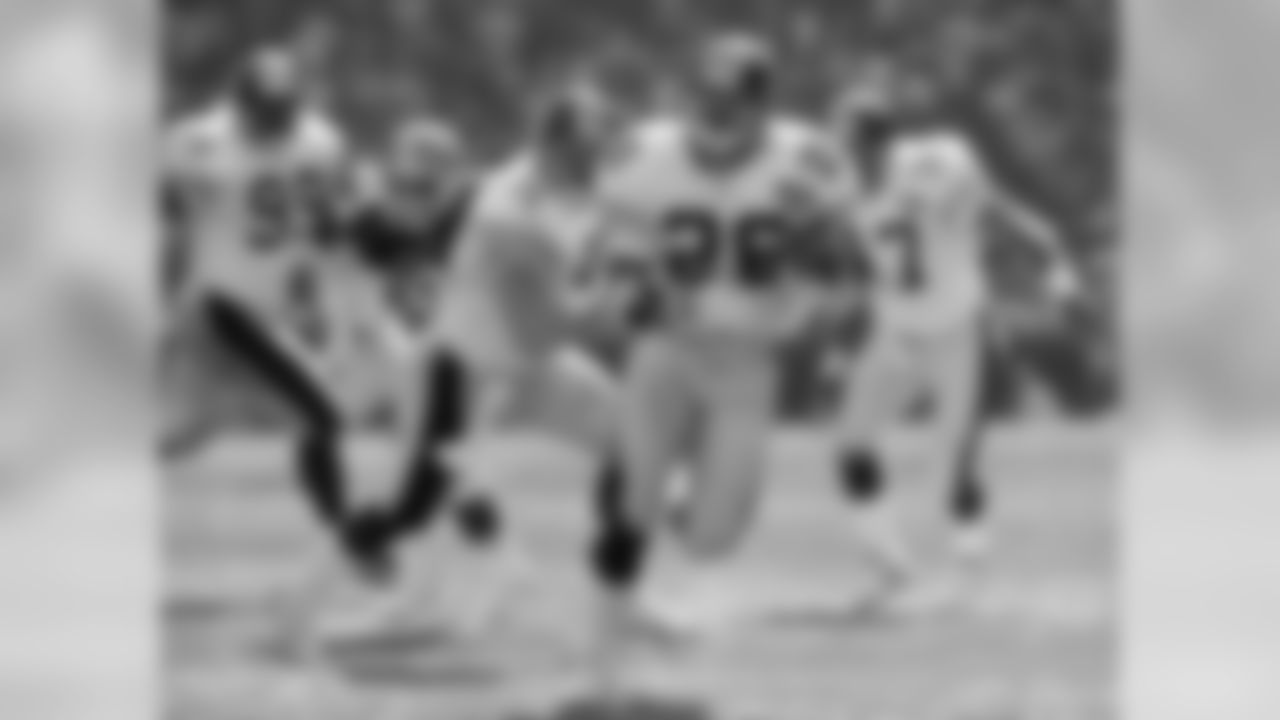
The best player selected at pick No. 10.
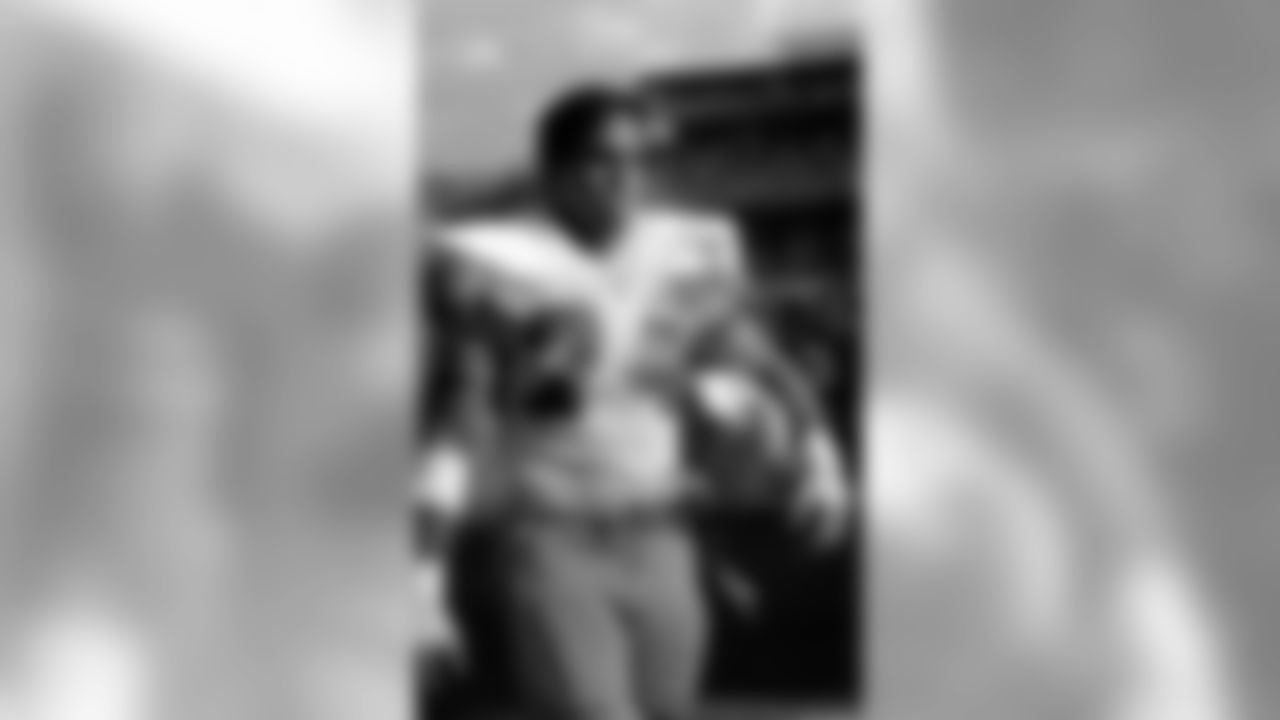
The best player selected at pick No. 9.
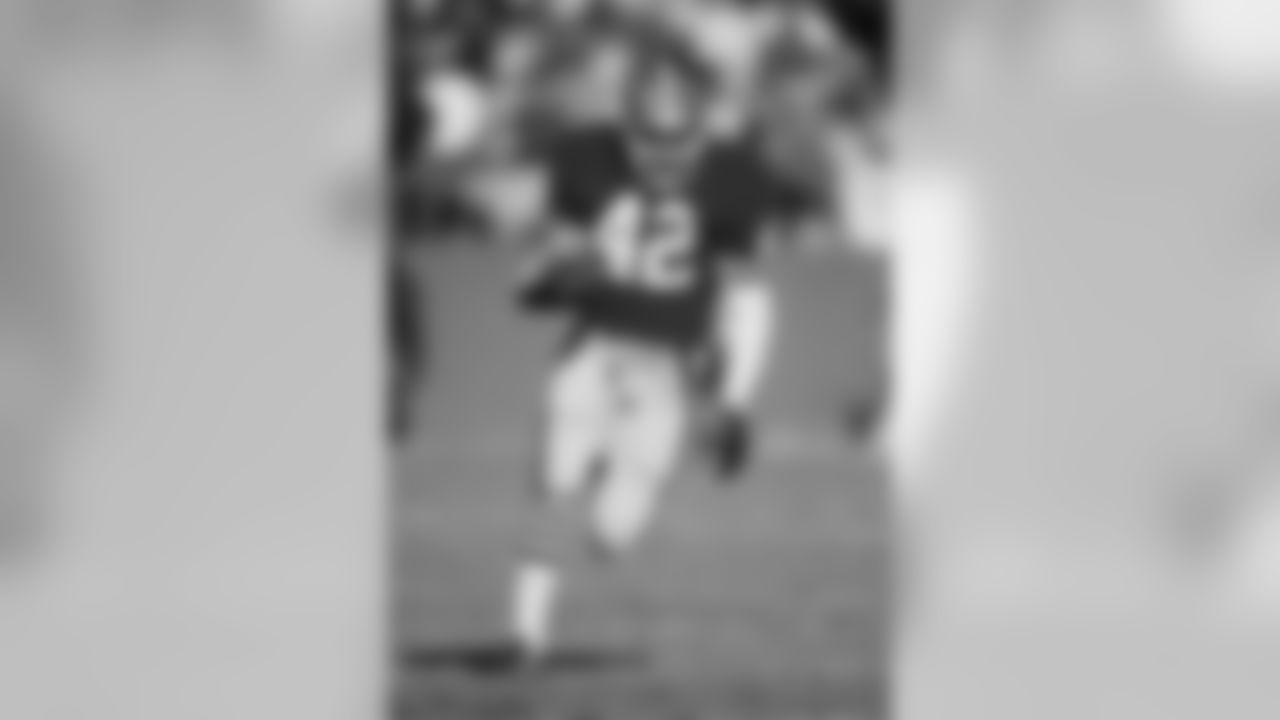
The best player selected at pick No. 8.

The best player selected at pick No. 7.
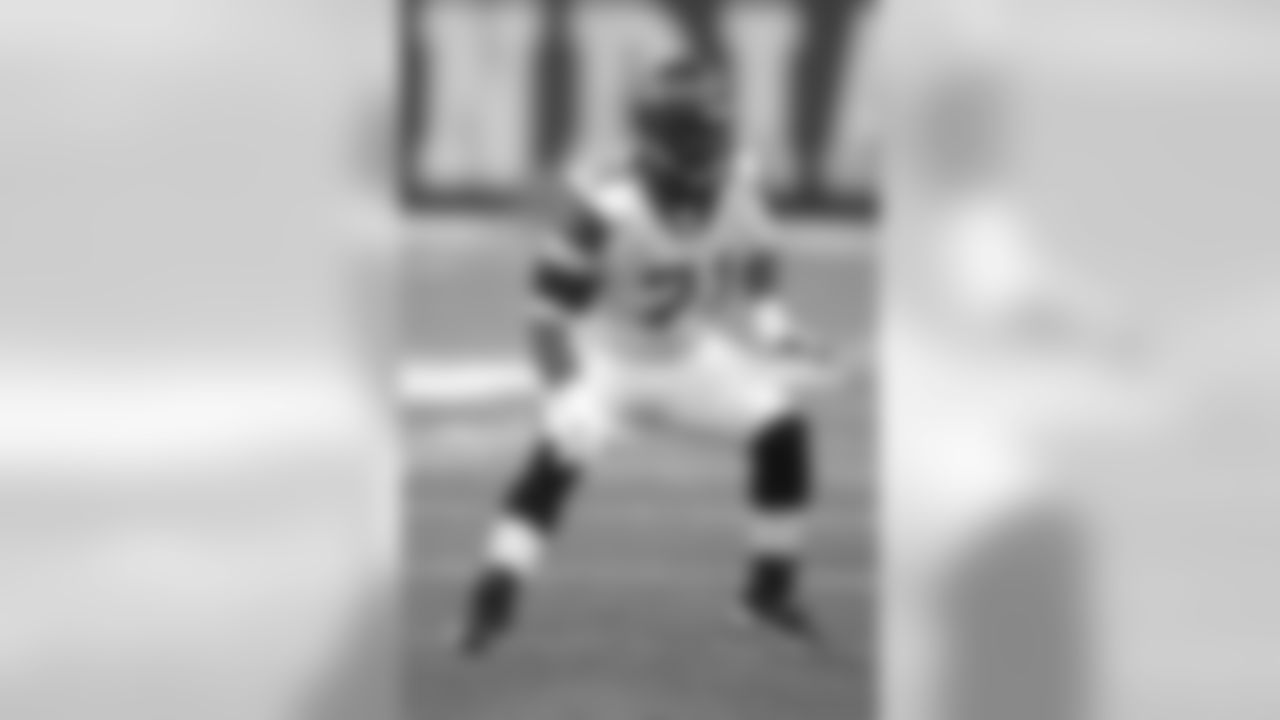
The best player selected at pick No. 6.
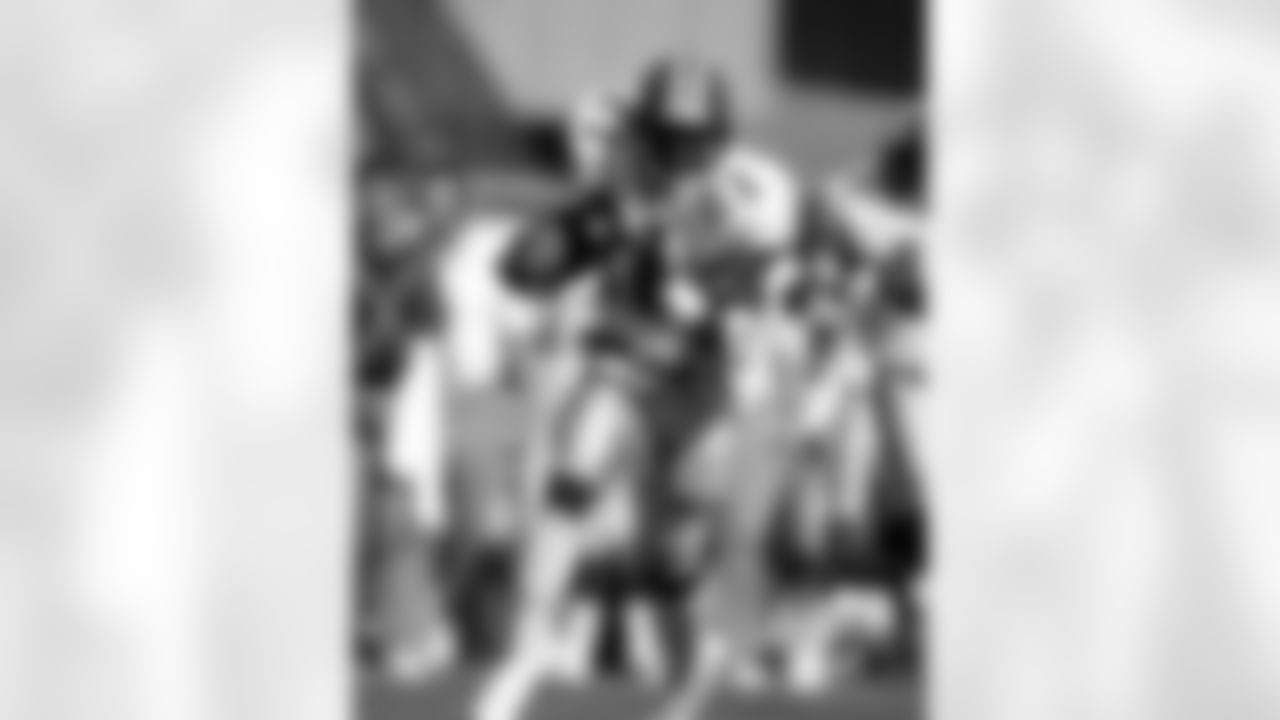
The best player selected at pick No. 5.
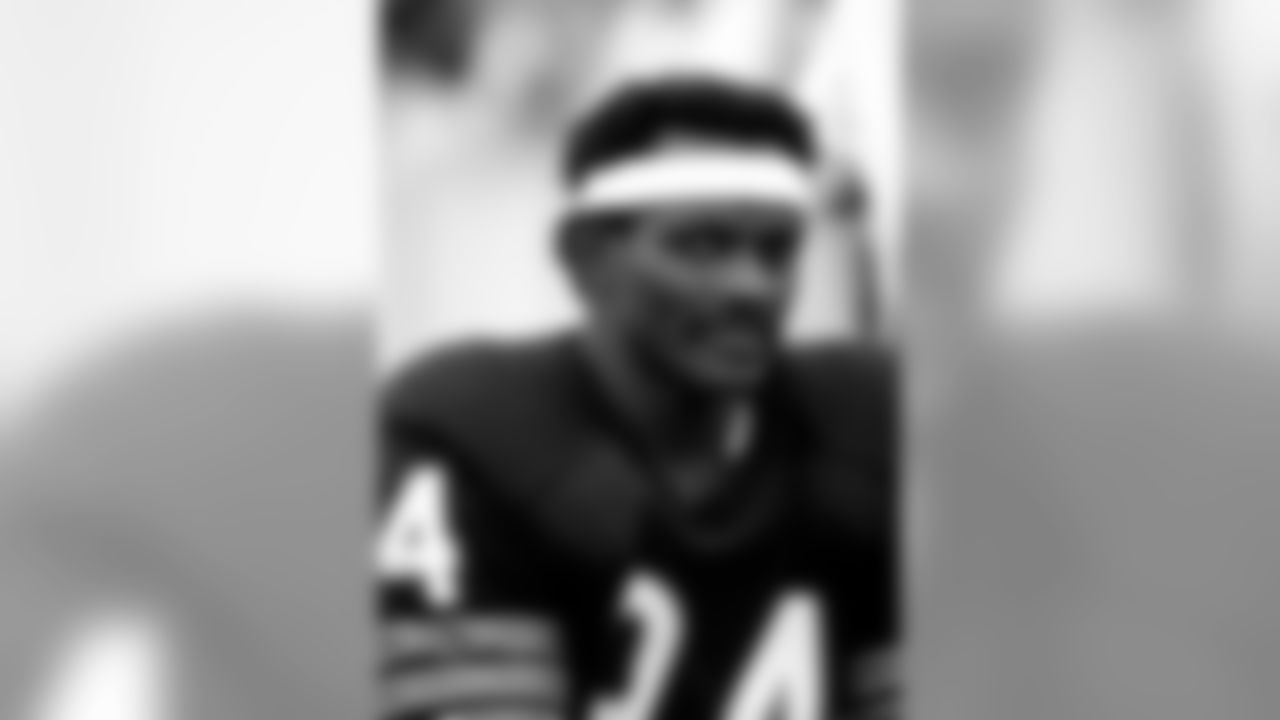
The best player selected at pick No. 4.
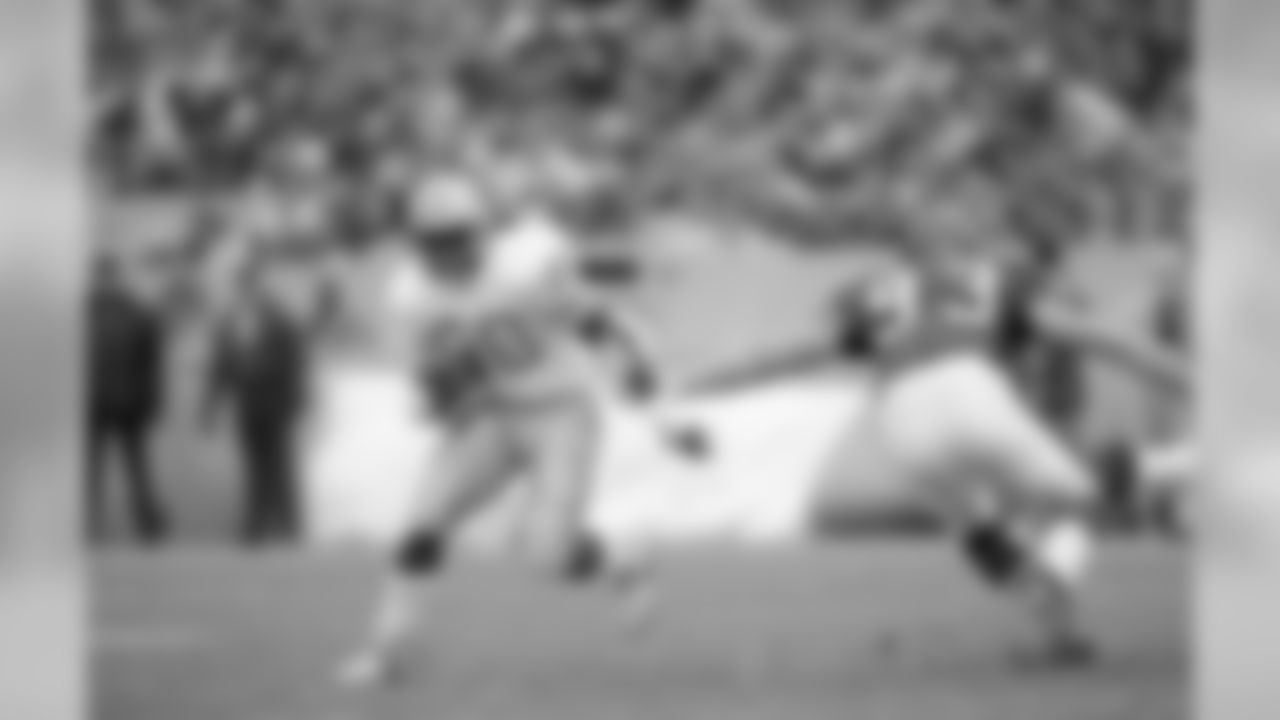
The best player selected at pick No. 3.
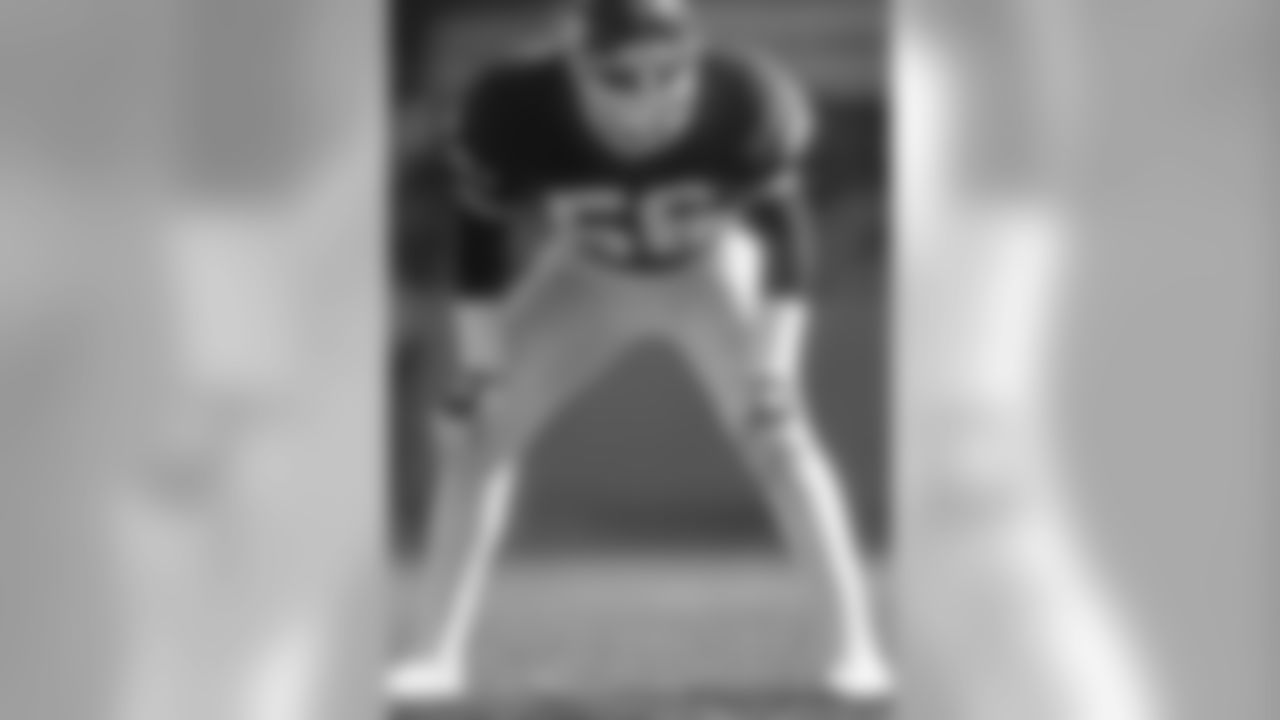
The best player selected at pick No. 2.
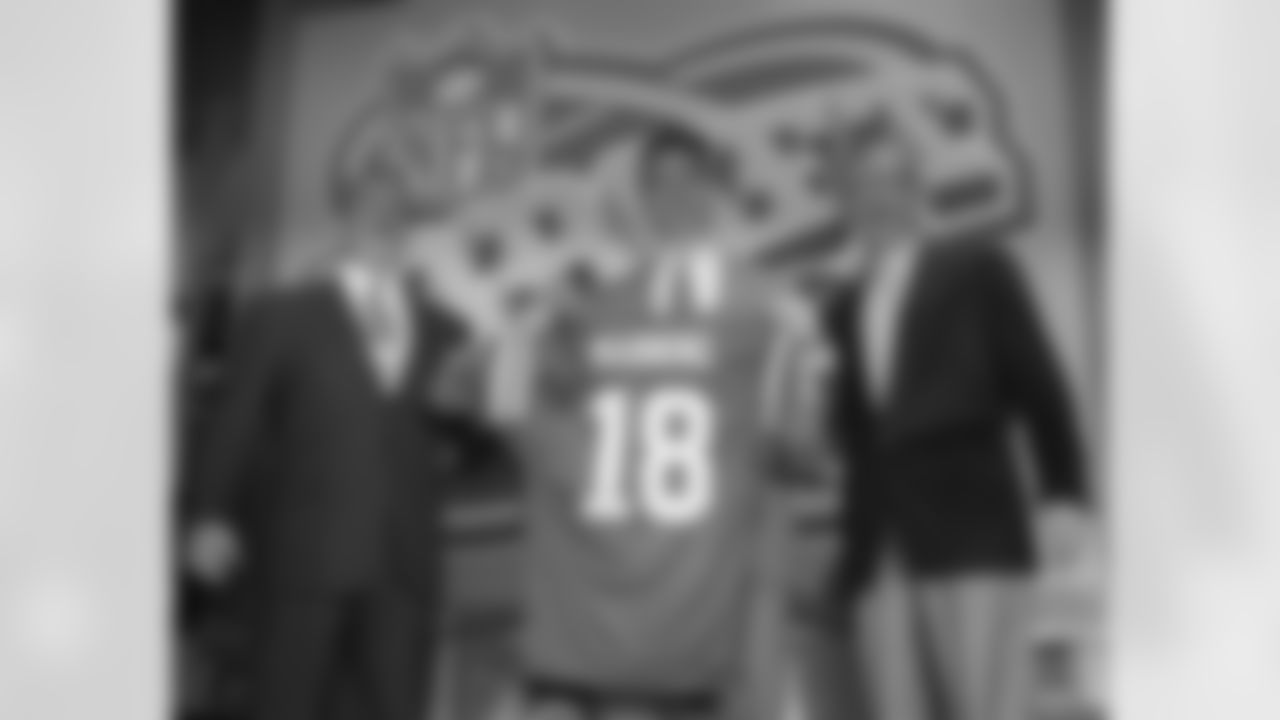
The best player selected at pick No. 1.
Related Links
Articles
Photos
Videos
Every NFL general manager says the same thing: The best way to build a team is through the draft. But what if you could build your team only through the draft? That's where best intentions can run into harsh realities.
One of those realities is that, barring trades, you only have one pick per season in each round. A lot of G.M.'s could rapidly put together a contending team if they could pick over and over in the first two rounds. Yes, NFL stars and draft busts come from every spot in the draft (and even from the ranks of the undrafted), but there is obviously a better shot at hitting it big in the early going.
The 2015 NFL Draft kicks off this week. The Tampa Bay Buccaneers will be attempting to use all of their picks, from #1 in Round One to #231 in Round Seven, to improve their current roster. In honor of this annual and gigantic event, let's take a look at this building-through-the-draft concept from more of a long-term angle. Specifically, what type of Buccaneers team could we build if we used the team's draft picks – and only the team's draft picks, from the last 39 years?
Let's call it the "Optimal Buccaneers Draft Team." We're trying to fill 22 spots – 11 each on offense and defense – and we have seven rounds, so we'll allow ourselves three picks in each round. Since the draft was 12 rounds from 1976 to 1992 and eight rounds in 1993, will call the last one "Round 7-Plus" and give ourselves four picks in that category, making for a neat 22 selections overall.
This is harder than it sounds. With only three first-round draft picks to utilize, we somehow have to choose between Lee Roy Selmon, Paul Gruber, Warren Sapp, Derrick Brooks, Warrick Dunn, Davin Joseph, Gerald McCoy and the most prominent (drafted) quarterbacks in team history. We can't have them all.
That's why this is the "optimal" Buccaneers draft team and not just an all-star team of previous Tampa Bay selections. That would be easy, and we would include all of the above. Instead, we had to make some hard decisions, giving up better players at some positions in order to at least find an adequate starter at another.
So let's take a look at the team we came up with first, and then discuss how we ended up with this particular 22-man squad. If any of the inclusions or (more likely) the omissions shock you, read on for an explanation as to how we came to these tough decisions. The numbers in parentheses by each player indicate the round in which he was taken; "7+" means anywhere from the seventh round on, and the actual round is then noted. We are drafting for a 4-3 defense and we are only considering what these players did as Buccaneers.
The Optimal Buccaneers Draft Team, 1976-2014
| QB – Craig Erickson (4) RB – James Wilder (2) RB – Mike Alstott (2) WR – Mark Carrier (3) WR – Gerald Carter (7+, 9) TE – Ron Hall (4) T – Paul Gruber (1) G – Cosey Coleman (2) C – Tony Mayberry (4) G – Jim Pyne (7+, 7) T – Pete Pierson (5) | DE – Lee Roy Selmon (1) DT – David Logan (7+, 12) DT – Santana Dotson (5) DE – Chidi Ahanotu (6) OLB – Derrick Brooks (1) ILB – Jeff Davis (5) OLB – Chris Washington (6) CB – Ronde Barber (3) CB – Curtis Jordan (6) S – John Lynch (3) S – Marty Carter (7+, 8) |
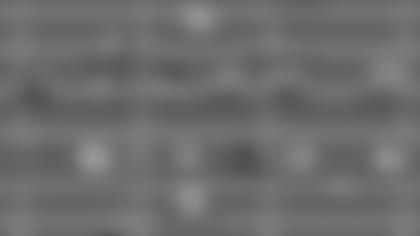
Allow us to anticipate your heated questions:
Where is Hall of Famer Warren Sapp? And for that matter Gerald McCoy? You could have had the most dominant defensive interior ever!
Remember that part about having to give at some spots just to find an adequate fill-in for another spot? Obviously, the first thing we did when we started to fill out this team was to slot in the Bucs' three Hall-of-Famers, Sapp, Selmon and Brooks. You couldn't start any better. But then we ran into a problem, or two problems really. We were really hurting on the offensive line and at quarterback, and an additional first-round choice would really help.
A fourth first-rounder wasn't an option, so we had to find a compromise. The reason we finally decided to take back our Sapp pick rather than Brooks or Selmon was because it was easier for us to find good fill-ins at defensive tackle from later rounds than it was at defensive end. No, our interior line isn't as good as it would be if we had Sapp and McCoy, but a tandem of Santana Dotson and David Logan gets the job done nicely, and at the cost of only fifth and seventh-round picks. This allows us to re-assign Sapp's first-rounder to Paul Gruber, which makes a huge difference on the other line.
READ:Mock Draft Roundup, Final RoundCraig Erickson seems like a strange choice to put at quarterback, the most important position on the field. Was he the best option to lead our offense?
One thing to keep in mind here is that some of the more successful quarterbacks in team history have been free agent acquisitions. That was the case for Brad Johnson, the Super Bowl-winning QB, as well as Jeff Garcia and even Steve DeBerg, who is the Bucs' sixth all-time leading passer. The others? Well, they're first-round picks, and we're kind of running low on those. Having already given up Warren Sapp, do you want to also lose Lee Roy Selmon or Derrick Brooks in order to get Doug Williams, Trent Dilfer, Josh Freeman or Vinny Testaverde? Didn't think so.
Go down the Buccaneers' list of all-time leading passers and the first one you get to who wasn't a free agent or a first-round pick is Craig Erickson, at #7. Erickson did have a decent two-year run from 1992-93, throwing for about 6,000 yards and 36 touchdowns while on a somewhat talent-starved squad, and the Colts thought highly enough of him in 1995 to give the Bucs a first-round pick in a trade. The best part is that Erickson comes at the cost of a fourth-round pick.
You talk about the importance of premium picks and then you spend not one but two of your second-rounders on running backs. Was that wise?
That's a valid point, but it's just the way it worked out. We slotted Mike Alstott in early as the first of our second-round options because we liked his versatility and figured we could pair him with a more traditional tailback from a lower spot in the draft. As we continued to fill in the rest of the team, we ended up holding our other two second-rounders until nearly the end, just by coincidence. That worked out well when we had one running back spot and one cornerback spot left and were able to nab James Wilder and Brian Kelly.
A look at fullback Mike Alstott's career.
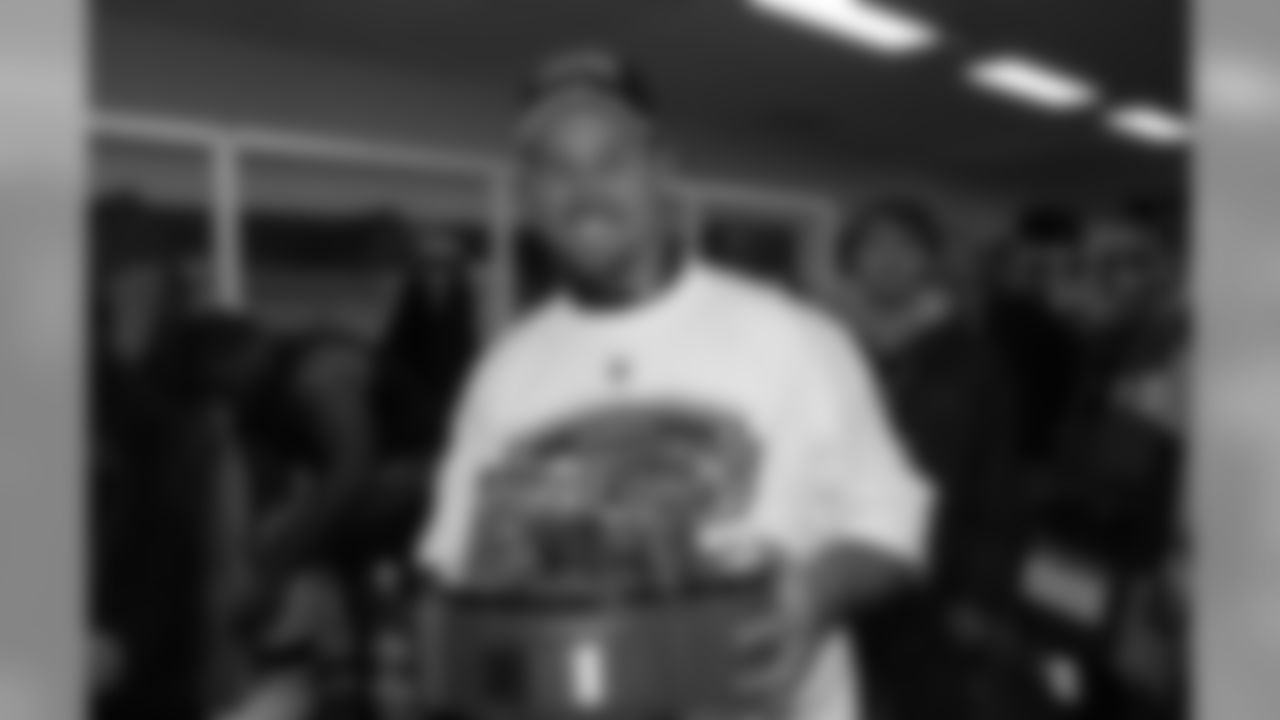

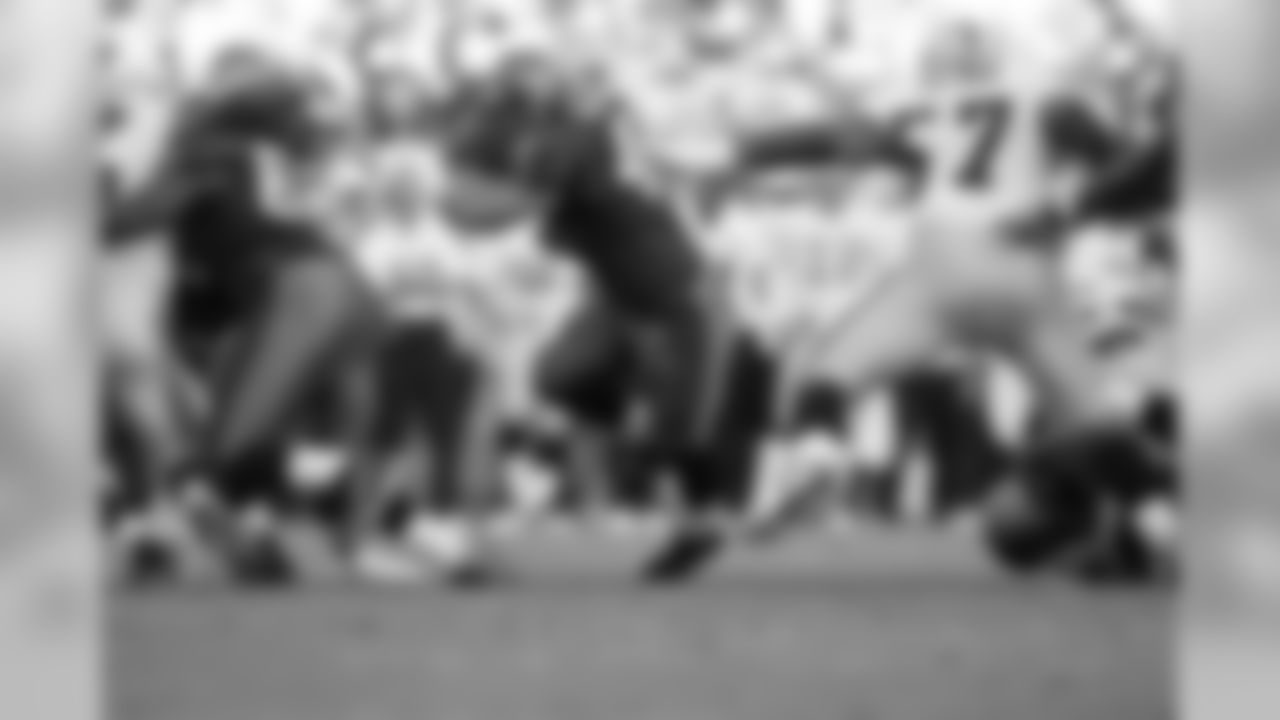
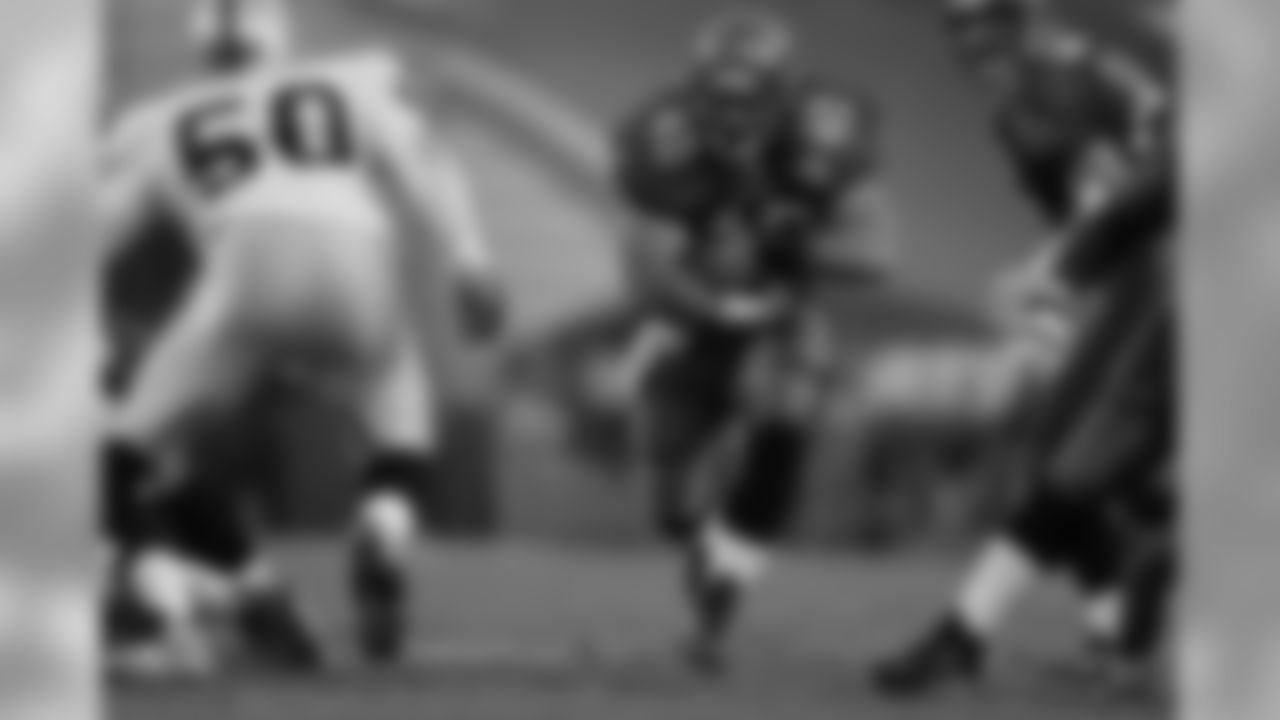
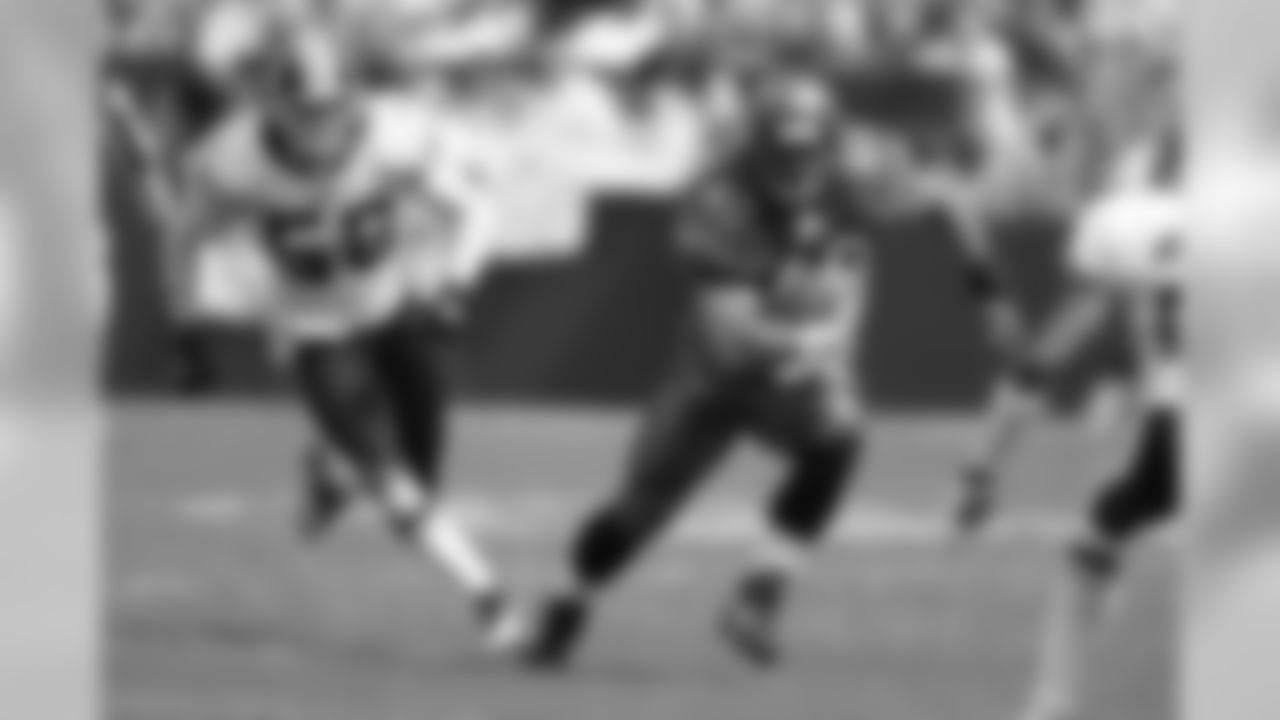
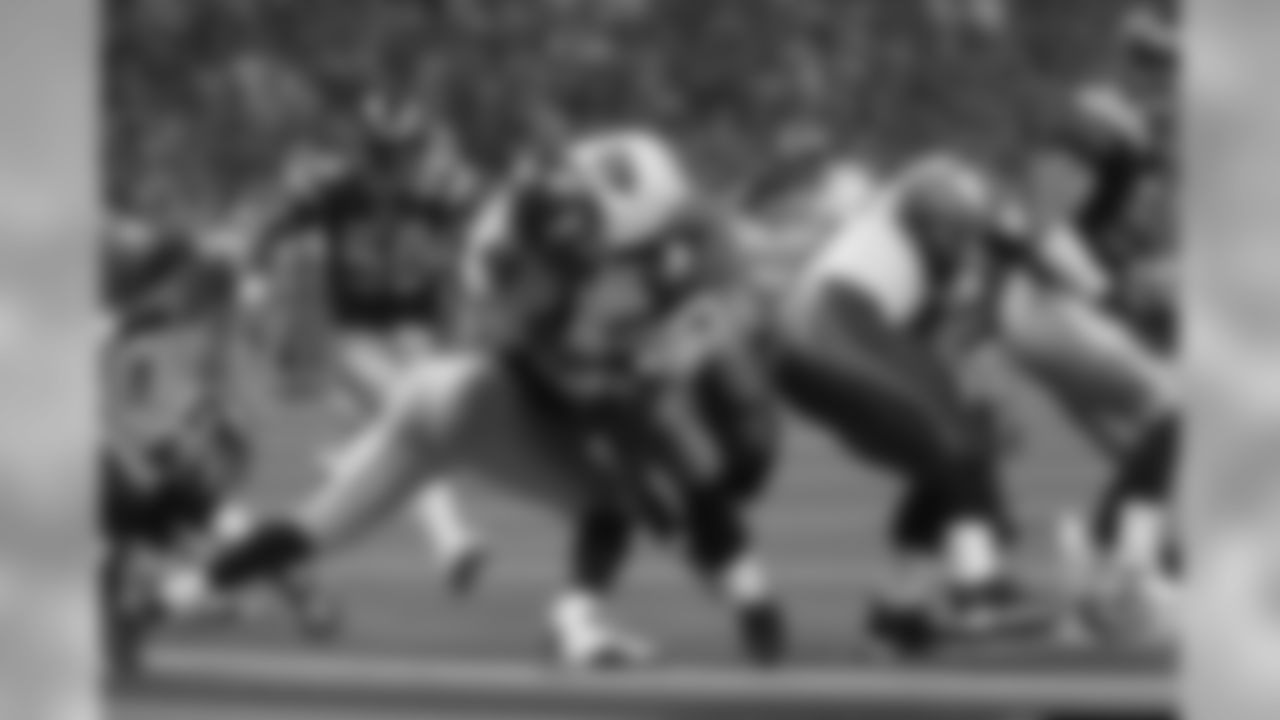
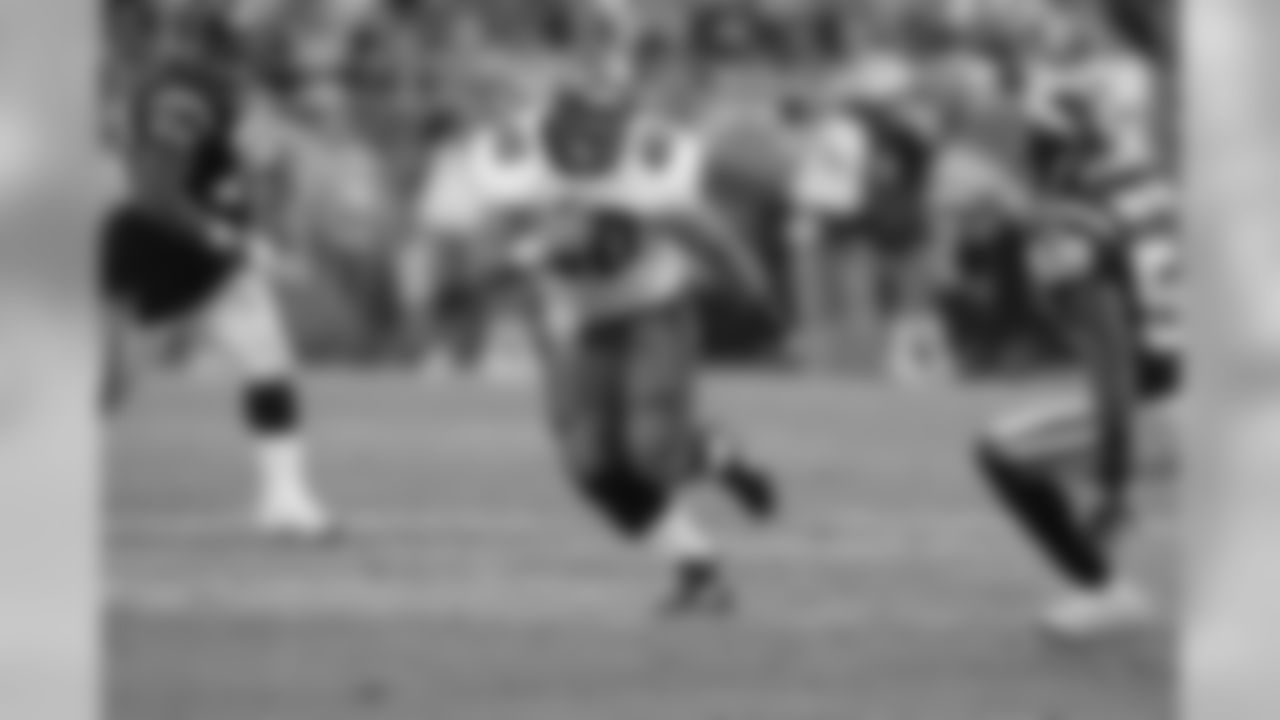
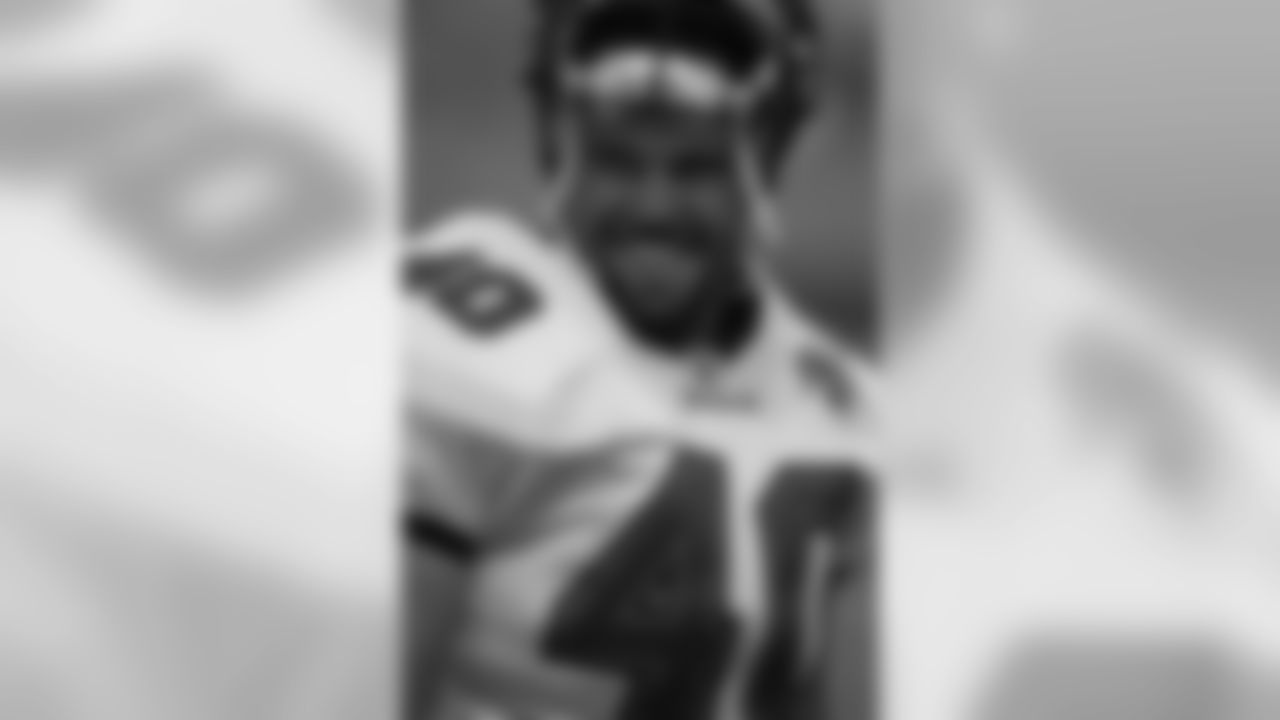
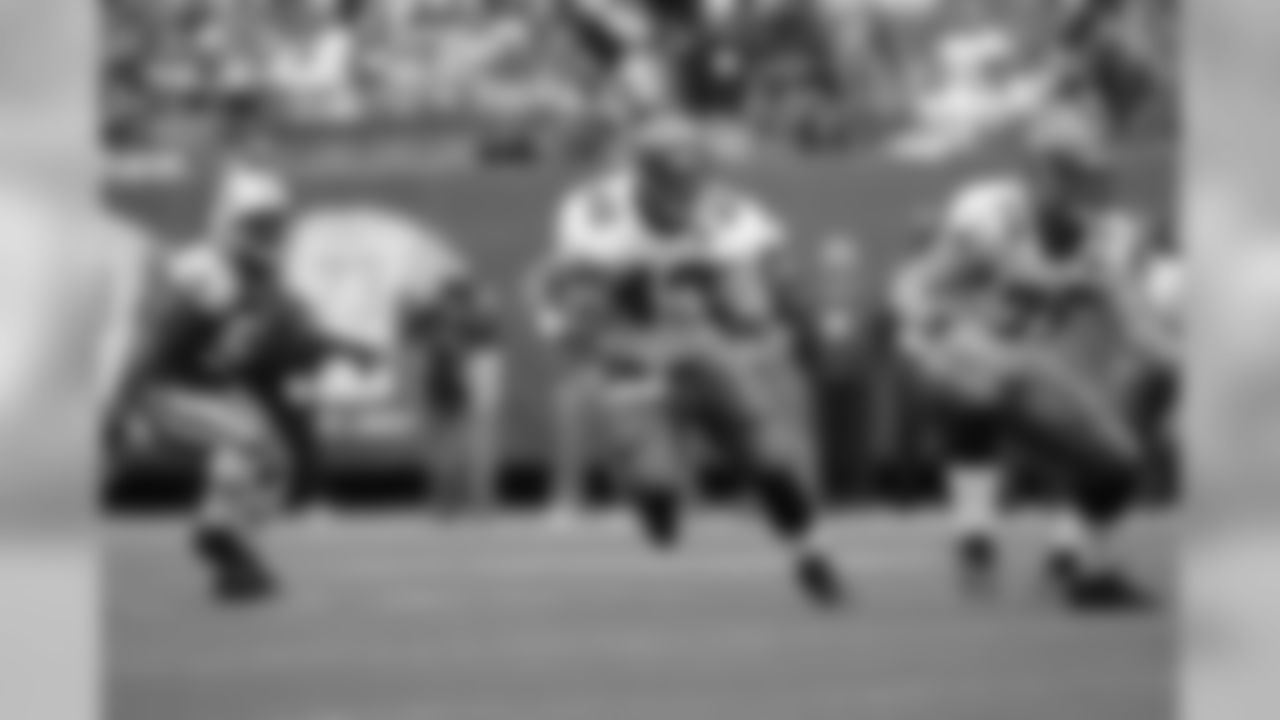
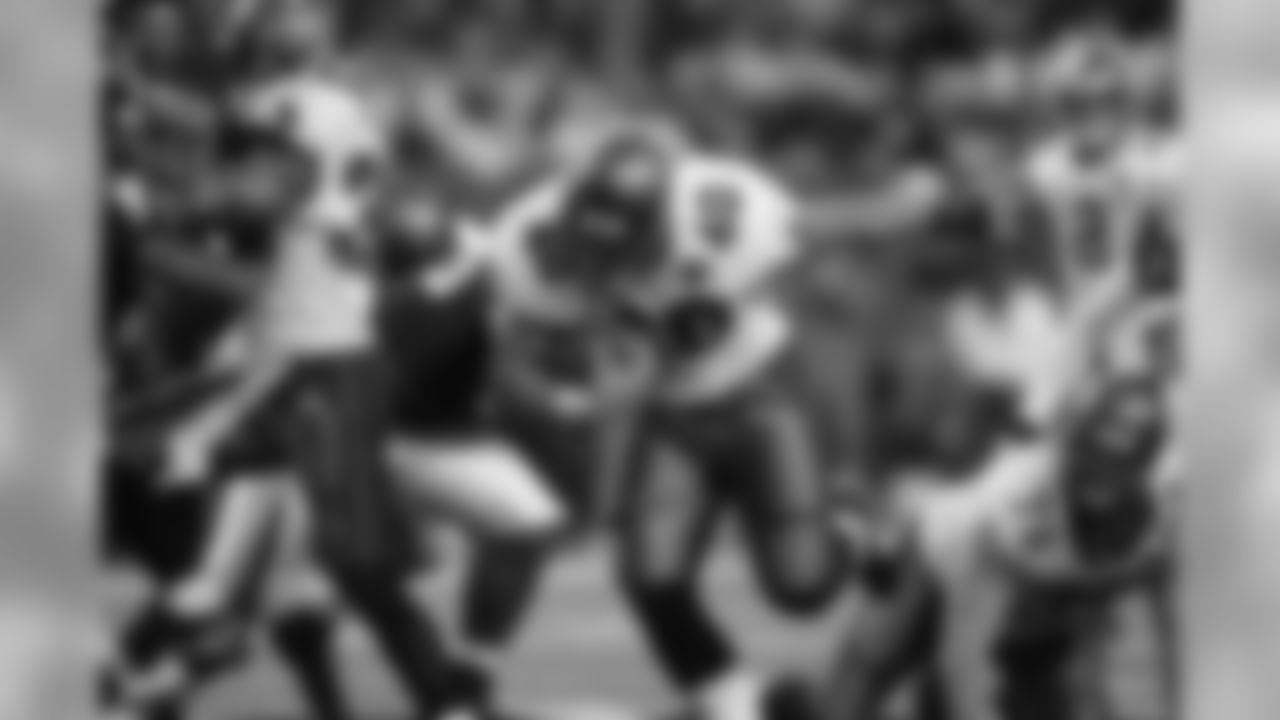
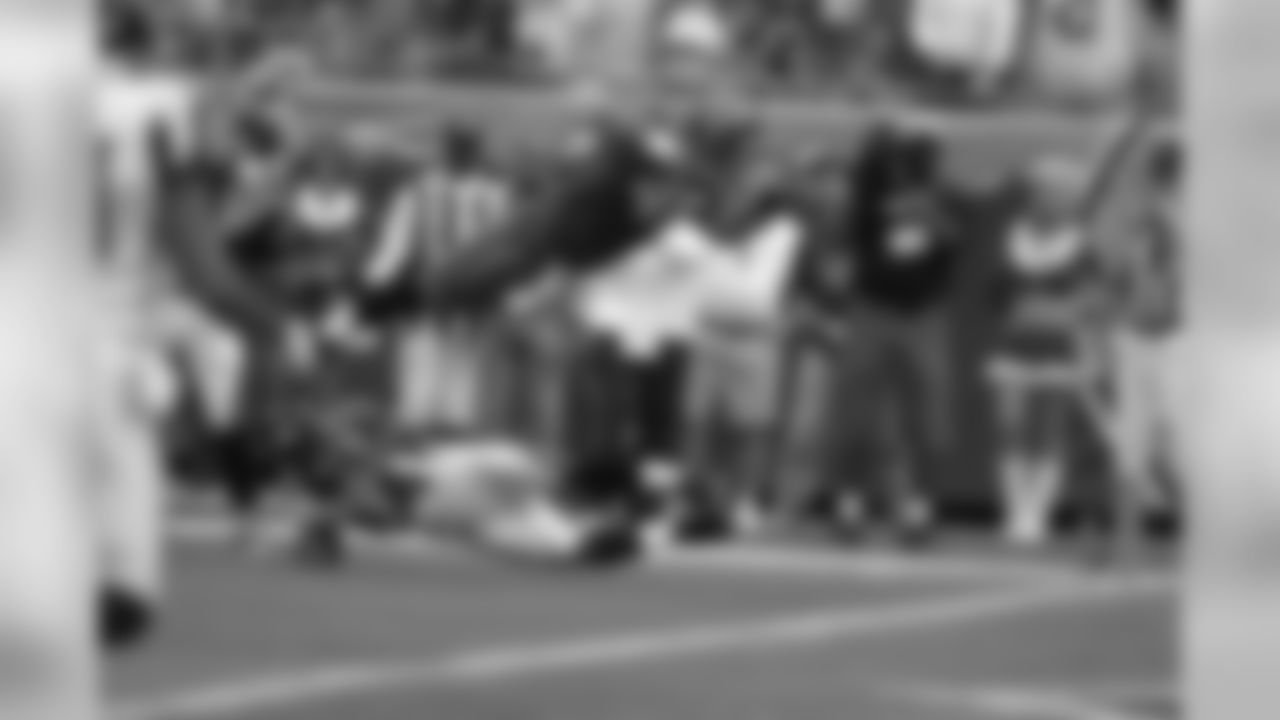


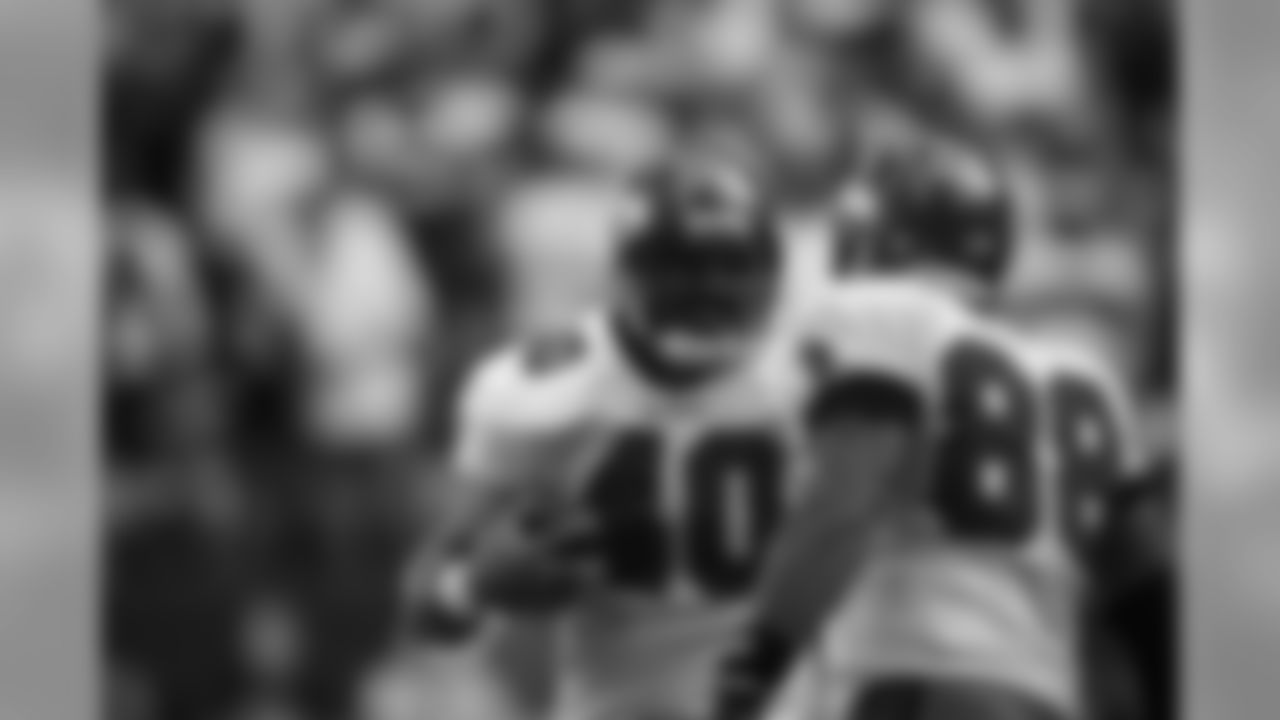
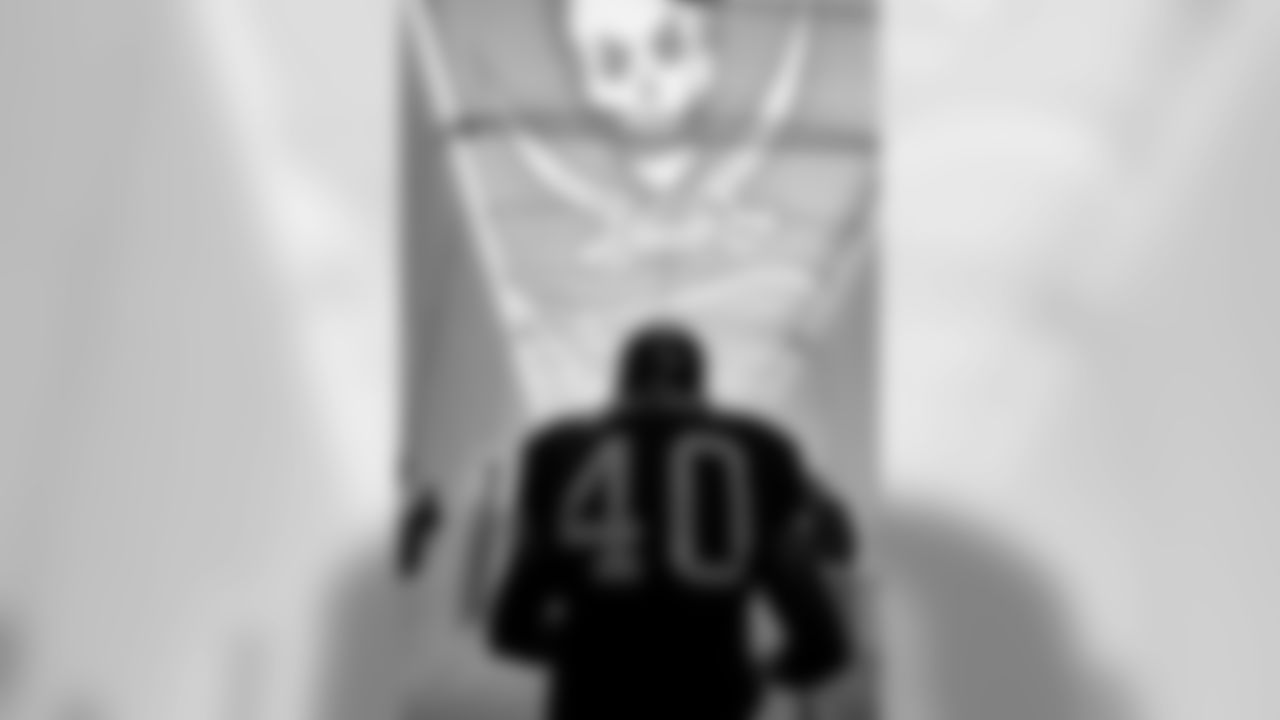
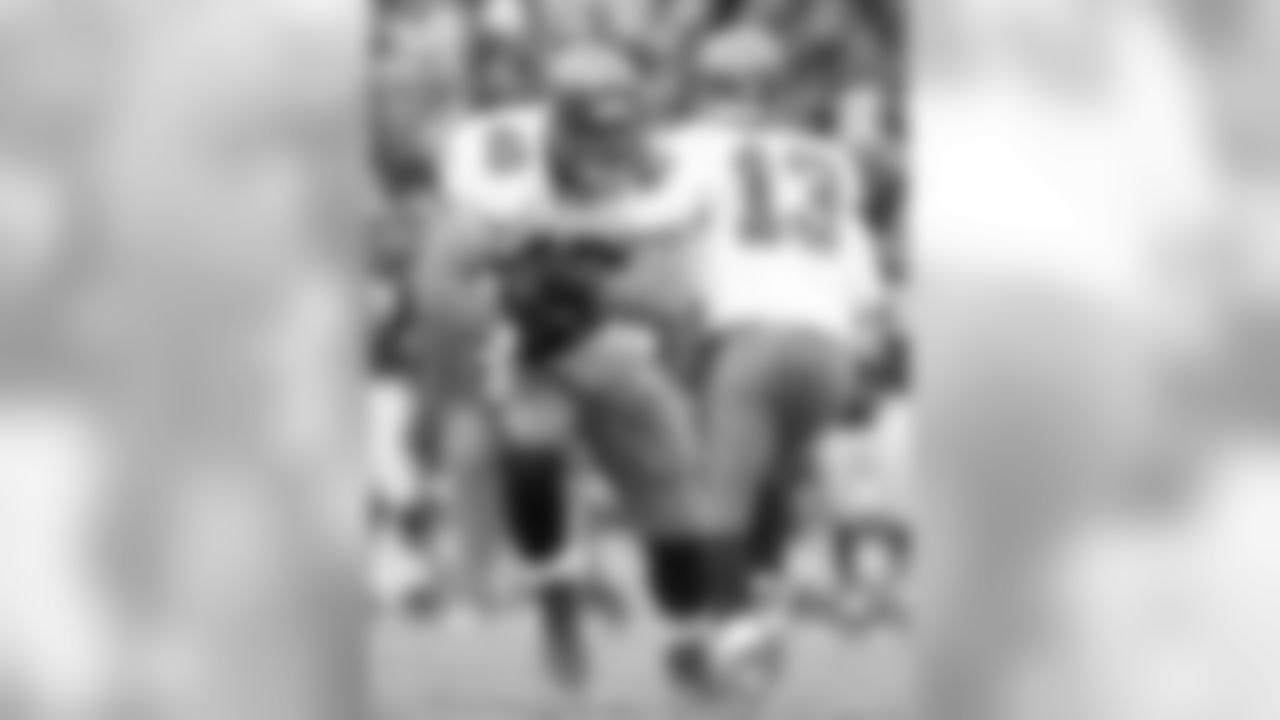
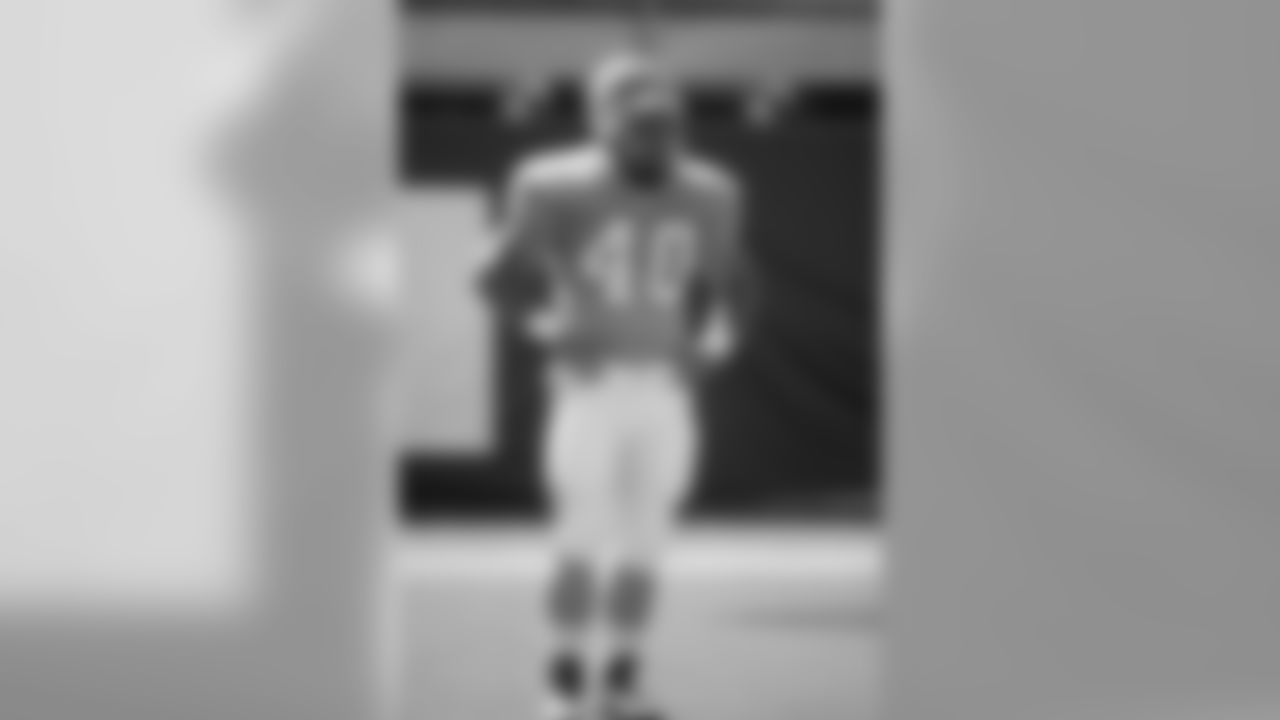
That was the plan, at least. You've probably noticed that Kelly is not our final team. That proved to be a tough loss that was part of a chain reaction necessitated by the Craig Erickson pick. See, quarterback was the last remaining spot on our team and all we had left was a sixth-round pick. There actually was a sixth-round quarterback available – Bruce Gradkowski – but that seemed like a stretch and we didn't want to take the lazy way out.
So we took Erickson, which meant we had to free up a fourth-rounder and somehow work this back around to a sixth-round opening. The first part of that solution was to swap out our first pick as the offensive tackle opposite Gruber, losing Ron Heller (a fourth-rounder) and taking Pete Pierson (a fifth-rounder) instead. Now with one too many fifth-rounders we gave up Ian Beckles and replaced him with Cosey Coleman (a 2nd-rounder) at guard. Actually, we slightly prefer Coleman, a starter on the Super Bowl team, but hadn't want to use a second-round pick on guard.
Which brings us back to Kelly. With Coleman added, we had to lose either Alstott, Wilder or Kelly from our original group of second-rounders and replace that spot with a sixth-rounder. You would think that it would be easier to replace one of the running backs than a cornerback, but the Buccaneers have made a habit through the years of taking backs in the second round. Wilder, Alstott, Reggie Cobb, Errict Rhett, Lars Tate and Jimmy DuBose were all second-rounders. We can't make room in the first round for the likes of Warrick Dunn, Doug Martin, Ricky Bell or Cadillac Williams, and Jerry Eckwood was a third-rounder, which is also full with the likes of Ronde Barber, John Lynch and Mark Carrier. There were no real sixth-round options.
So we left our running back tandem alone – conveniently getting the top two rushers and touchdown scorers in franchise history – and went searching for a cornerback. Fortunately, we found Curtis Jordan, who may not be a top-five or even top-10 corner in franchise history but he did fill the role reasonably well for the Buccaneers from 1976-80, playing in 71 games and starting 33. No offense to Mr. Jordan, but that's probably the weakest spot on the team. Fortunately, we have possible Hall-of-Famers Ronde Barber and John Lynch and the underrated Marty Carter to keep the secondary strong around him.
Where's the strength of this team? What's the biggest weakness?
Amazingly, even without Sapp and McCoy, this squad has a pretty impressive defensive line. Getting Chidi Ahanotu at a sixth-round value and Santana Dotson at a fifth-round price helps a lot. Ahanotu was a very productive player for the Bucs who is actually a really good complement on the left end to Selmon on the right side. Those two could wreak a lot of havoc off the ends. In the middle, Logan can hold the gap while Dotson, who had 10 sacks for the Buccaneers as a rookie in 1992, can pressure the passer.
The most valuable draft pick in each team's history, according to NFL.com's Jim Reineking.
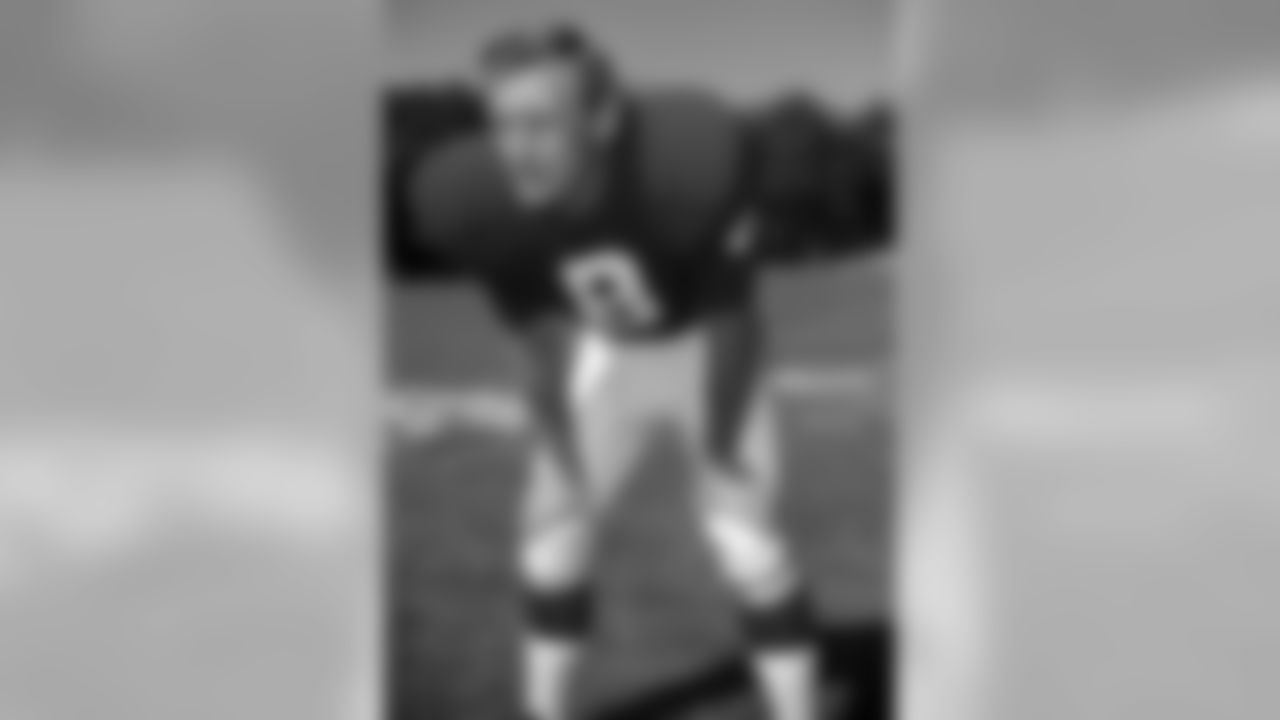
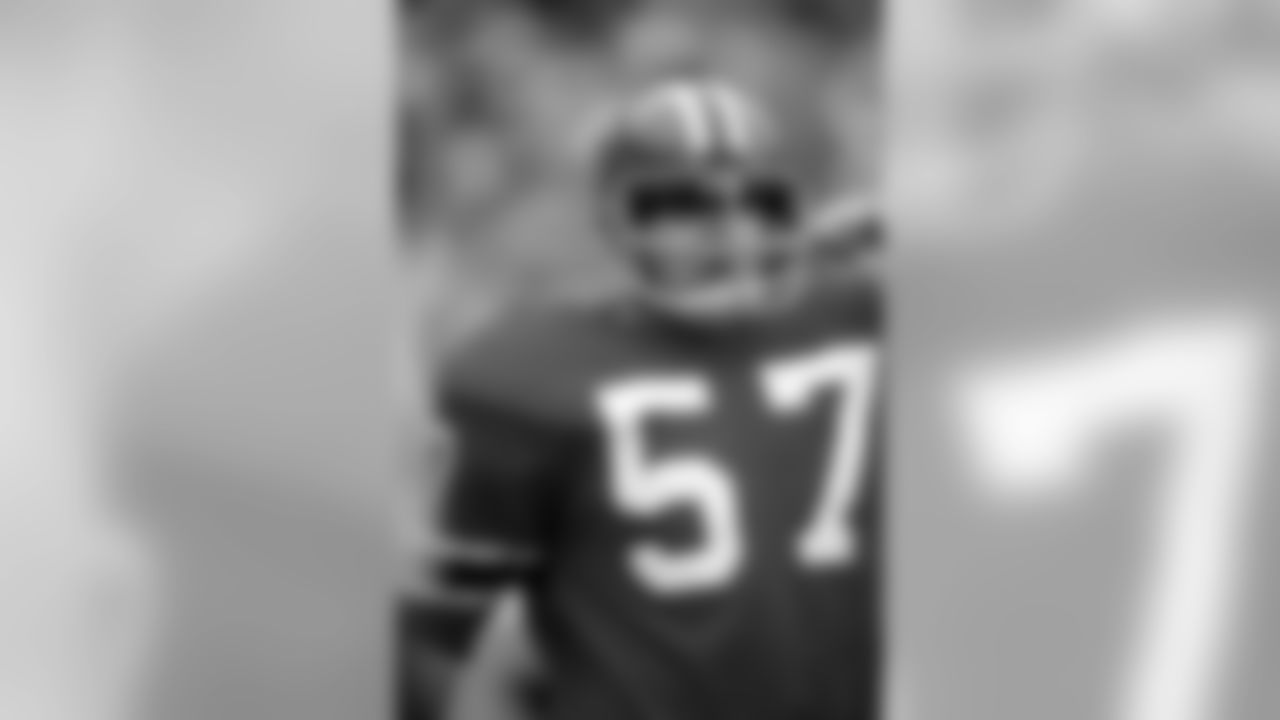
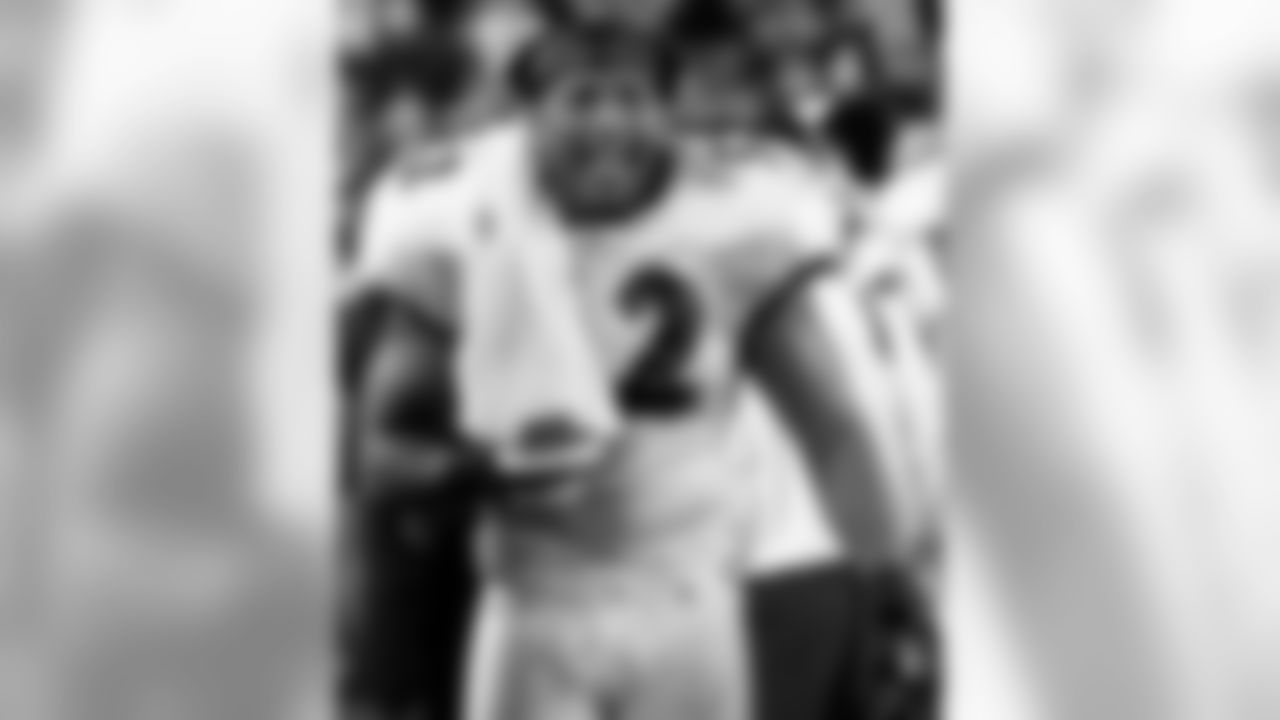
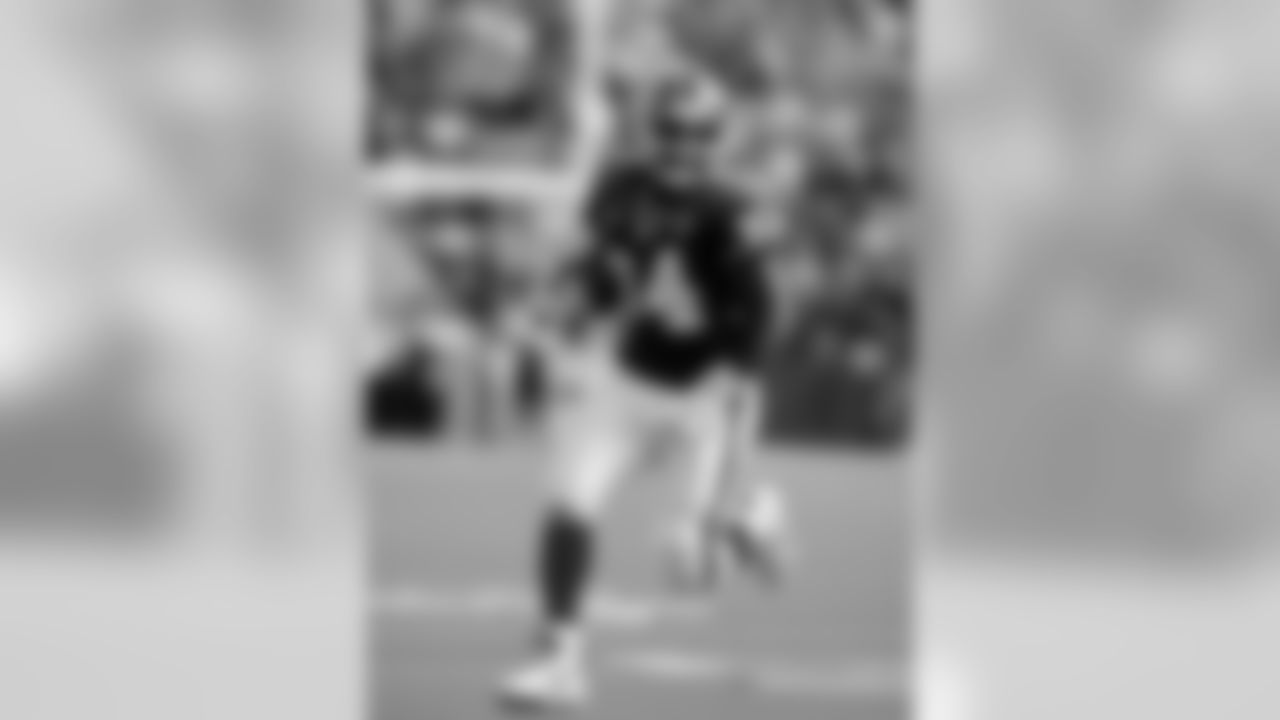
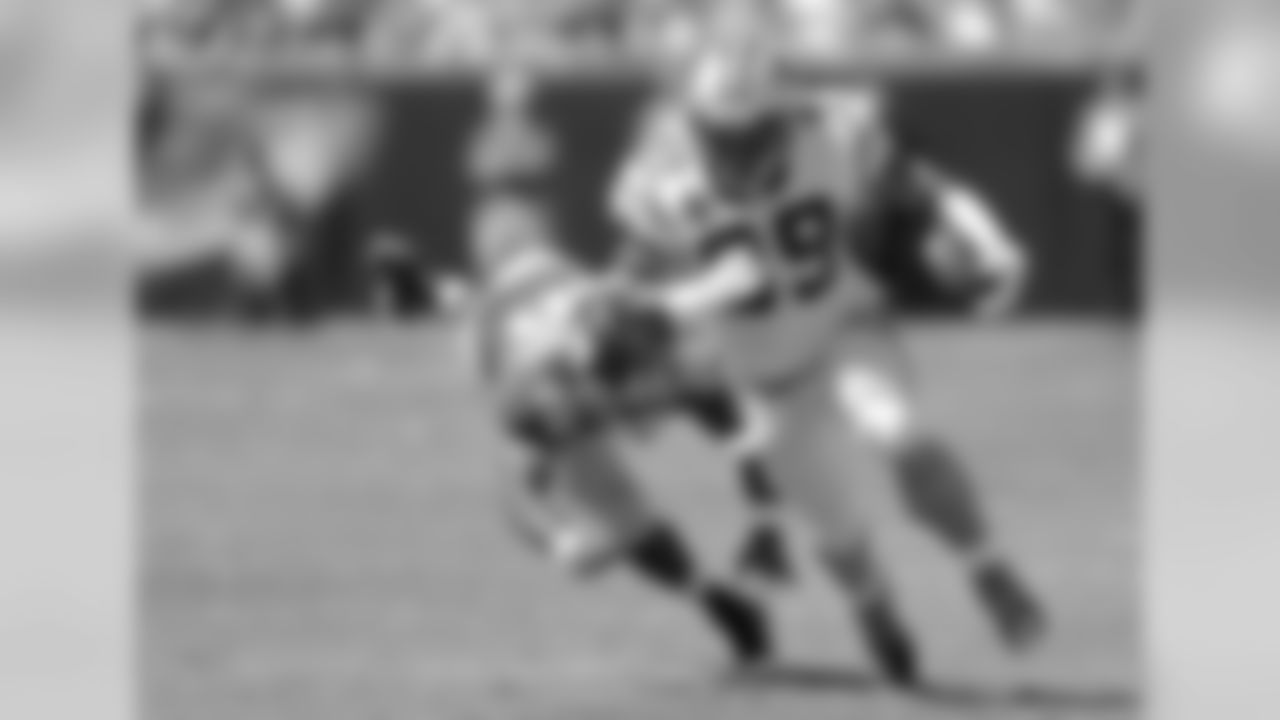

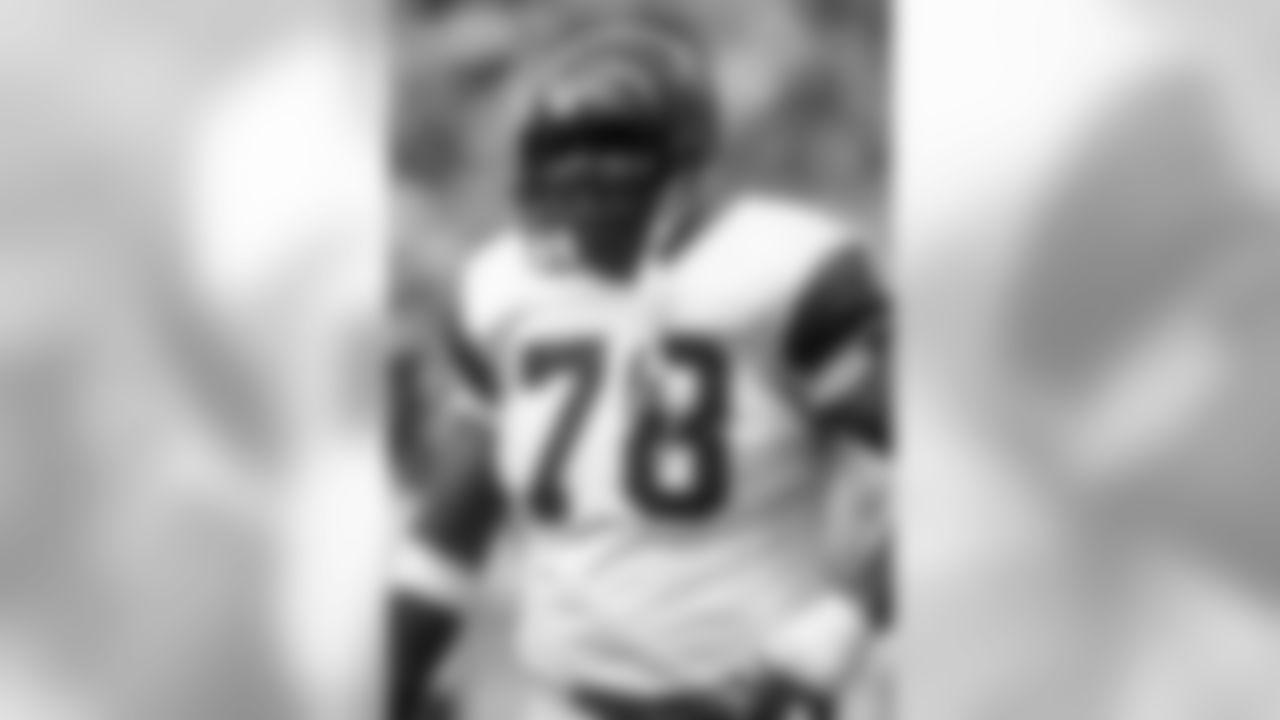
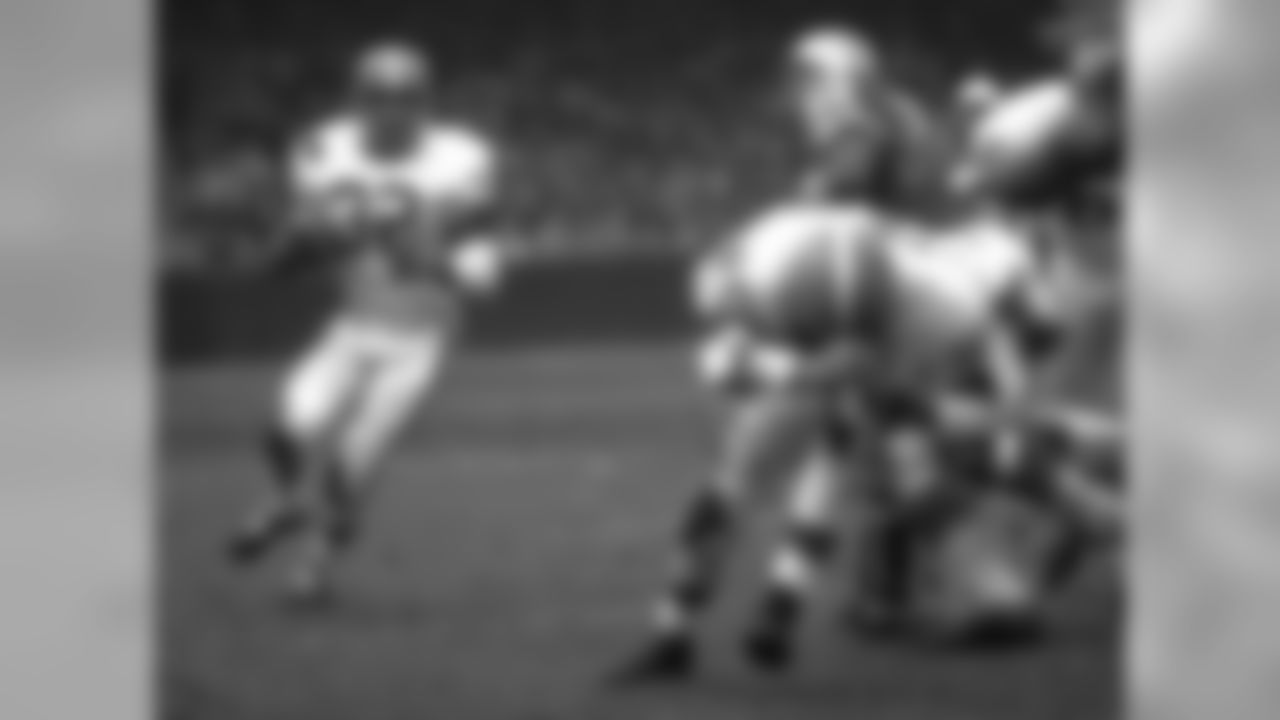
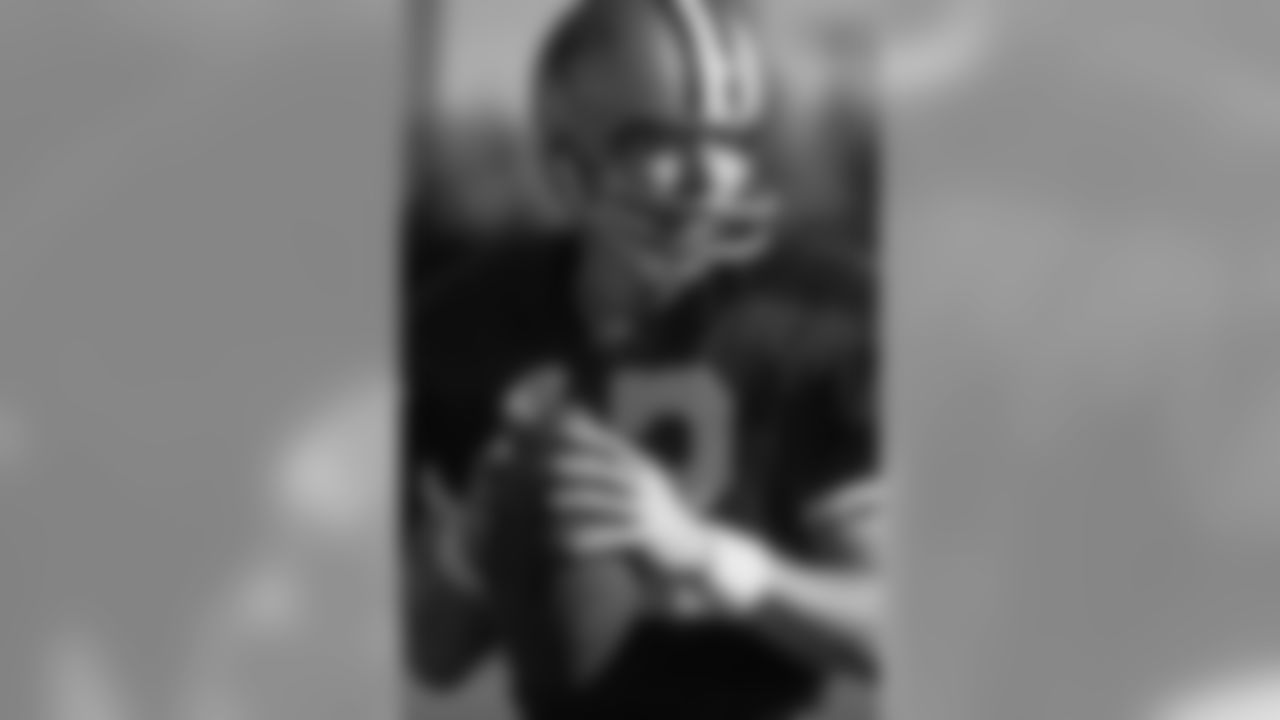
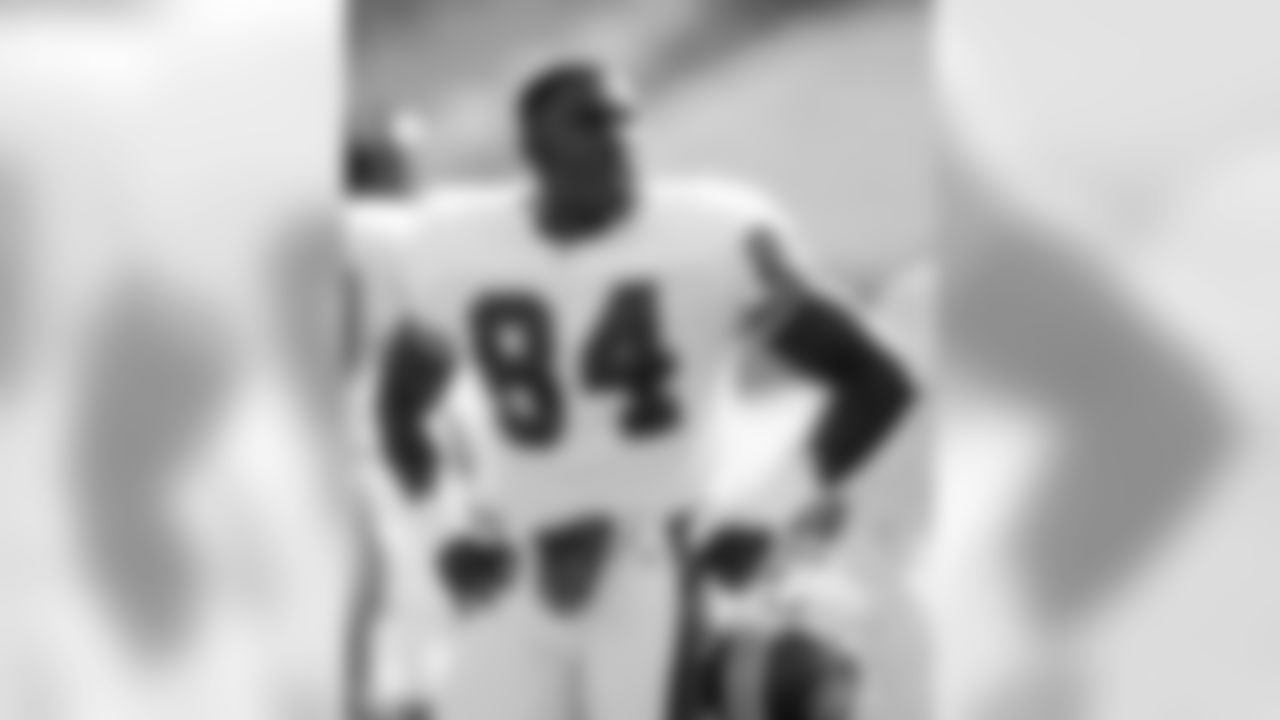
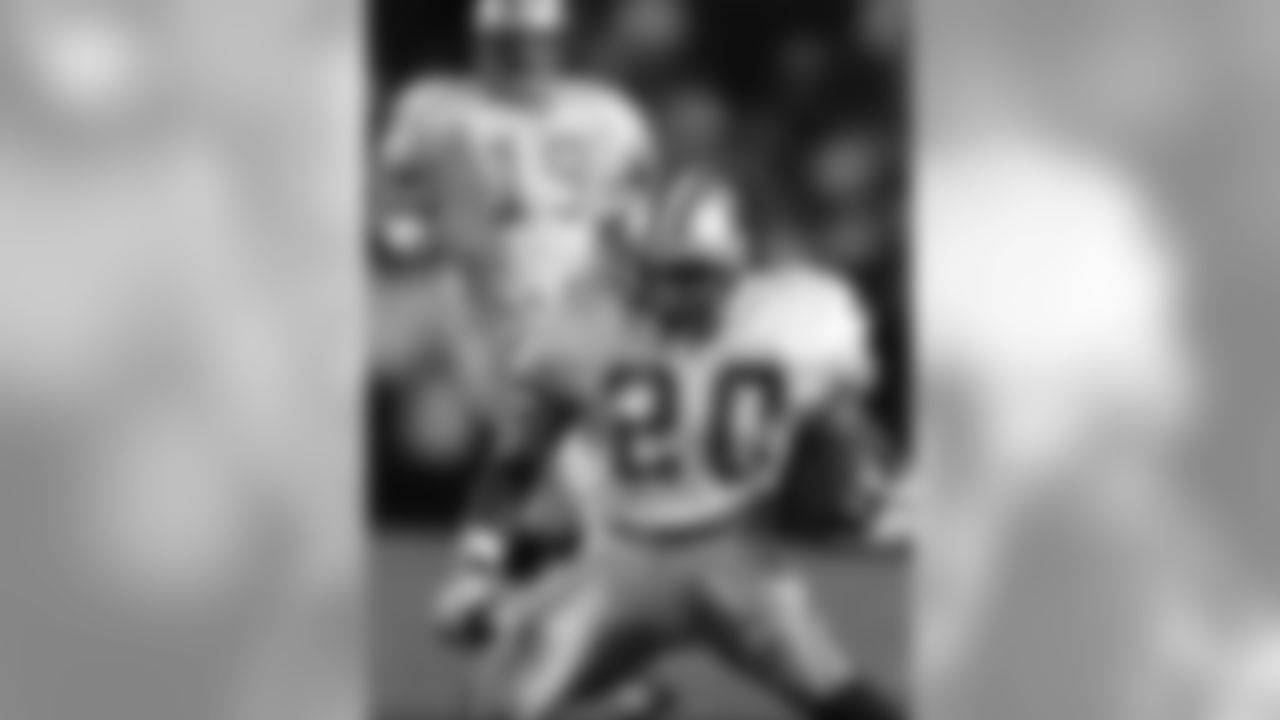
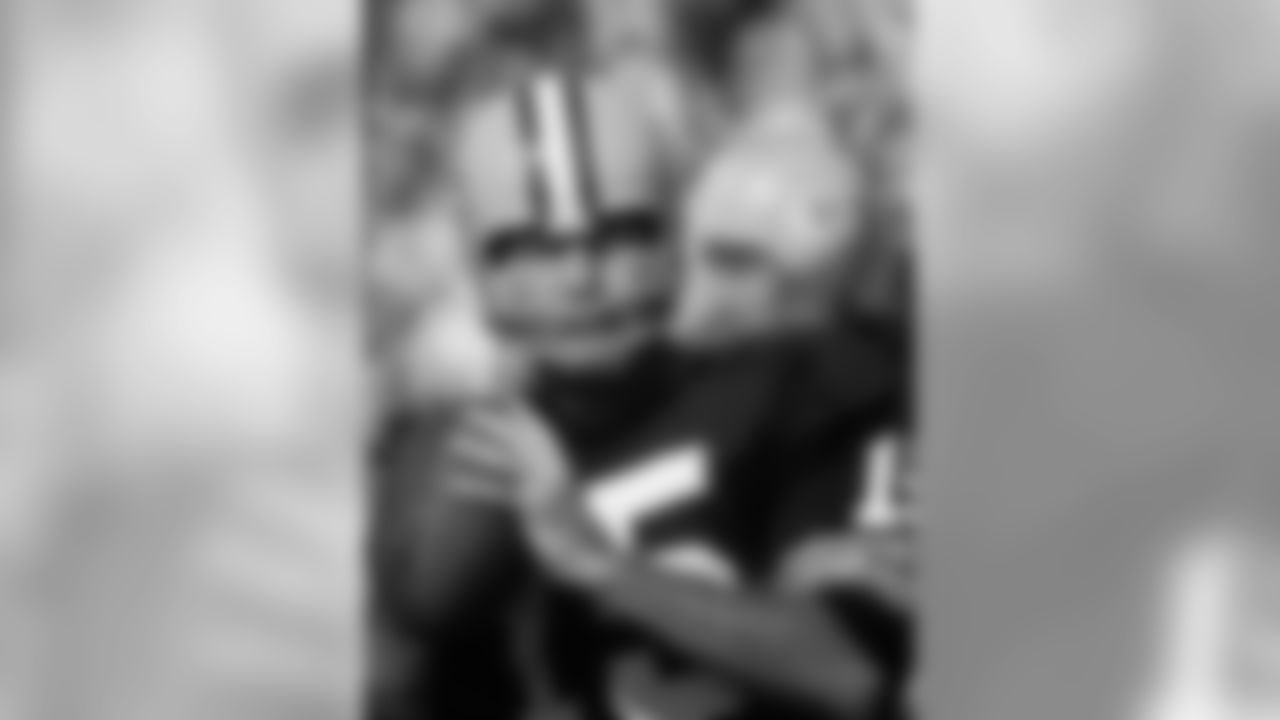
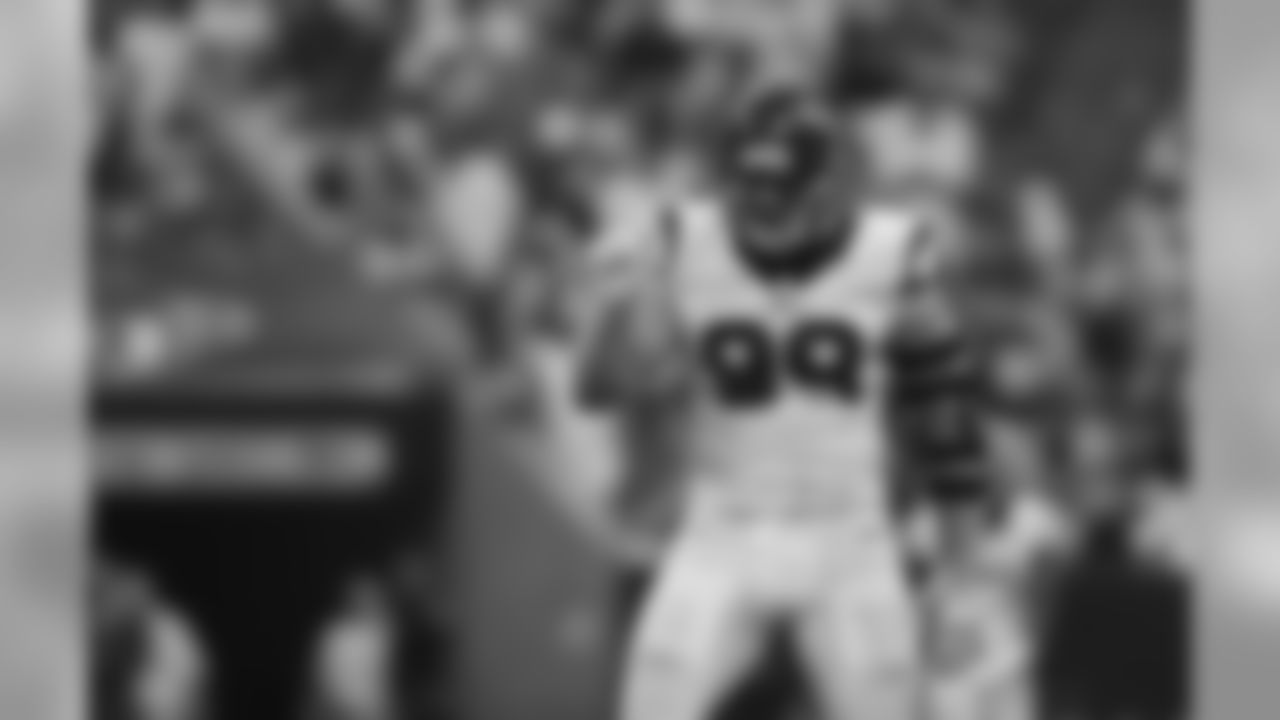
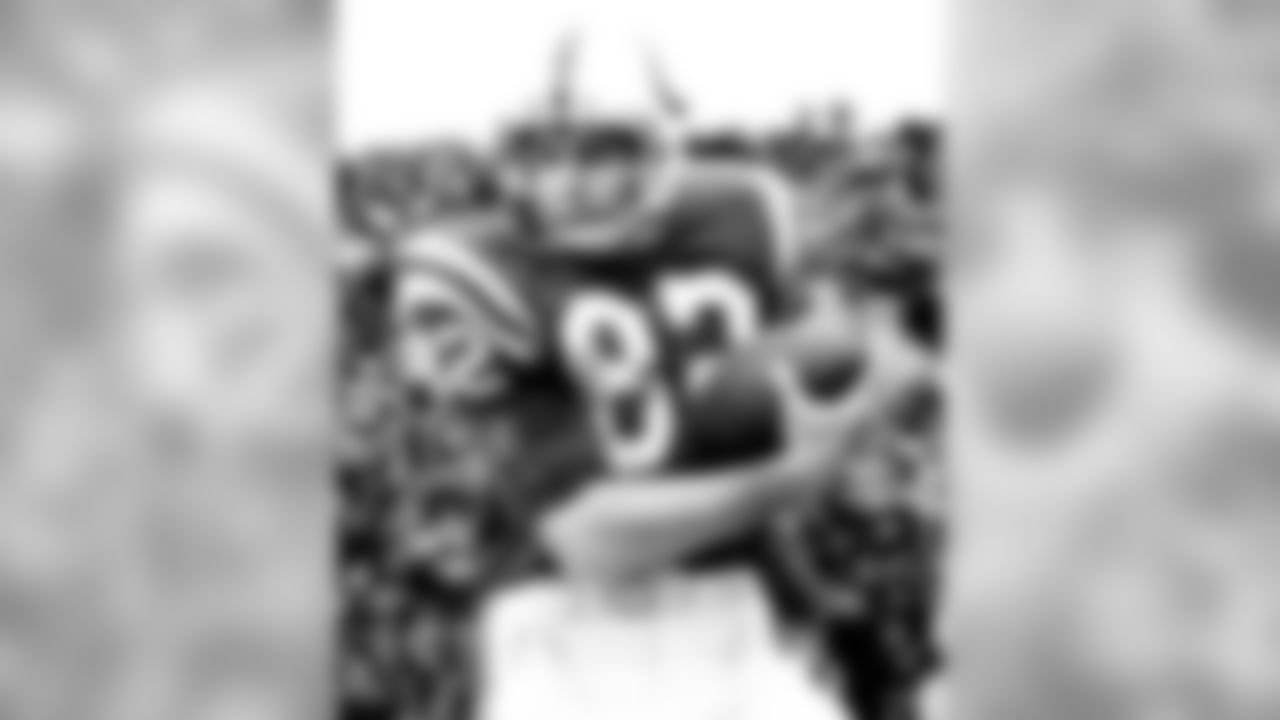
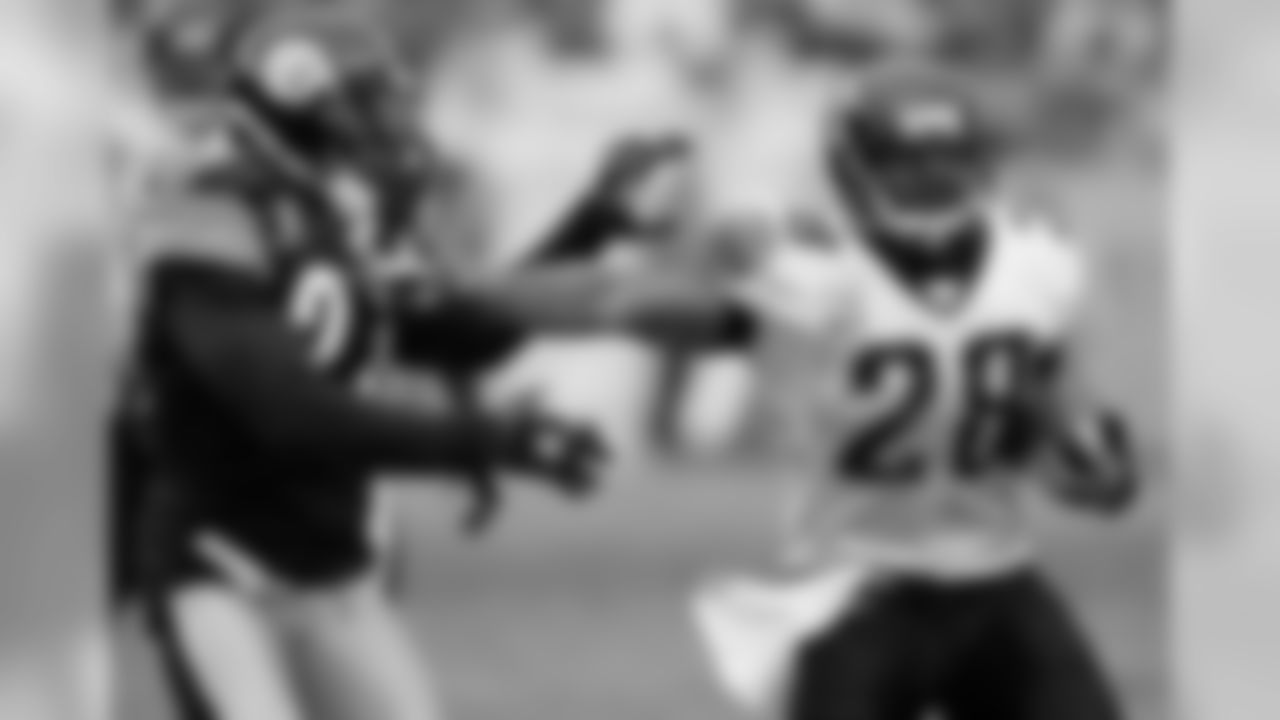

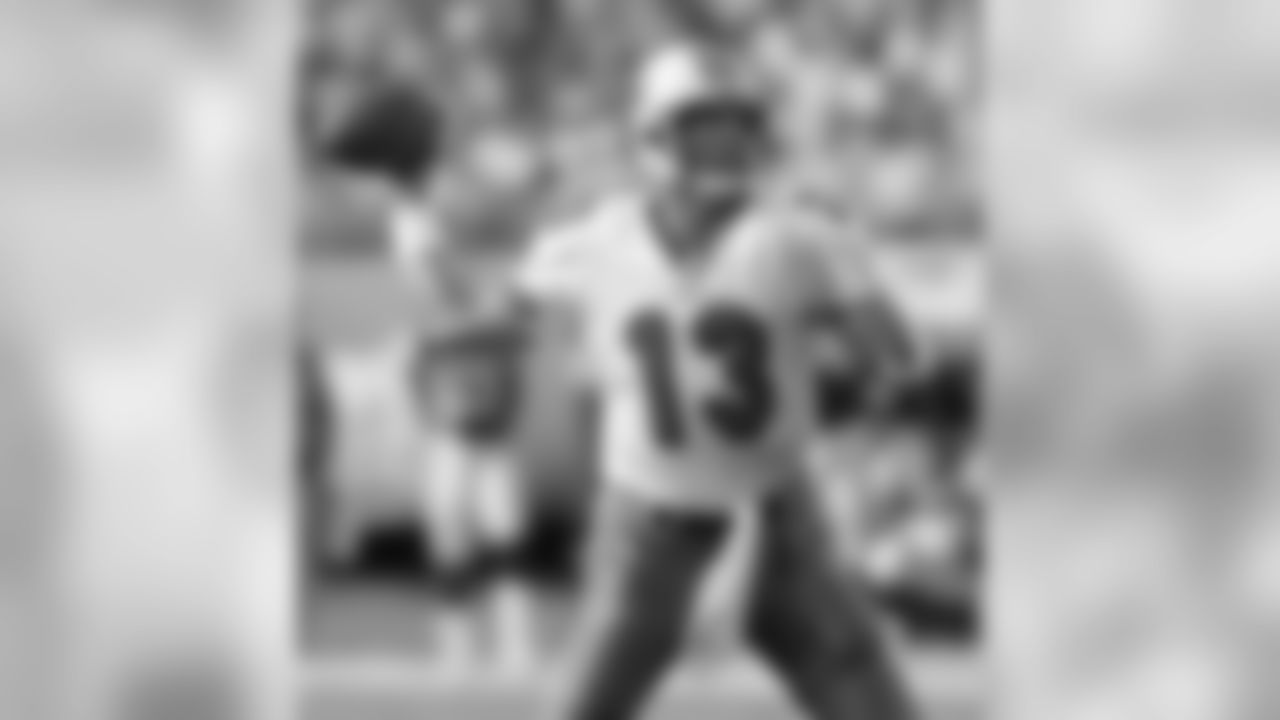
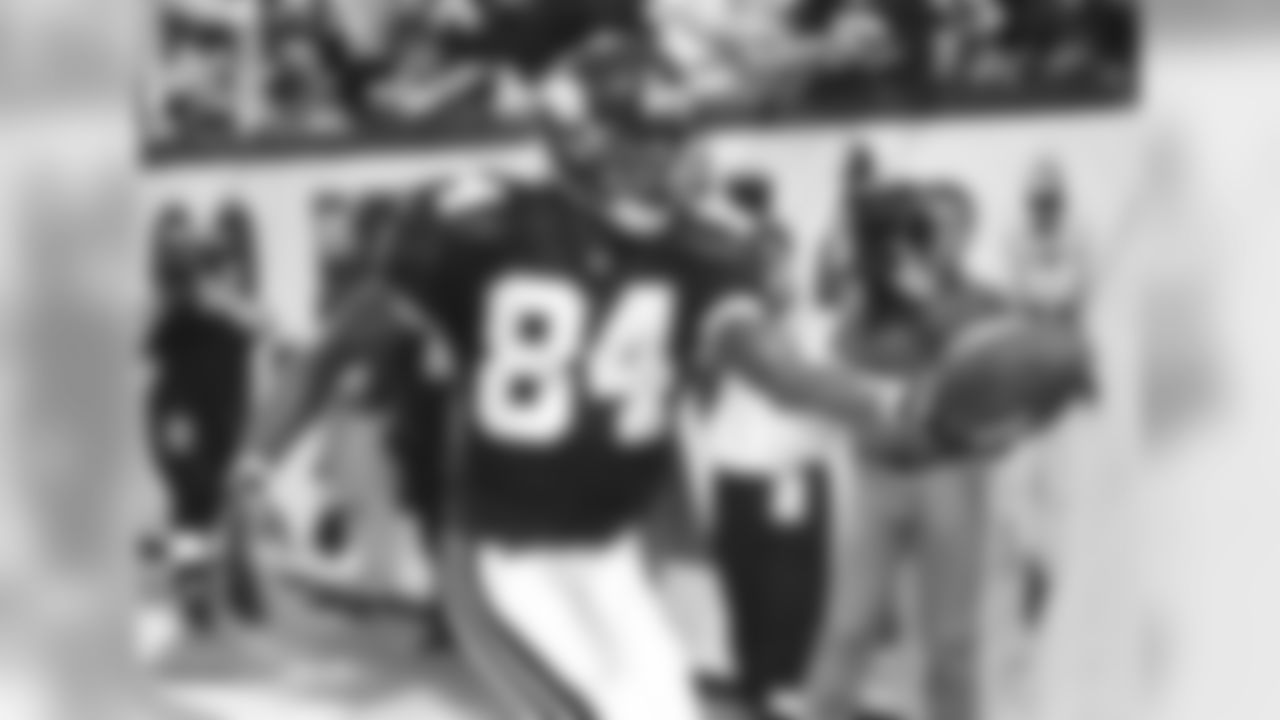
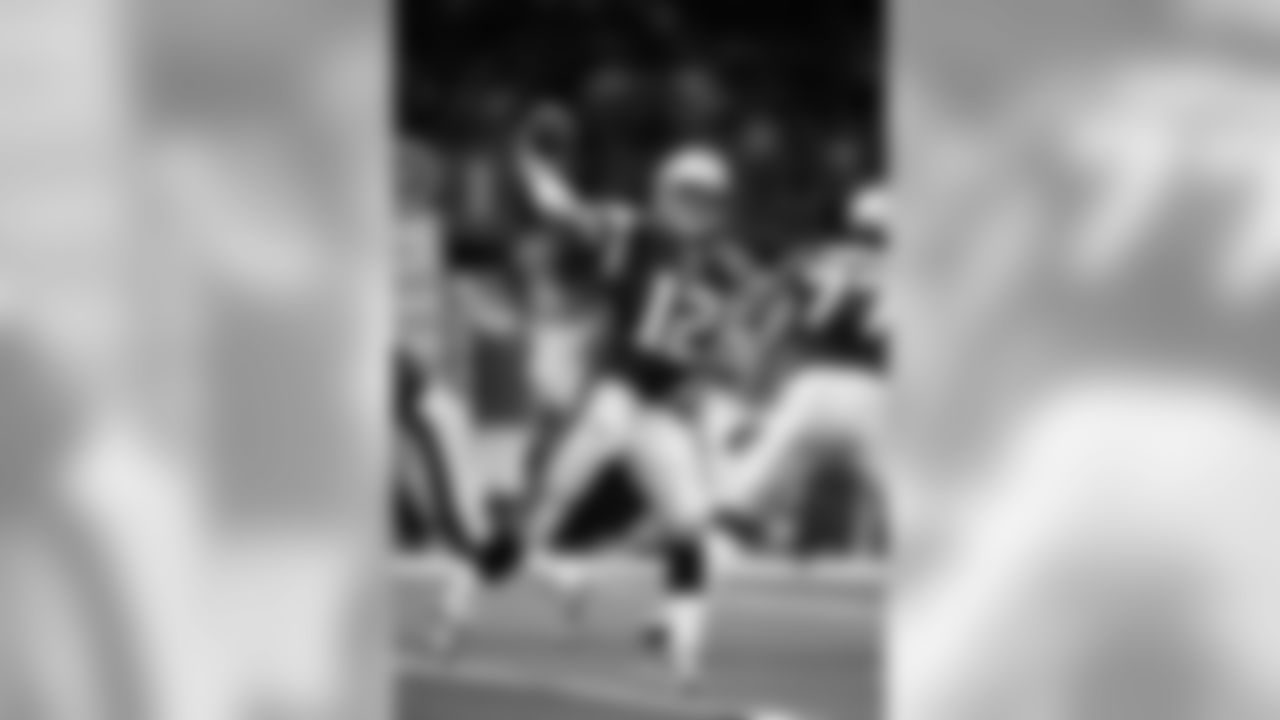
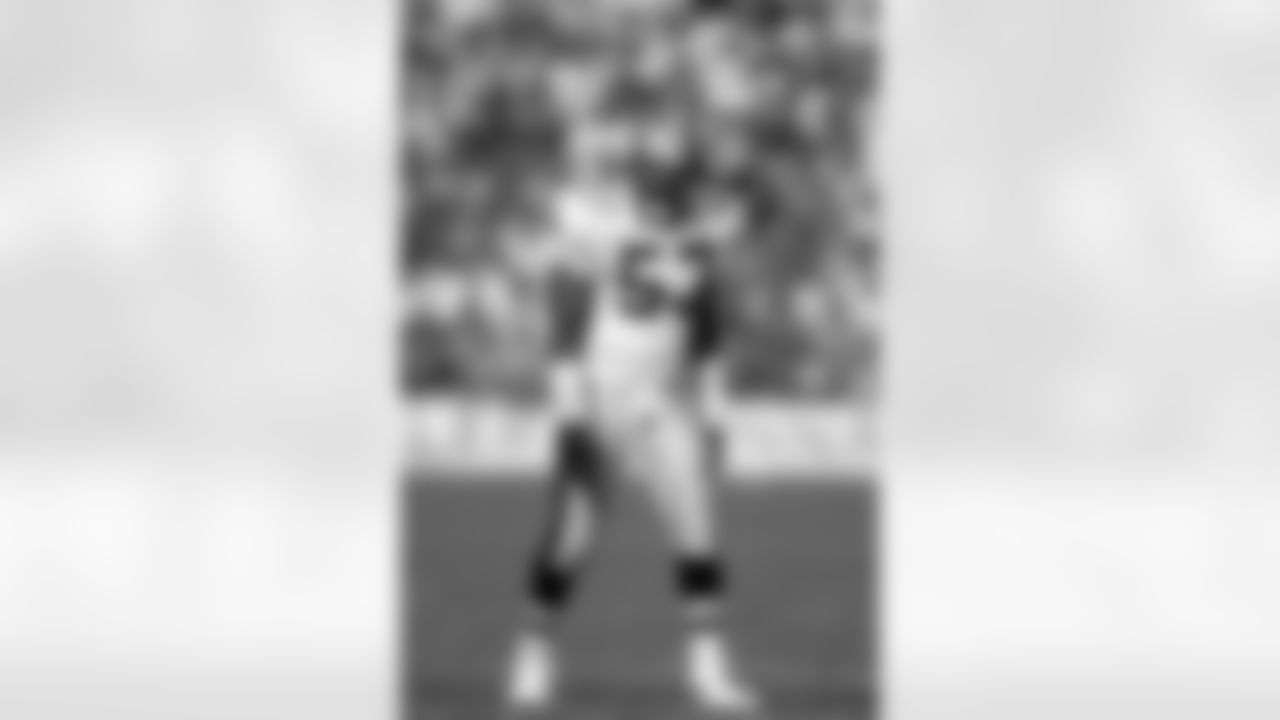
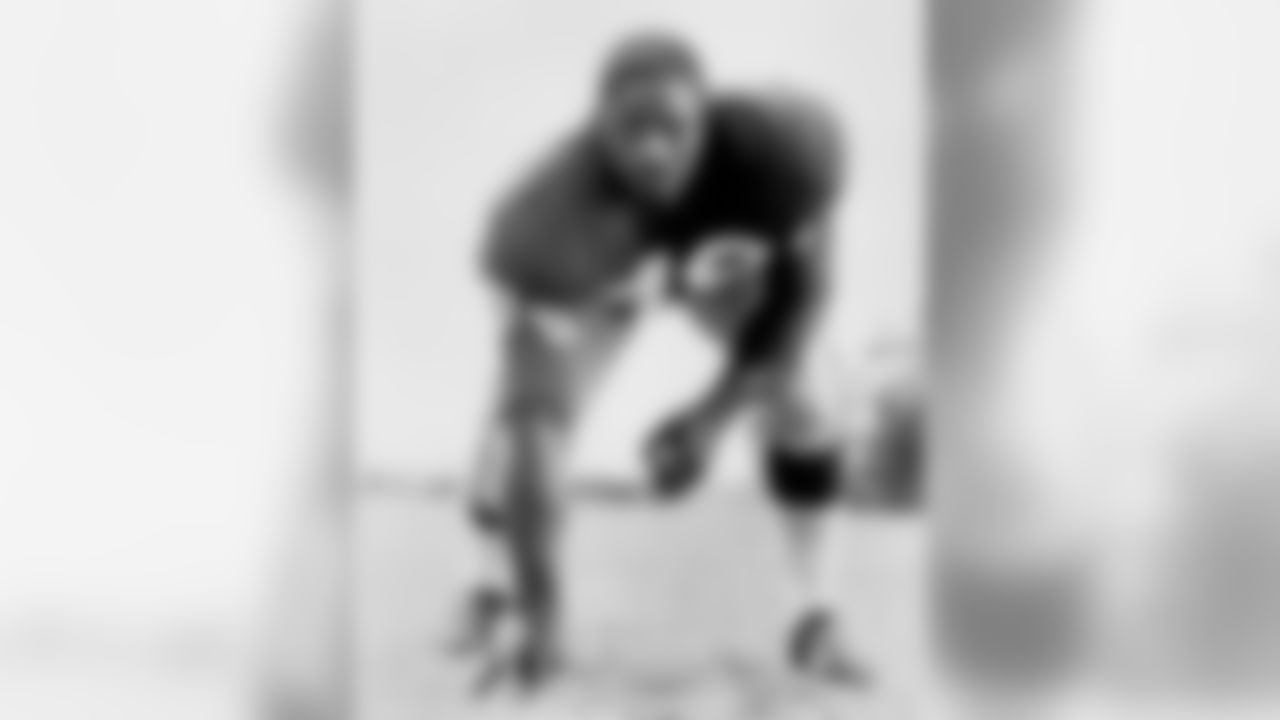
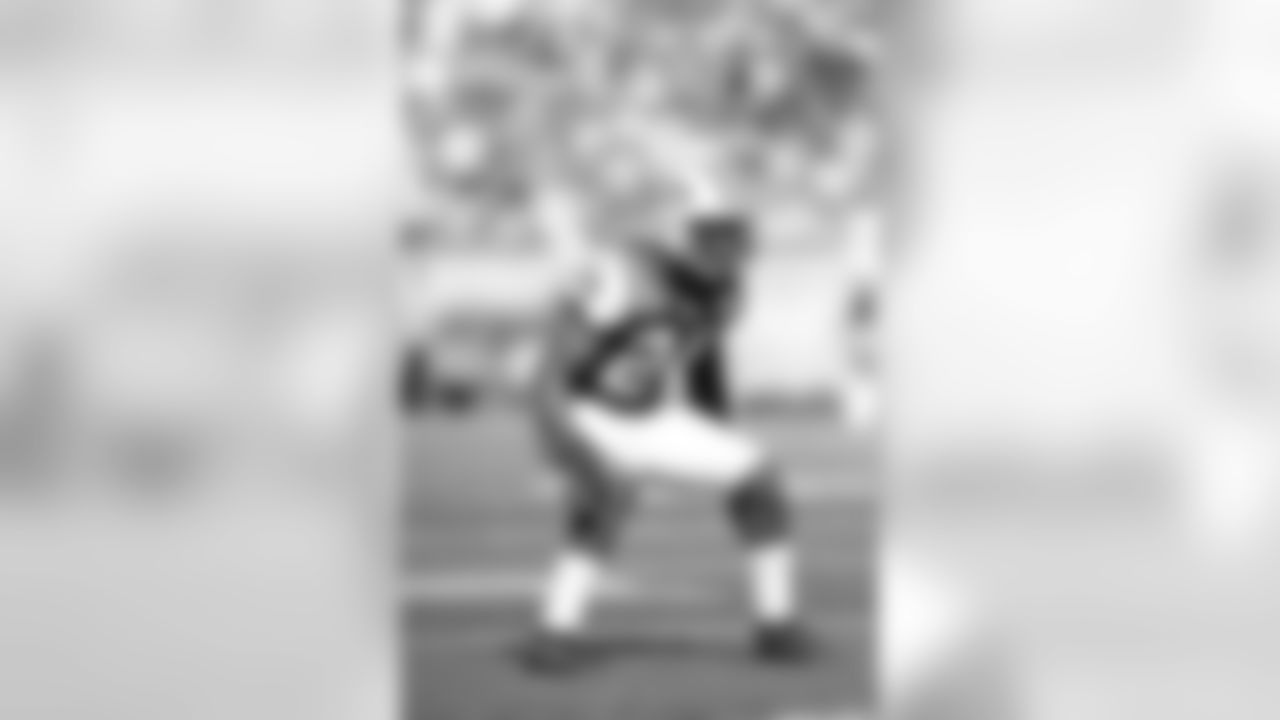
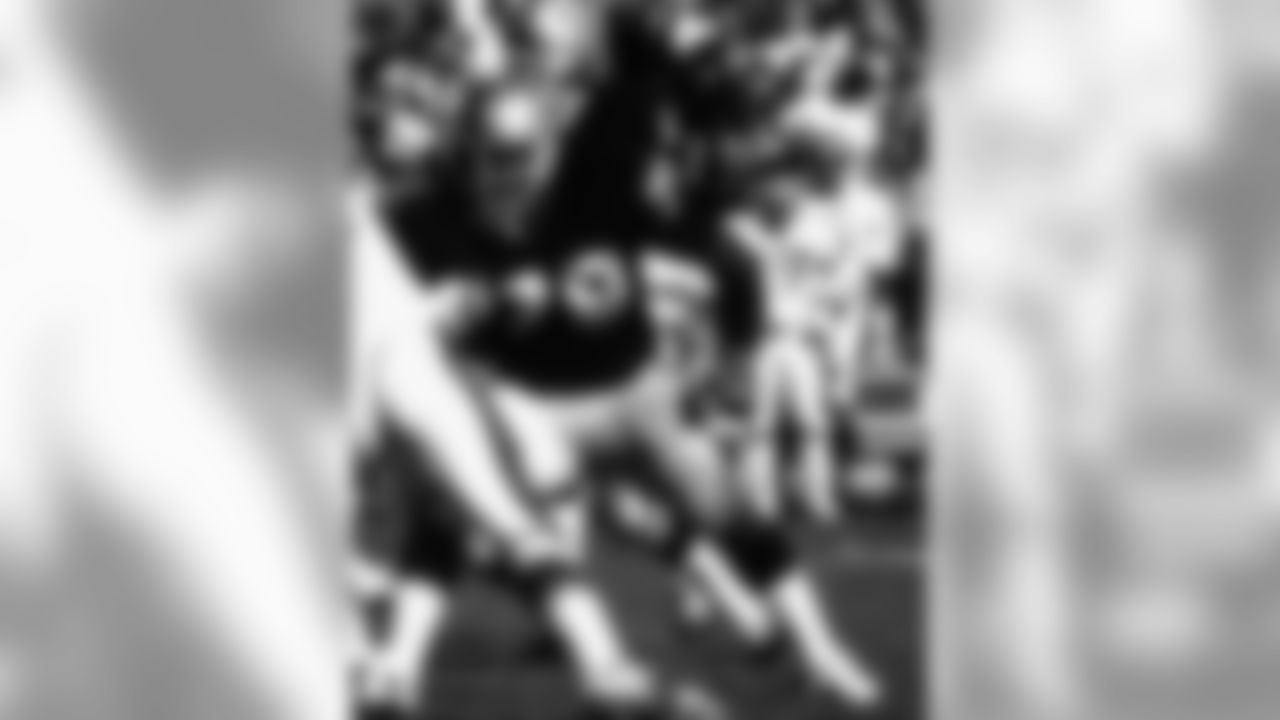
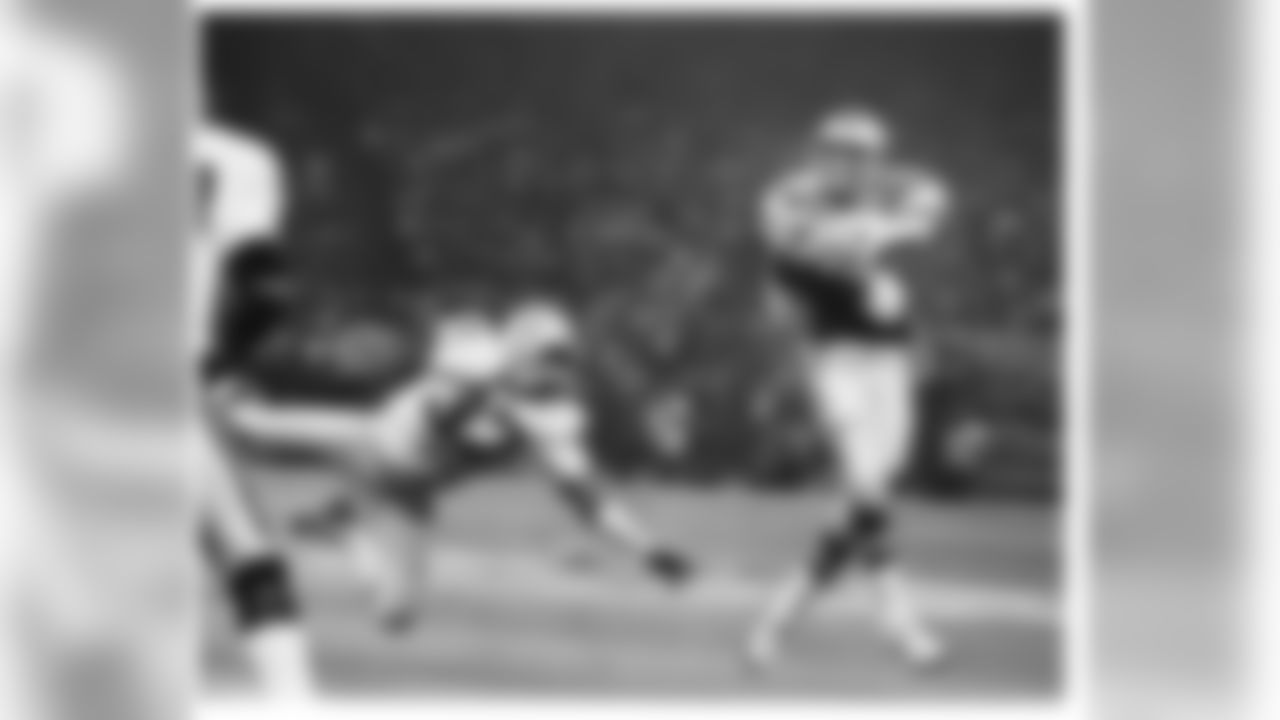
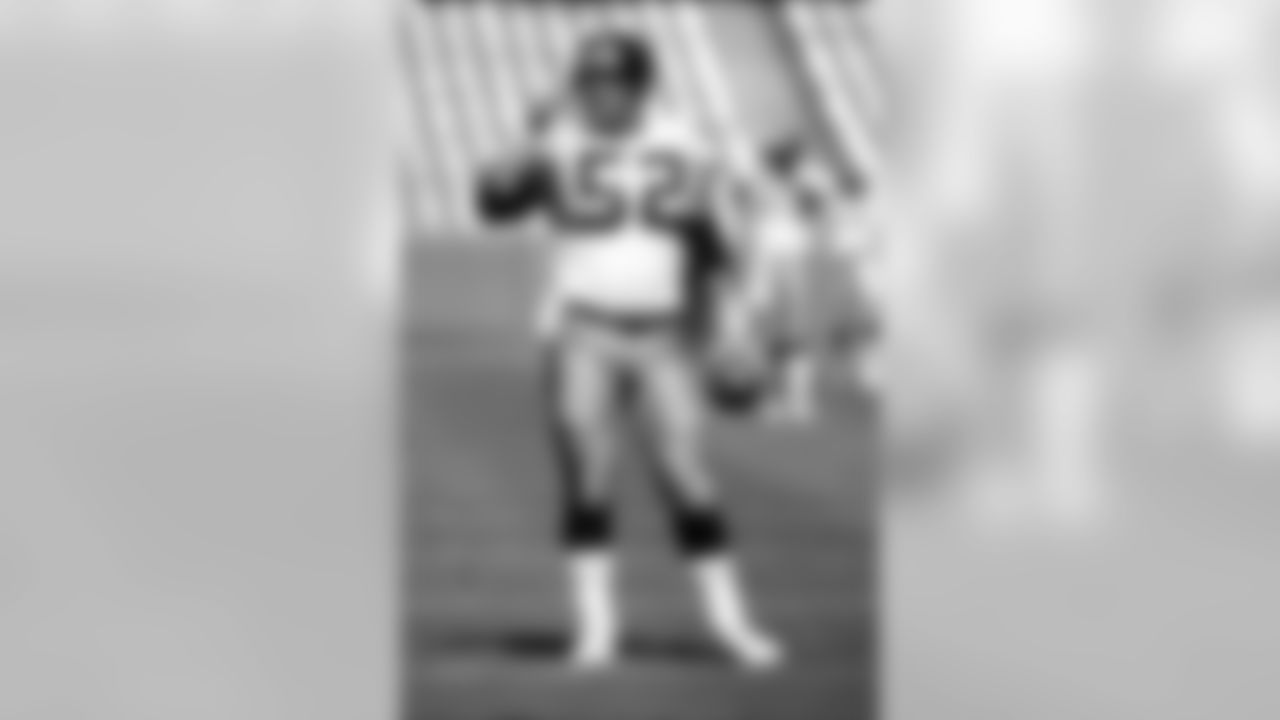
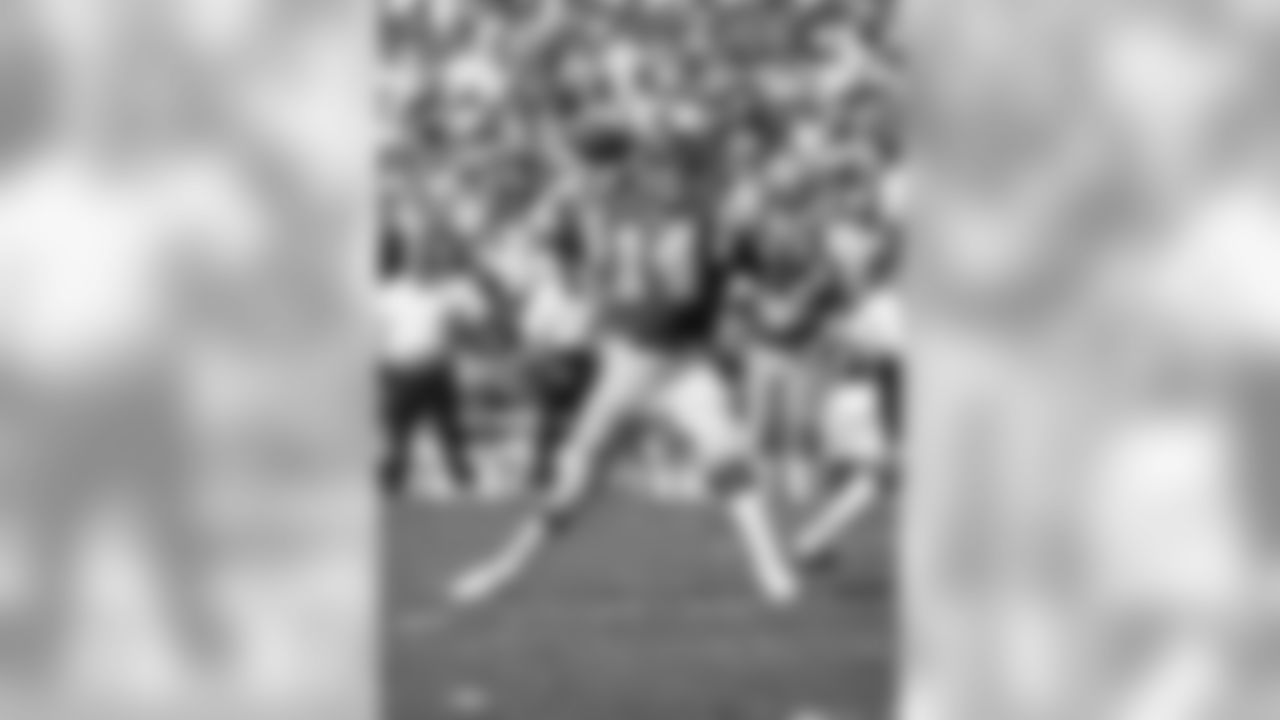
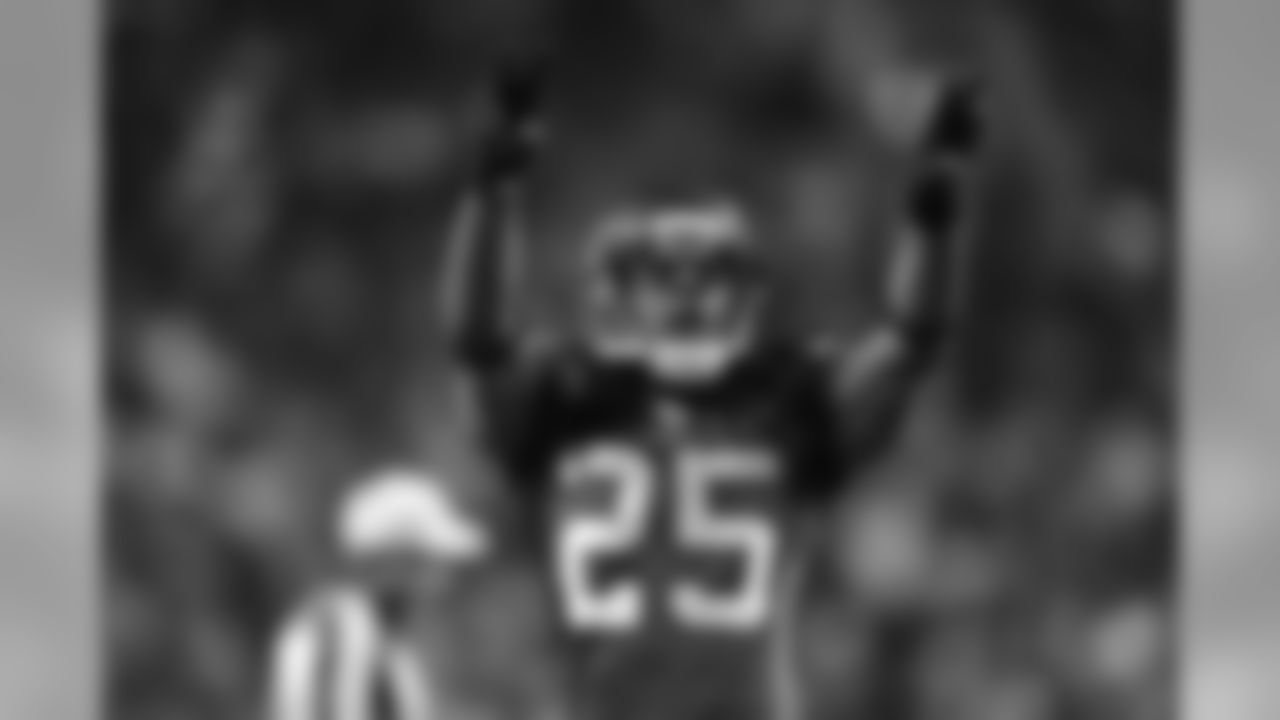
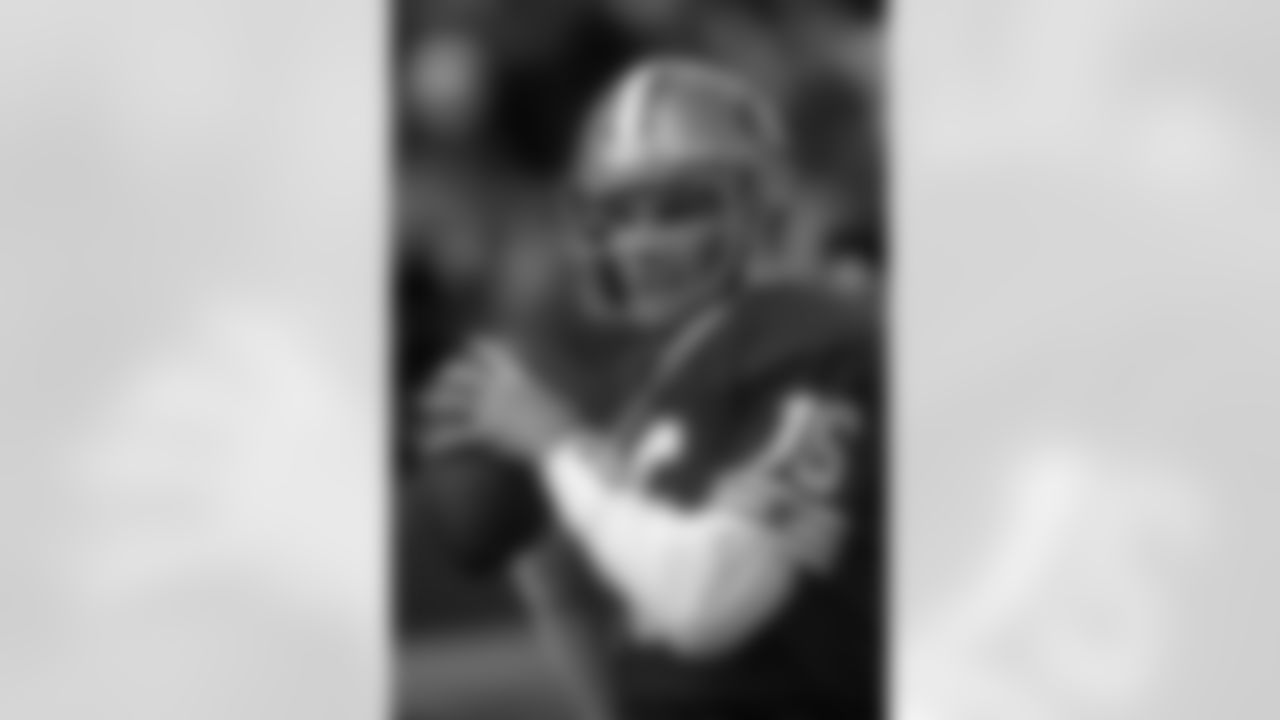
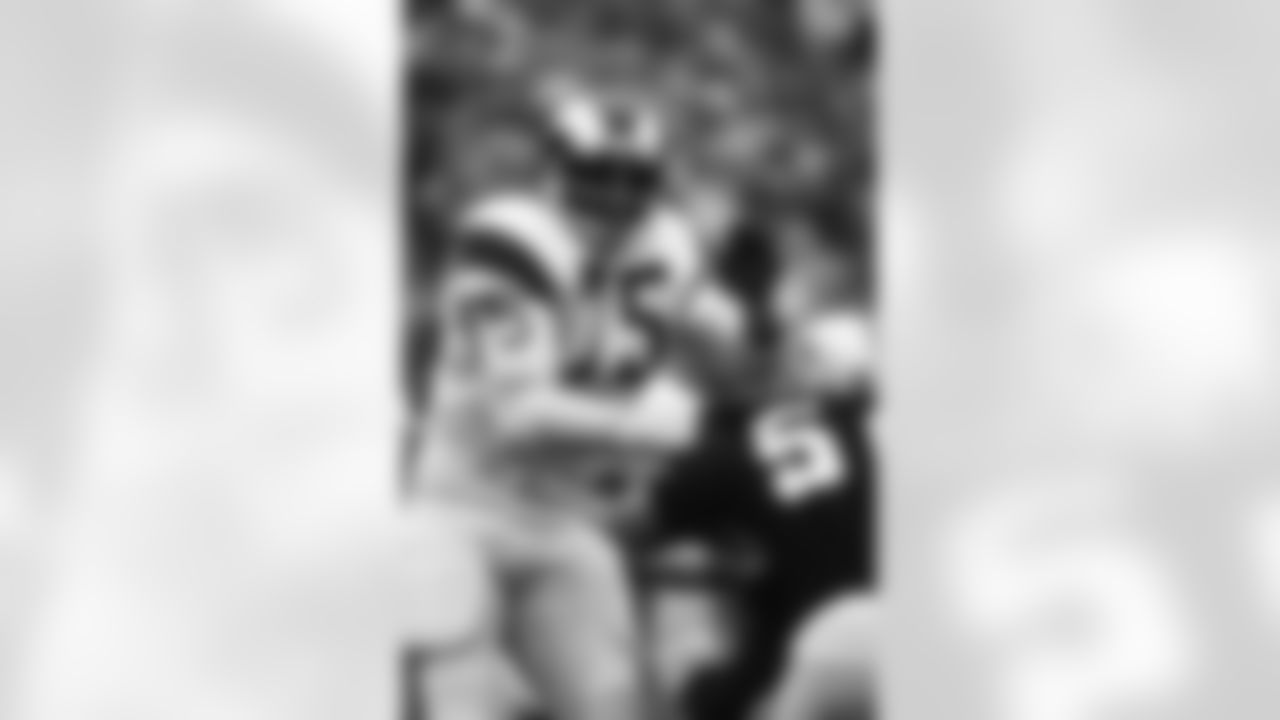
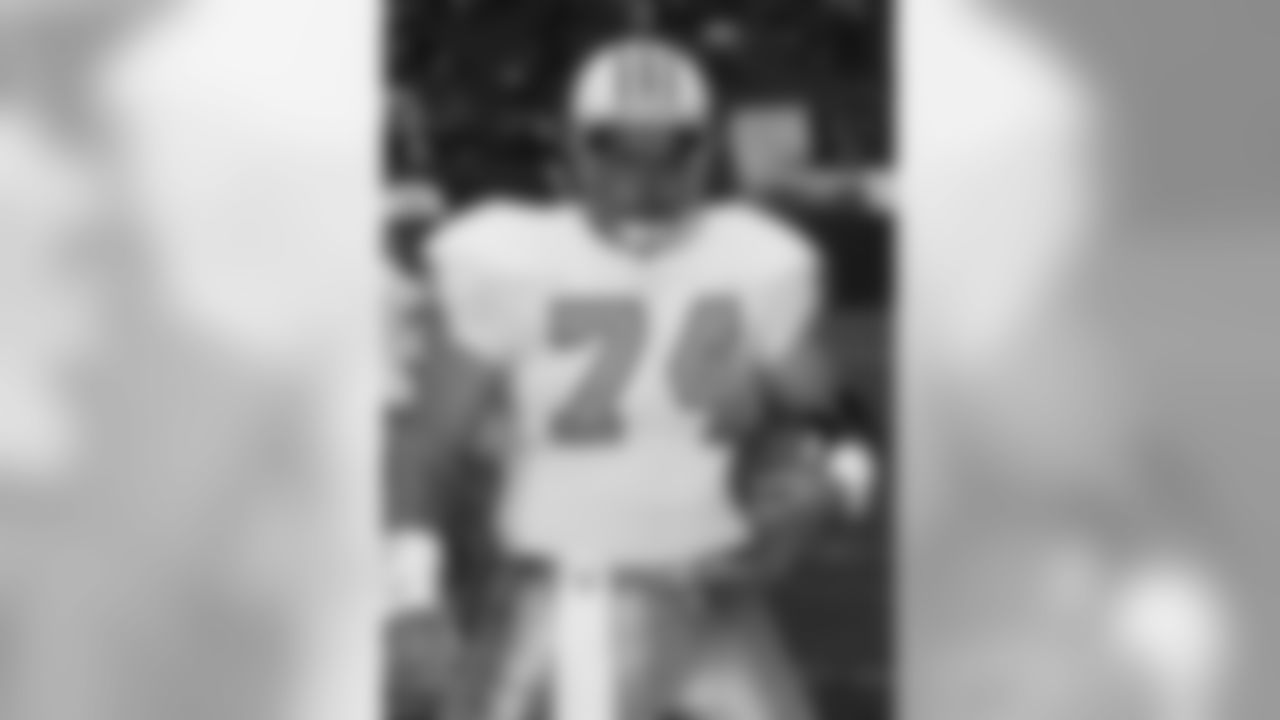
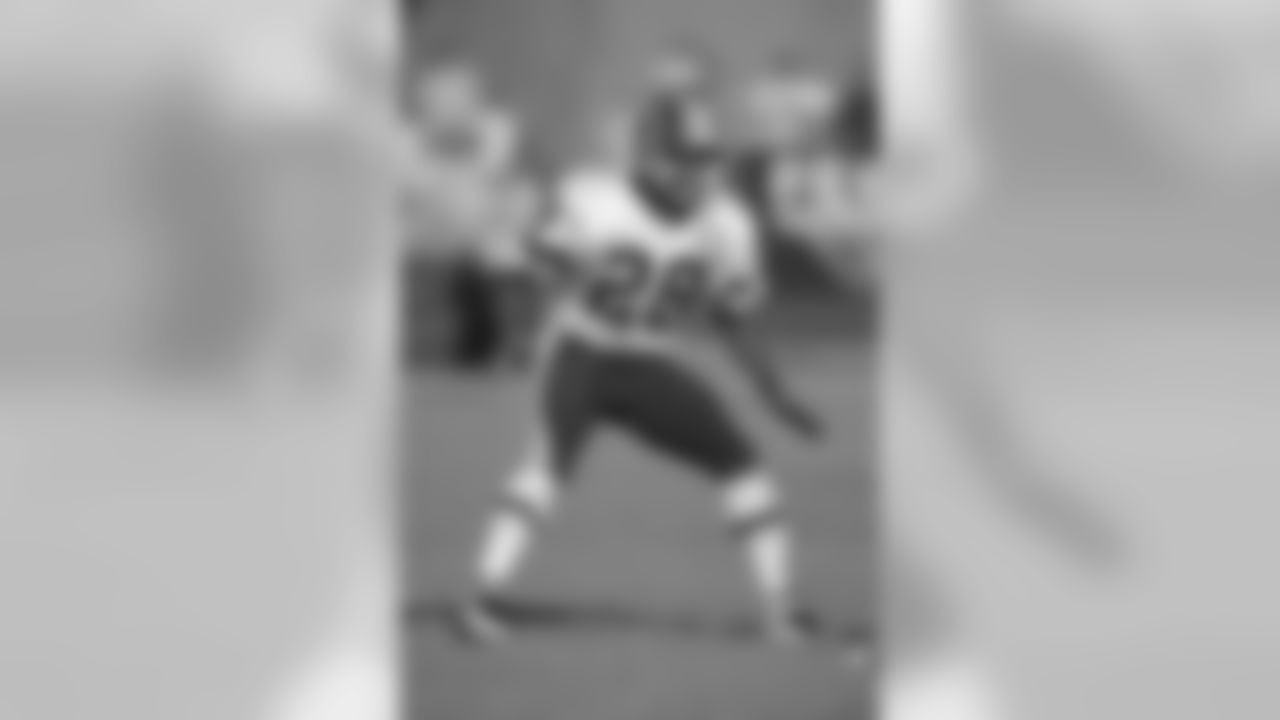
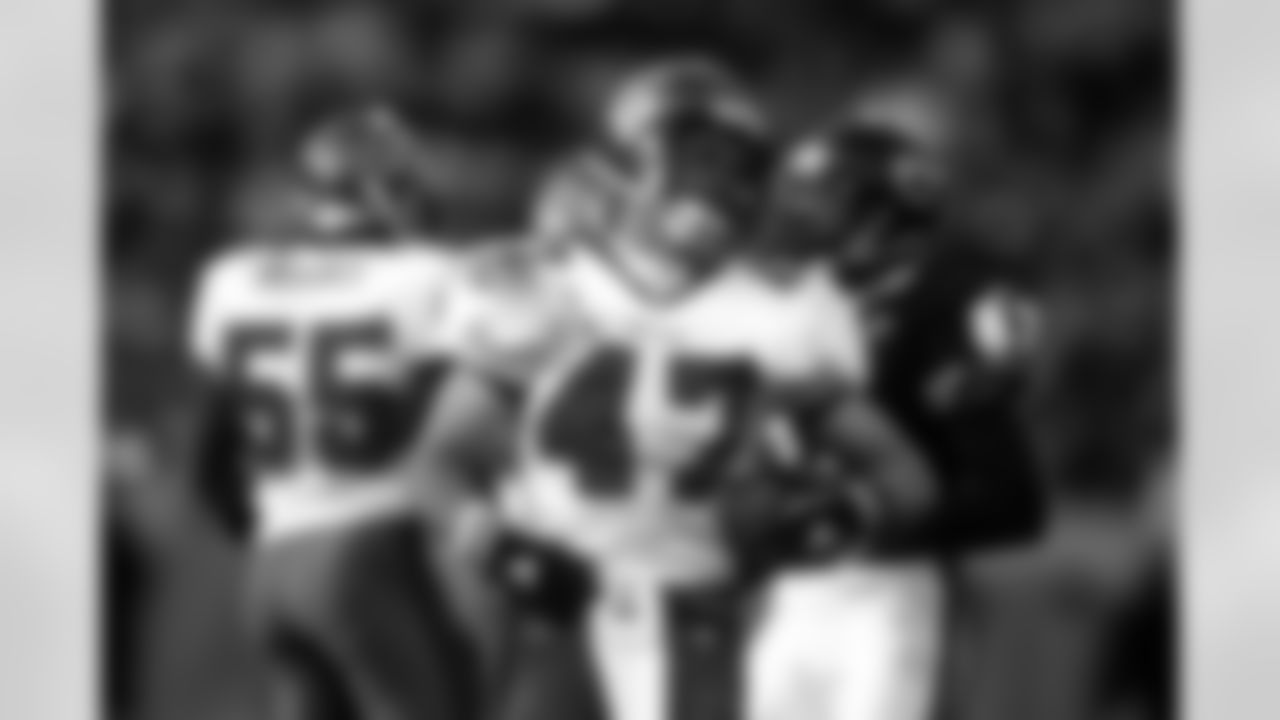
Obviously, the running game should be strong, too, especially going to the left and up the middle behind Gruber, Coleman and three-time Pro Bowl center Tony Mayberry. Chris Washington gives the Bucs a pass-rushing boost from the strongside linebacker spot to pair with weakside star Derrick Brooks, who can patrol so much open field. Jeff Davis was solid for years in the middle (admittedly in a 3-4 front, but we think he can make the transition), and not surprisingly given the team's history it wasn't too hard to fill out the linebacking corps?
Weaknesses? Well, the passing game may not be very dynamic. We have the team's all-time leading receiver in Carrier, but Gerald Carter and Ron Hall aren't close to the best options in franchise history at the #2 WR and tight end spots. Obviously, we would have also preferred a more prolific quarterback, but we think Erickson can get the job done along with a good running game and a strong pass-rush on the other side of the ball. We would have liked to get Hugh Green or Winston Moss or Scot Brantley onto that linebacking squad along with Derrick Brooks, but we think that Davis and Washington get the job done. And we'd imagine Curtis Jordan will see a lot of passes his way with Ronde Barber on the other side. Donnie Abraham would have been a great complement for Barber but, once again, we couldn't lose any of our other third-round picks to bring him aboard.
























